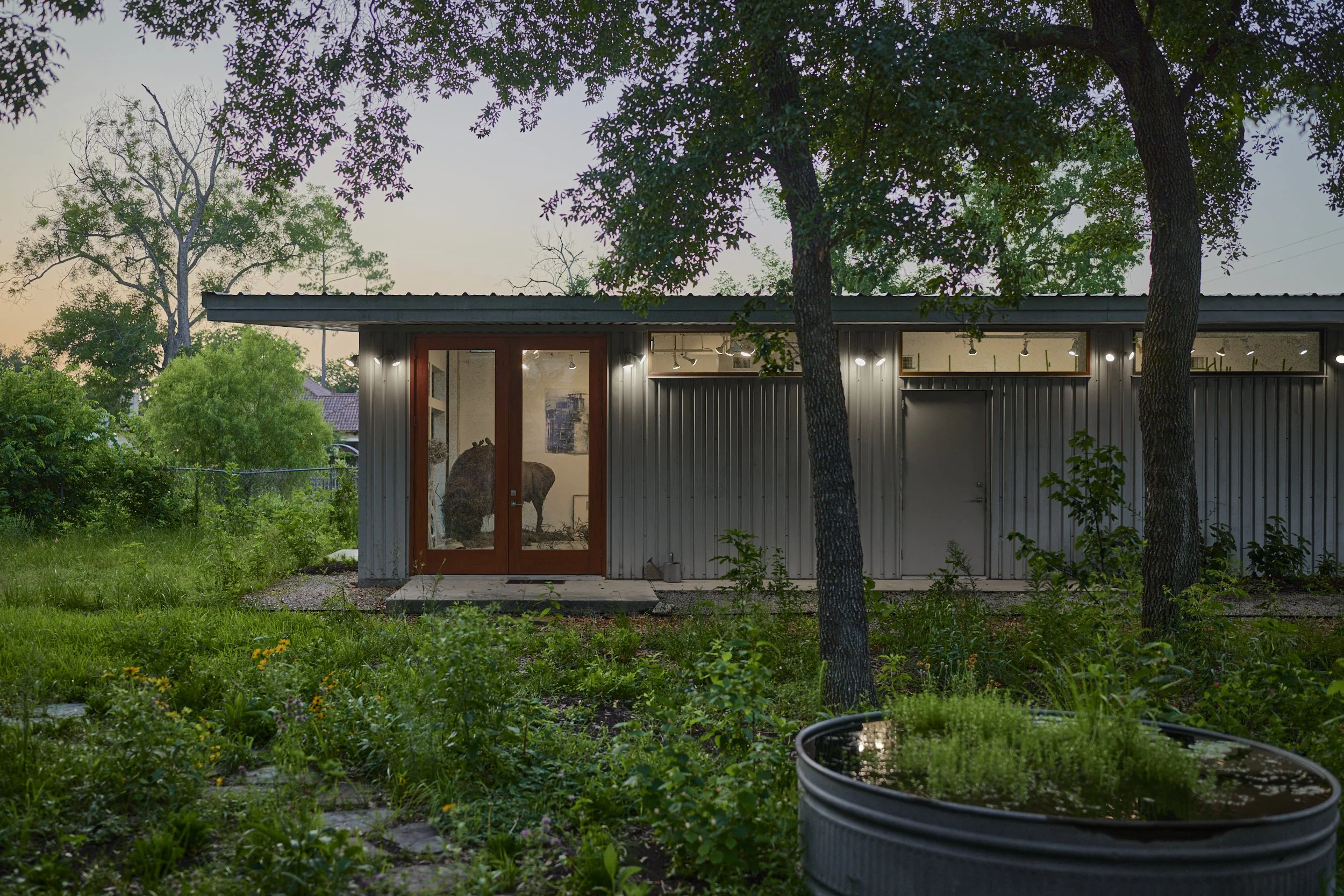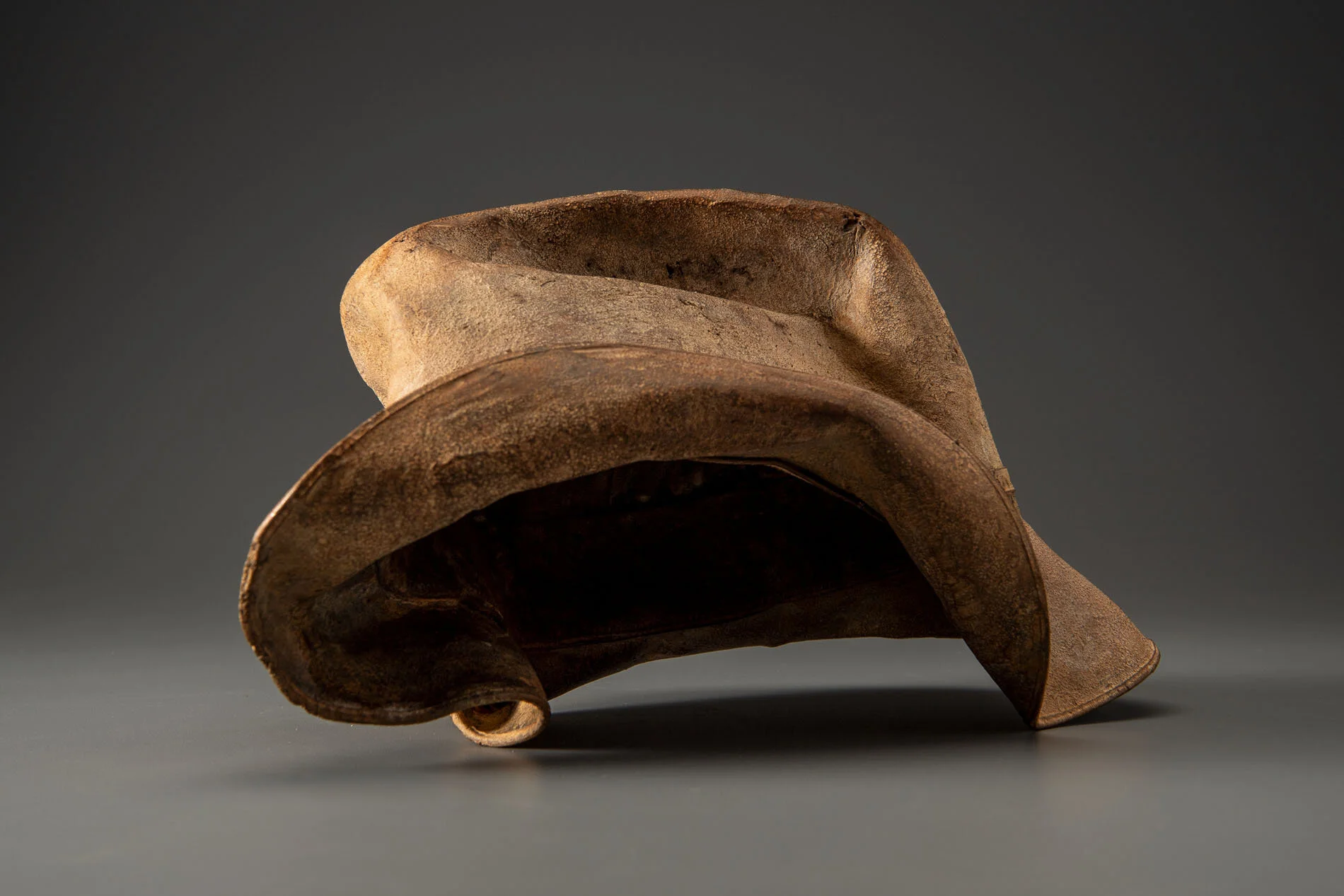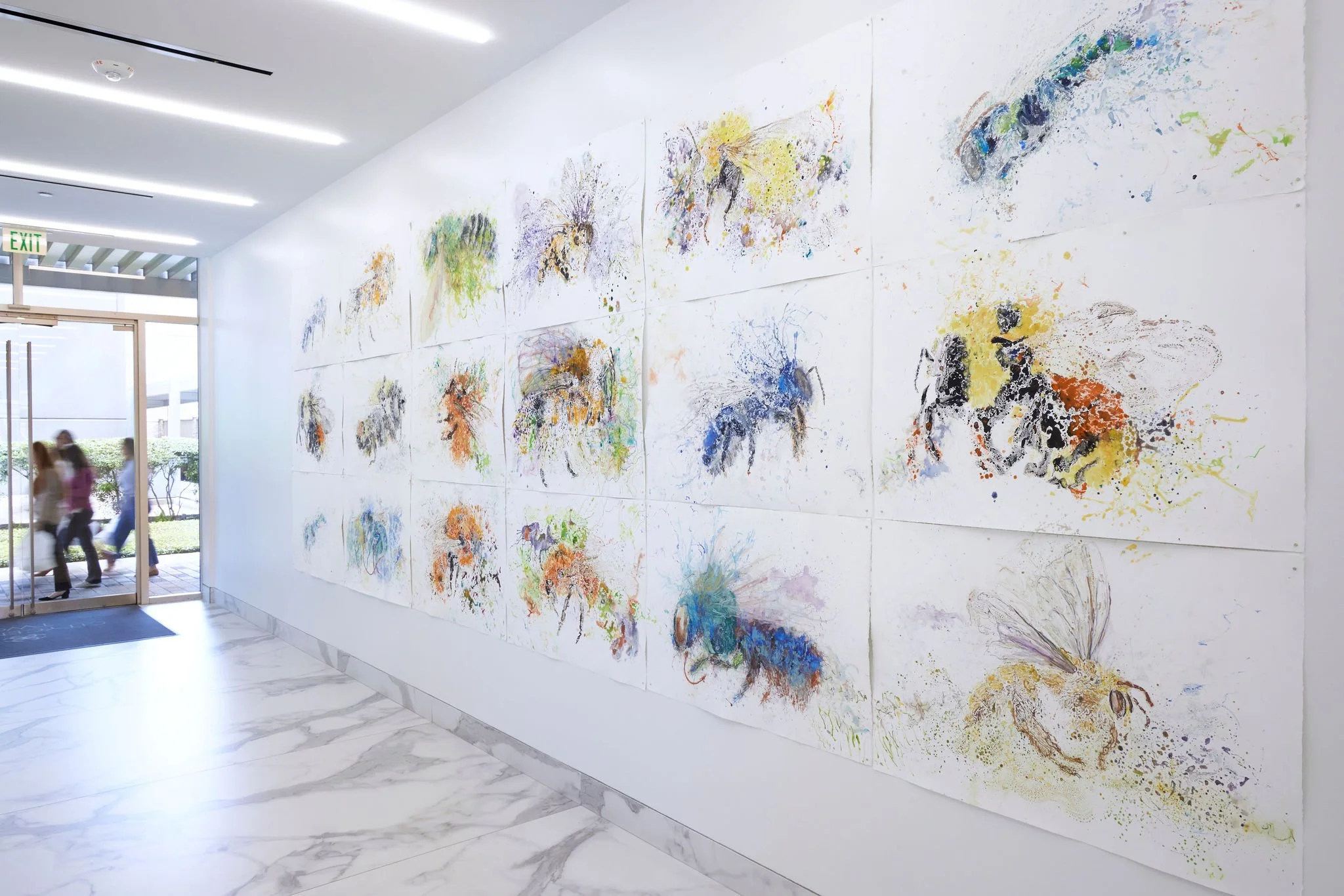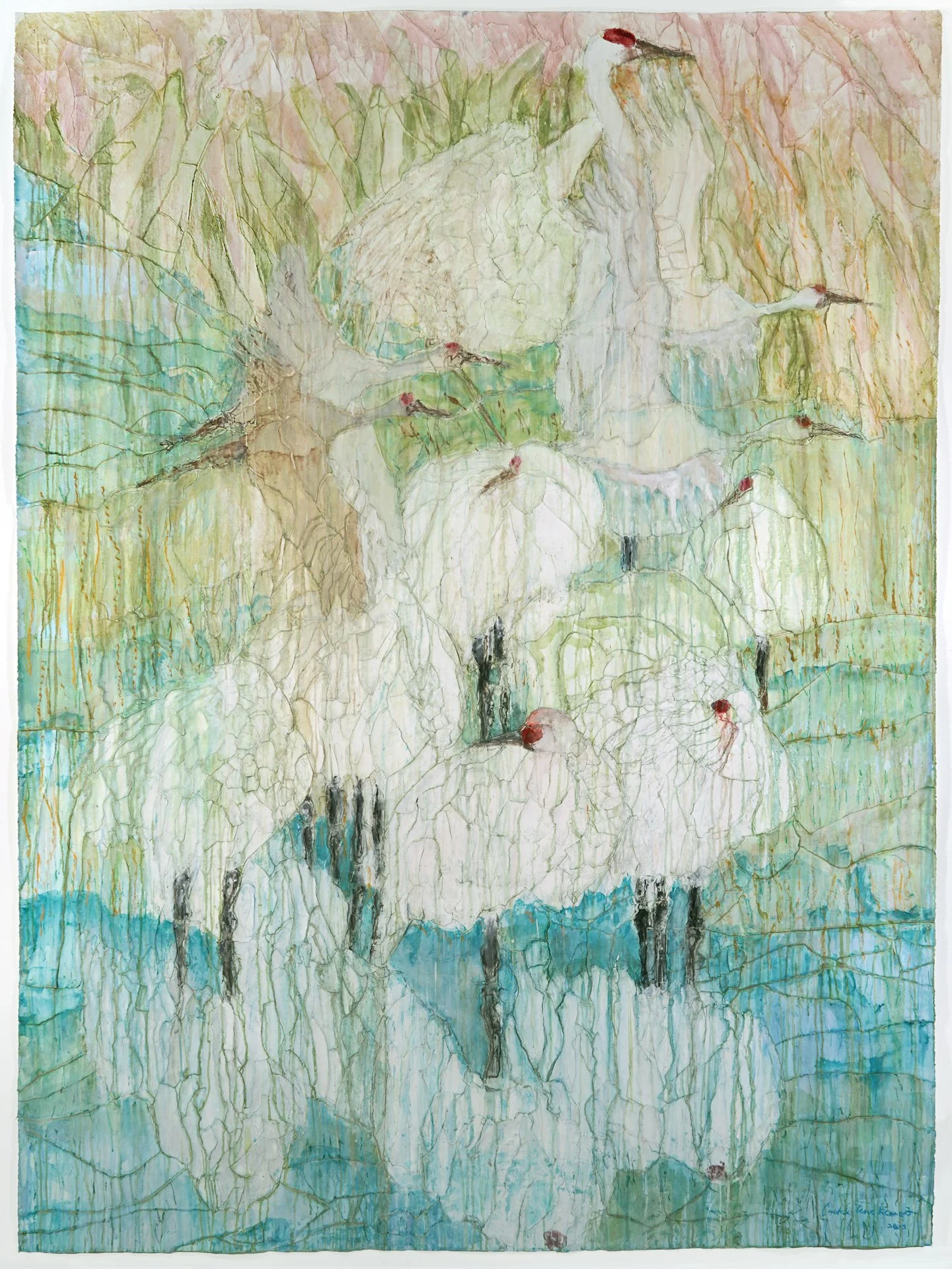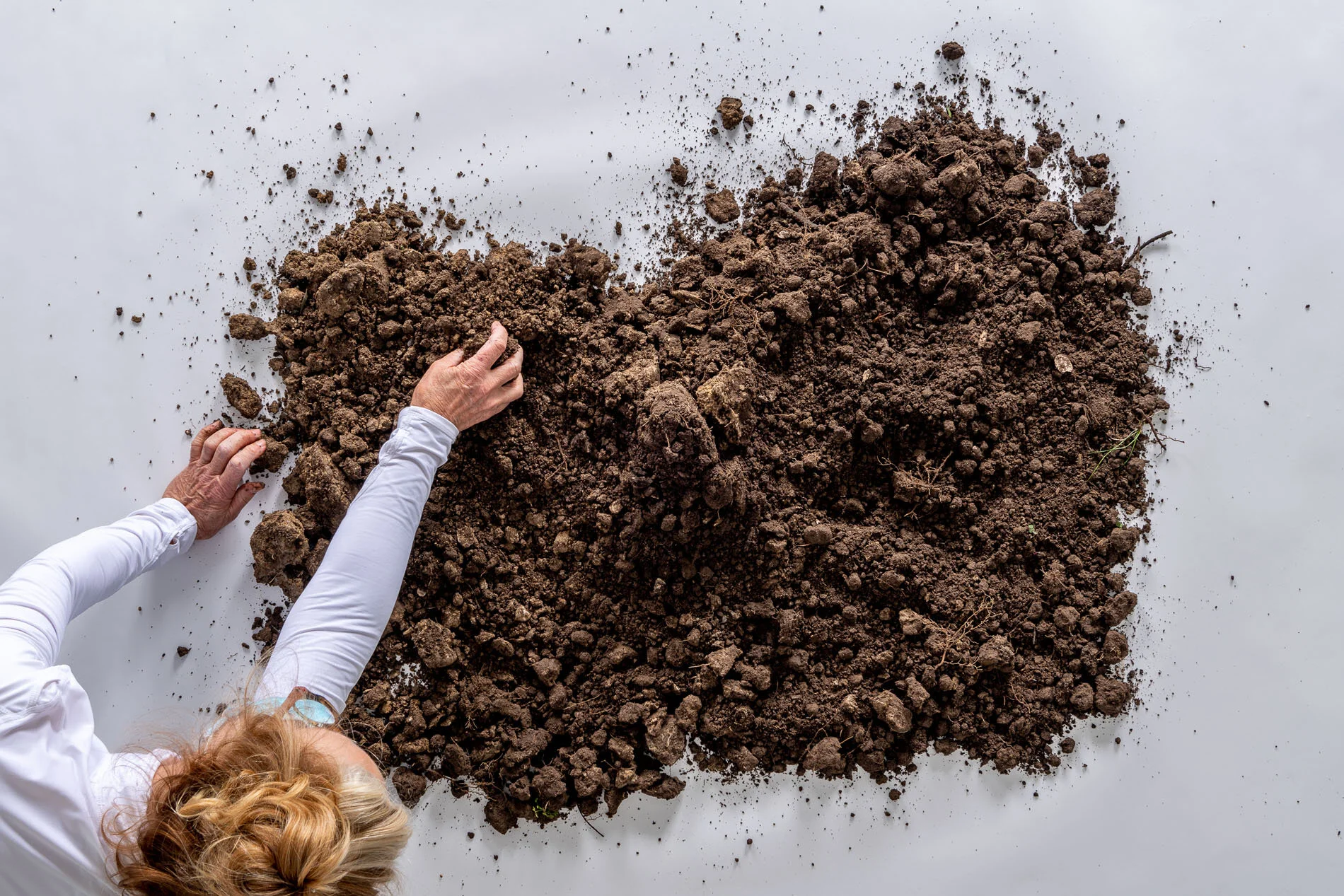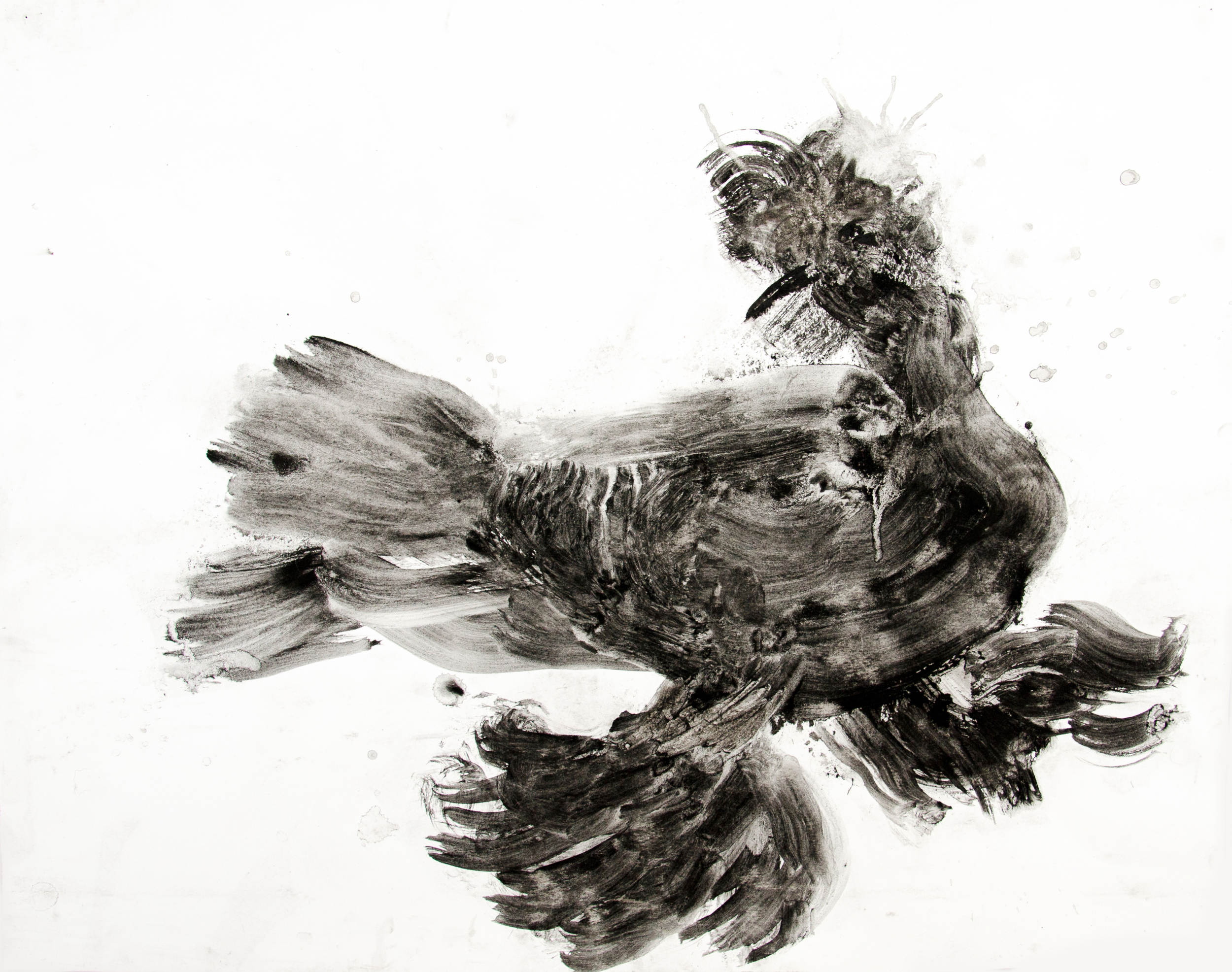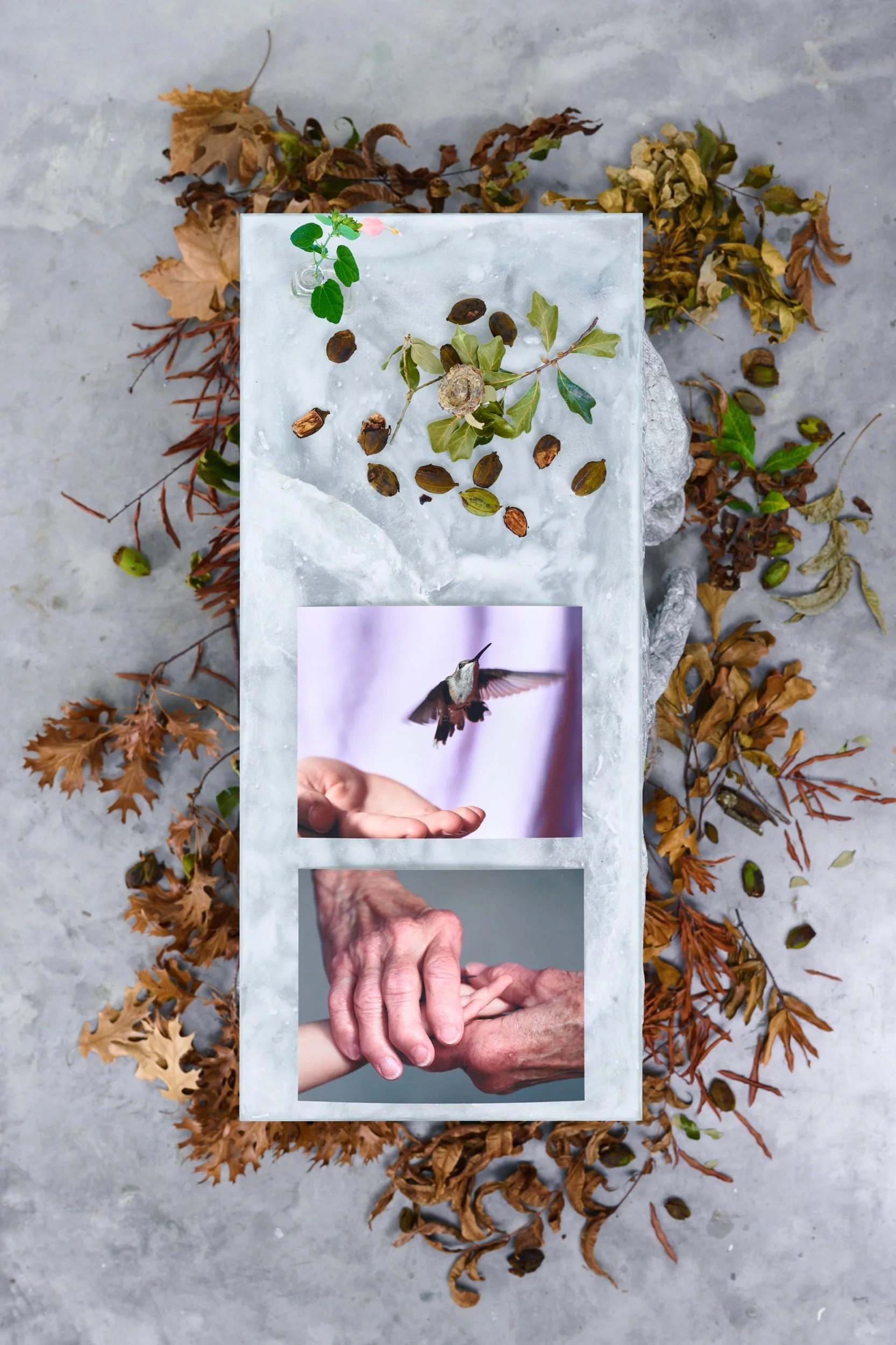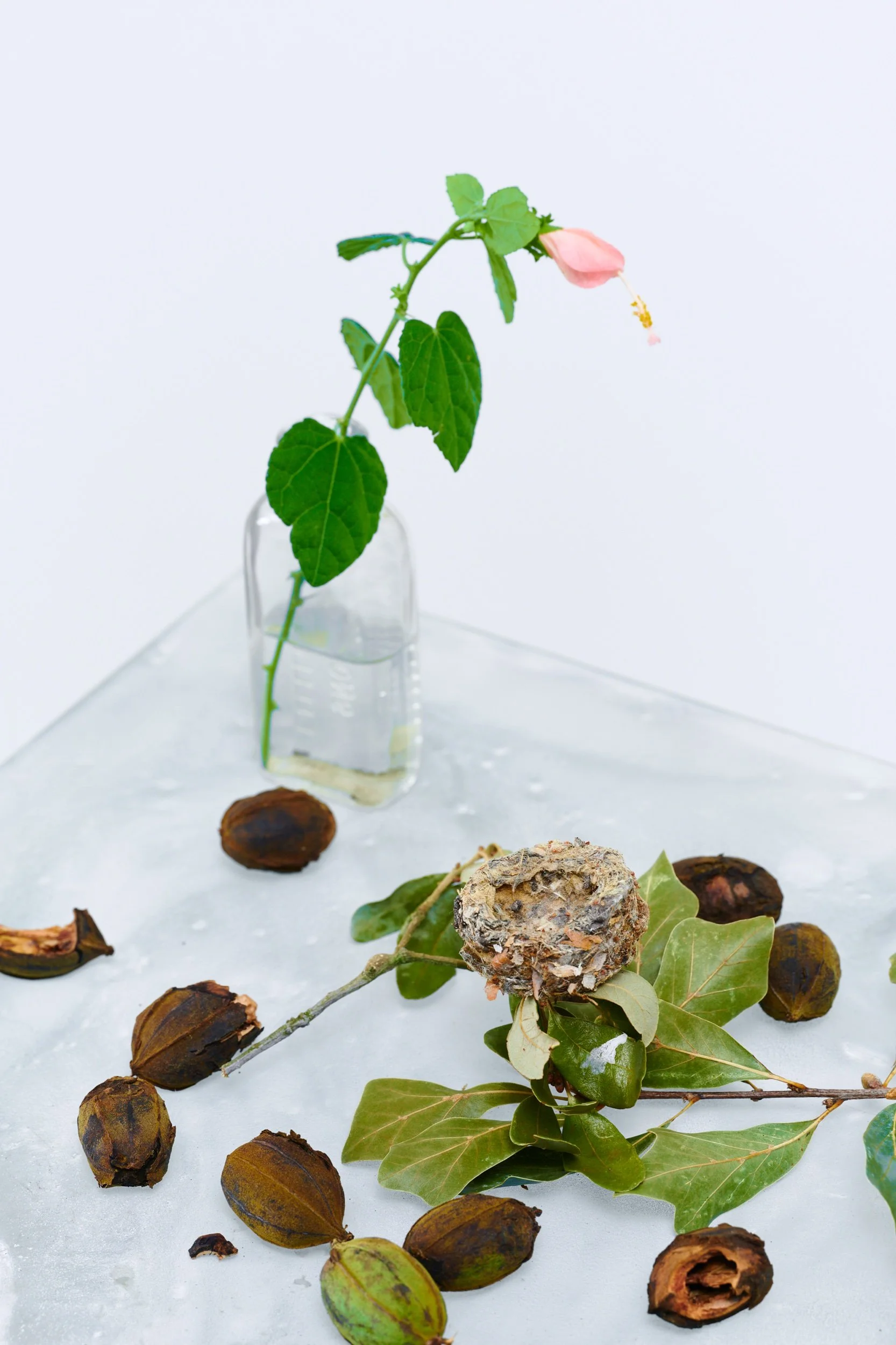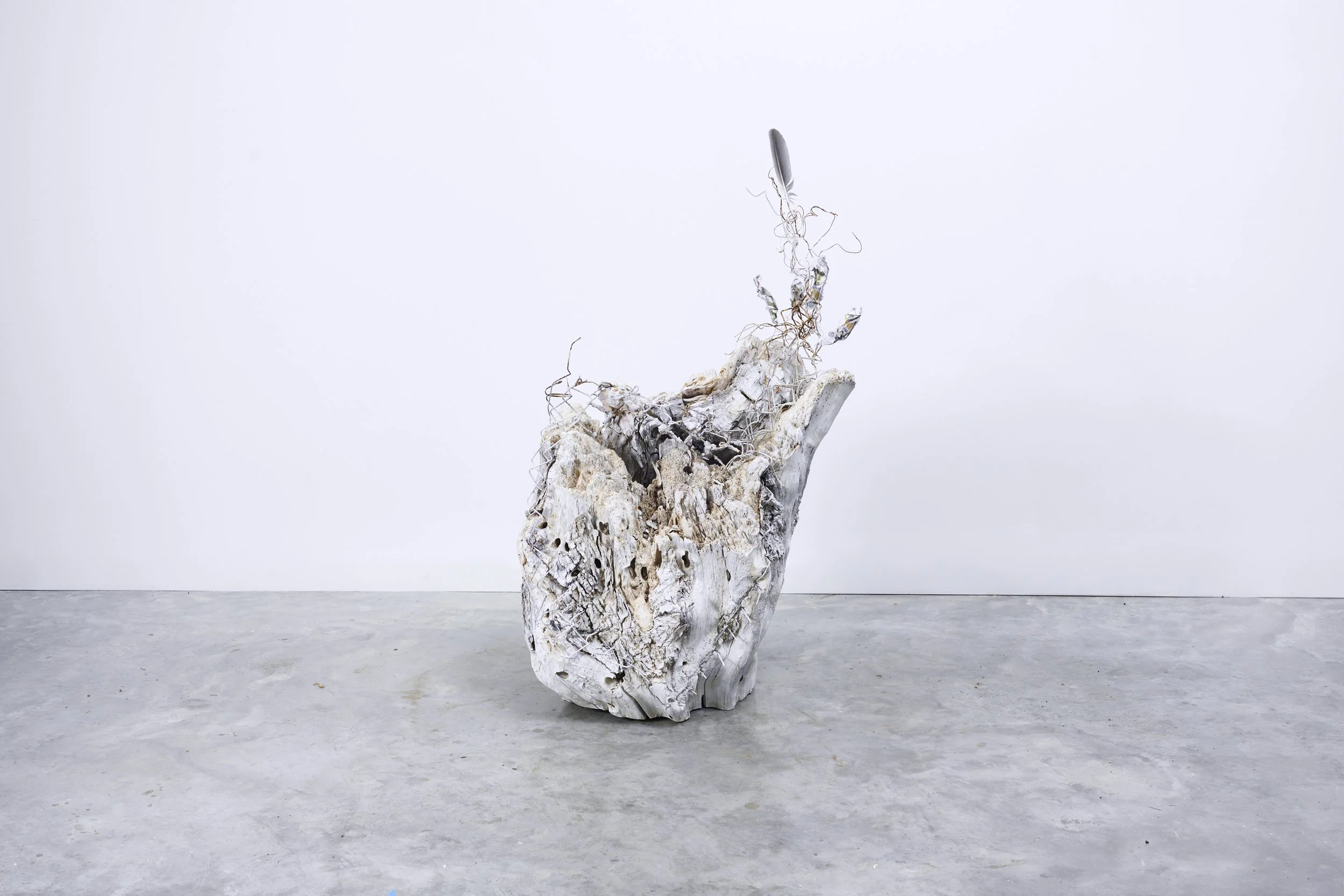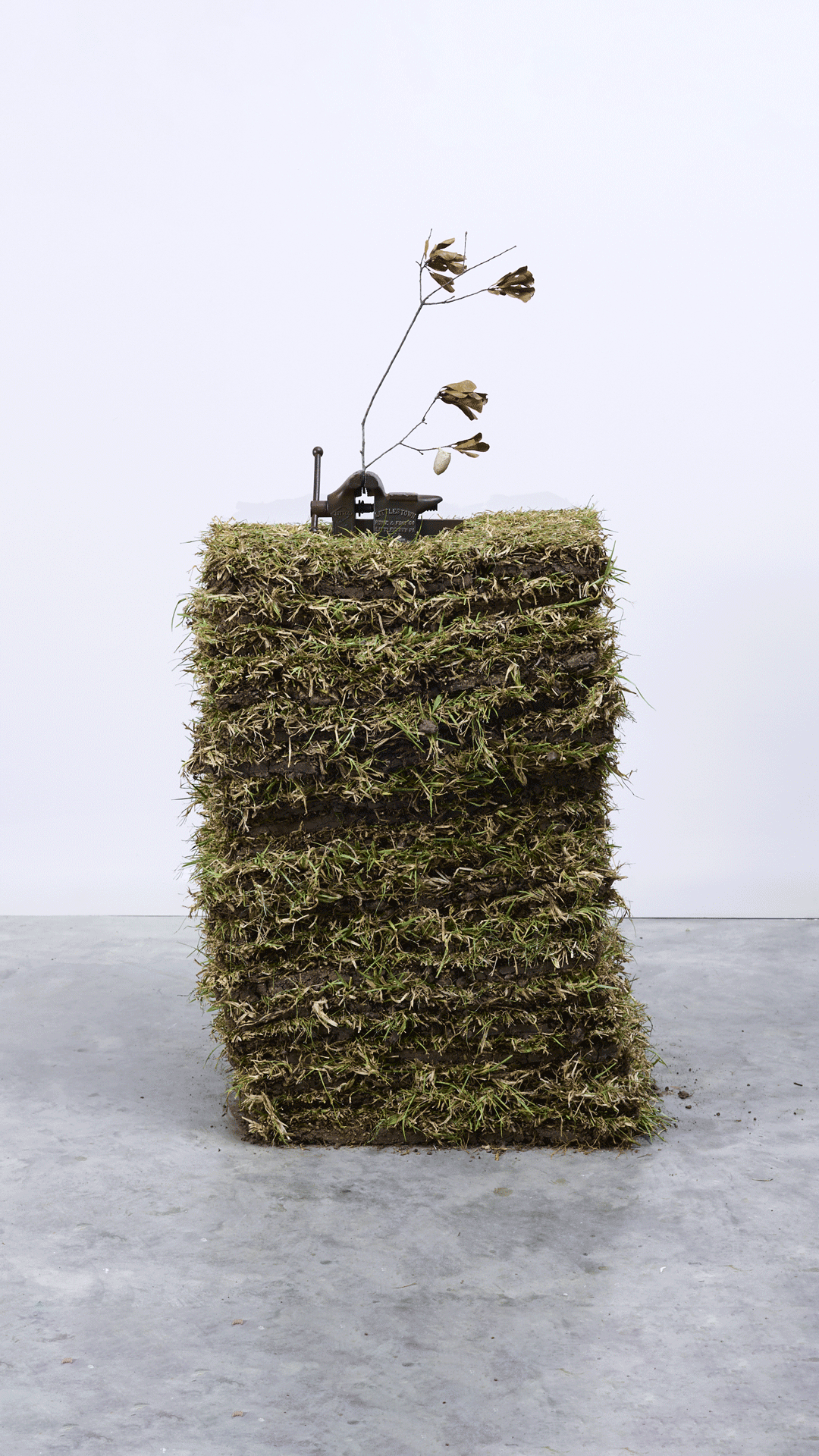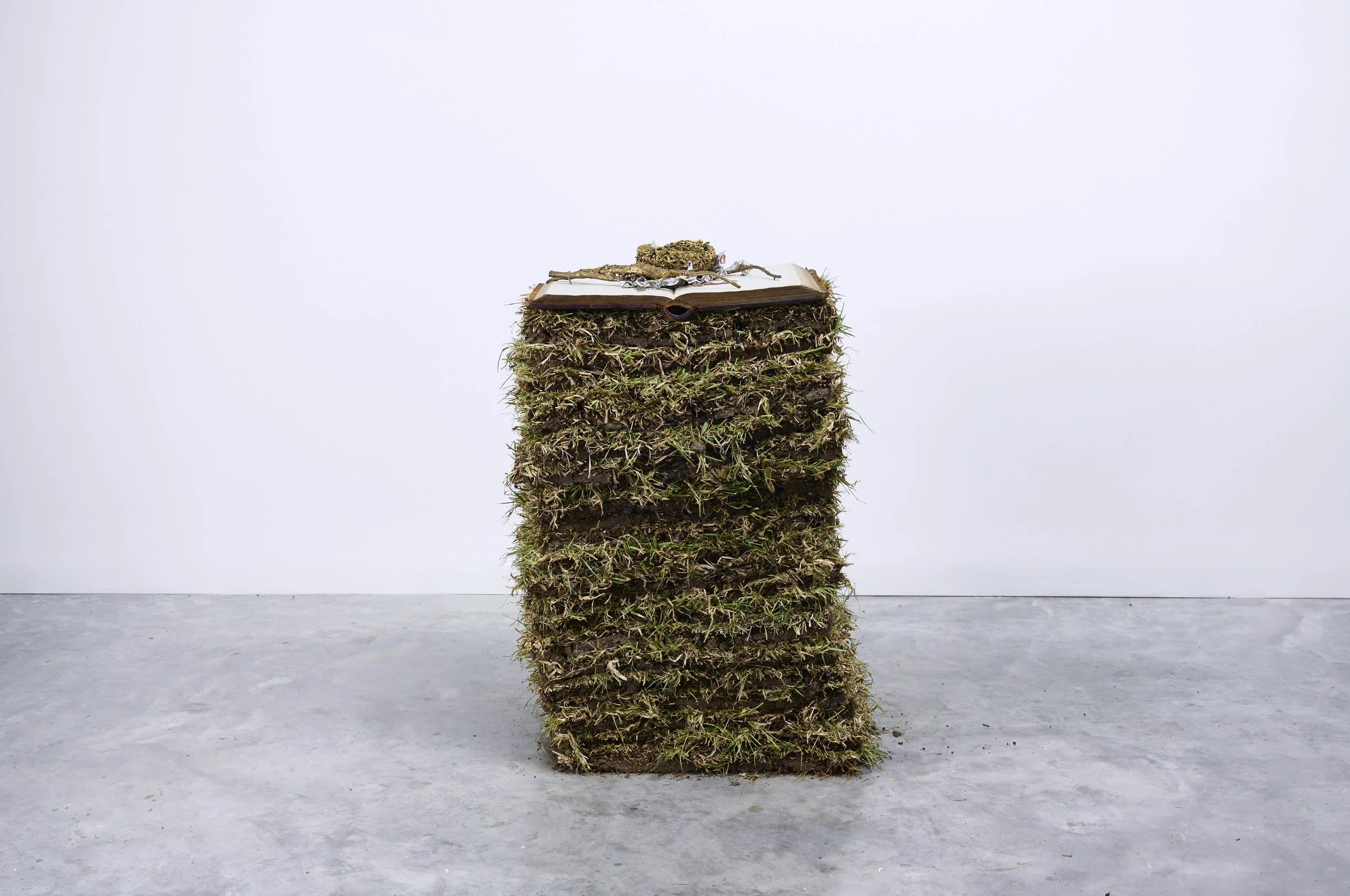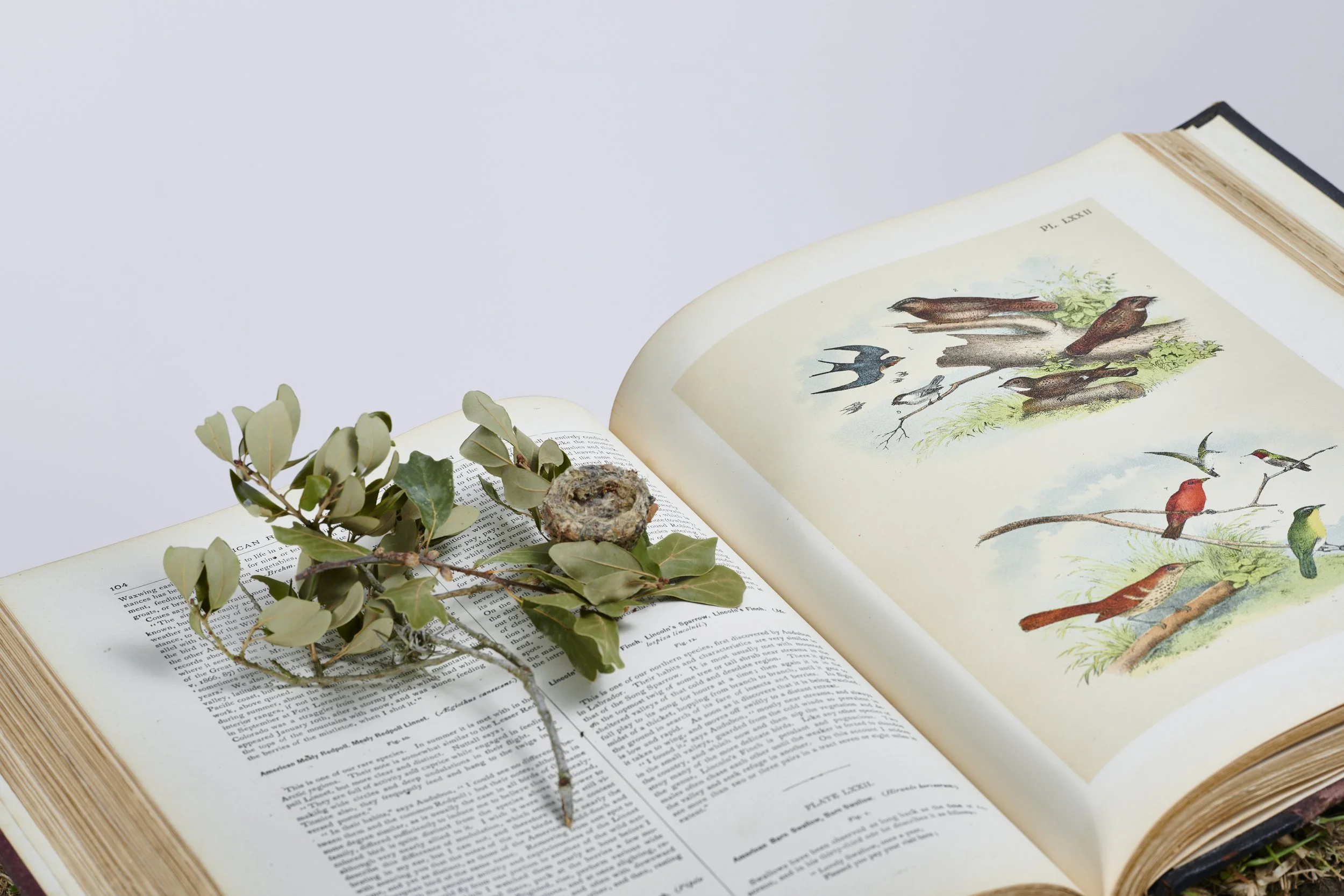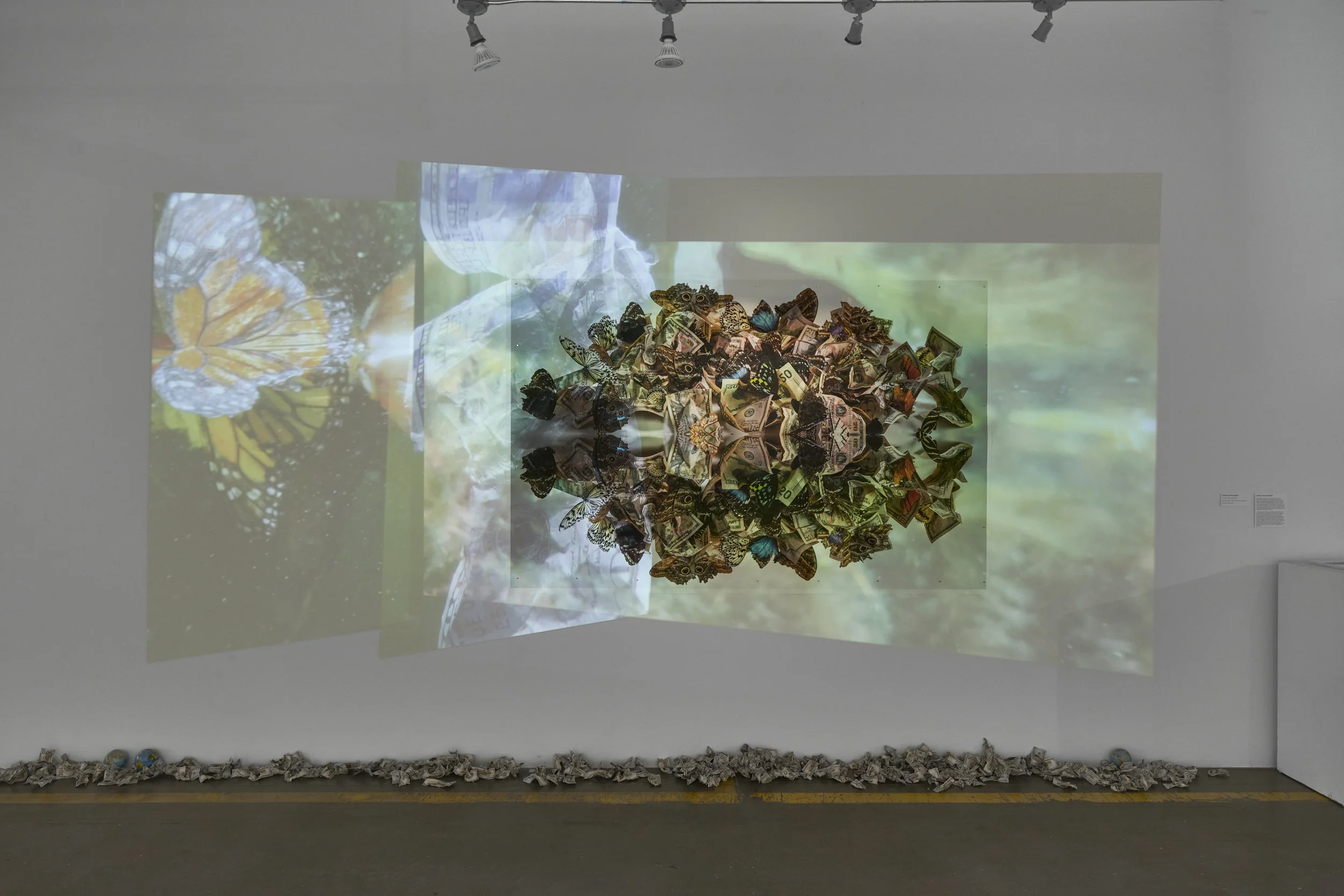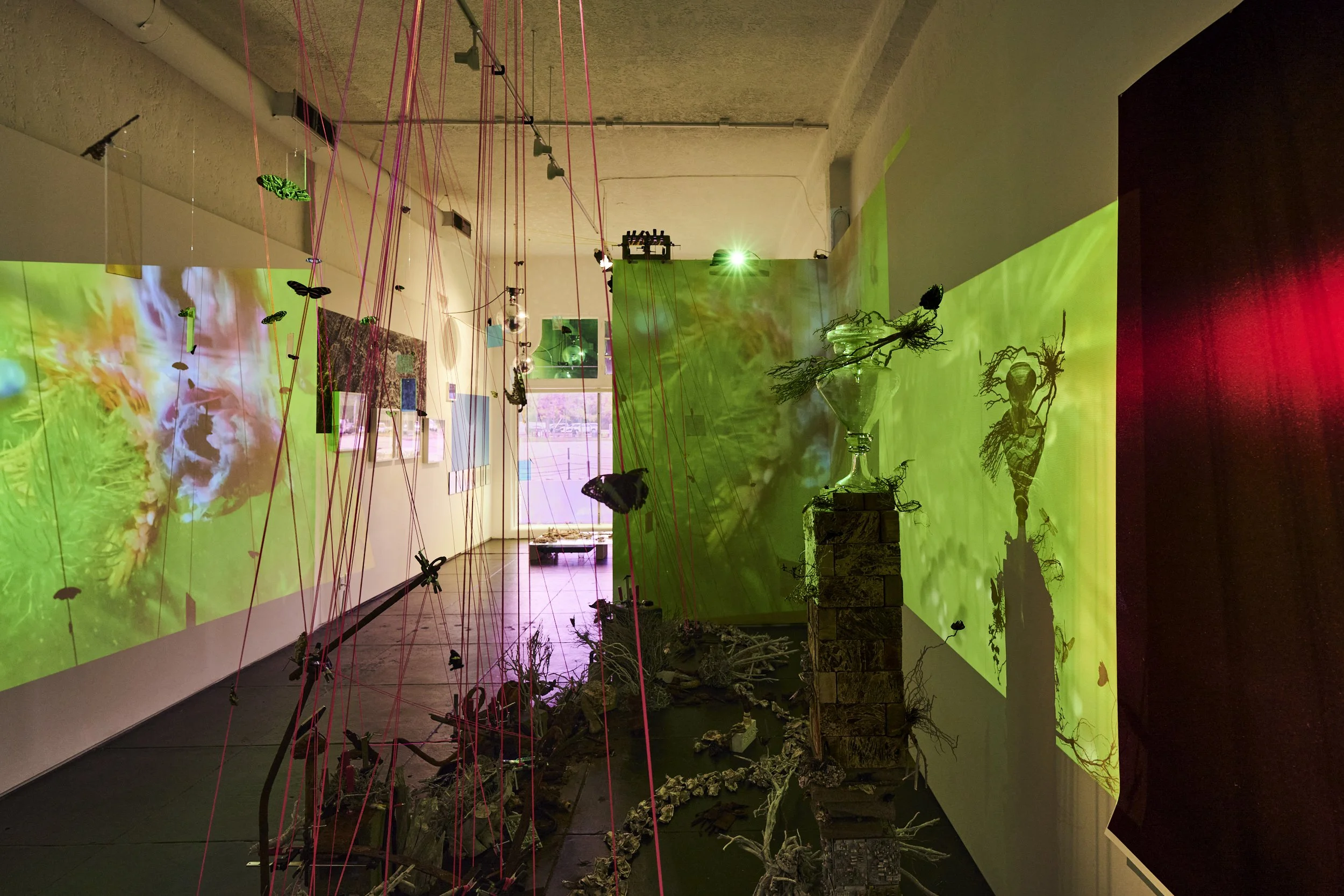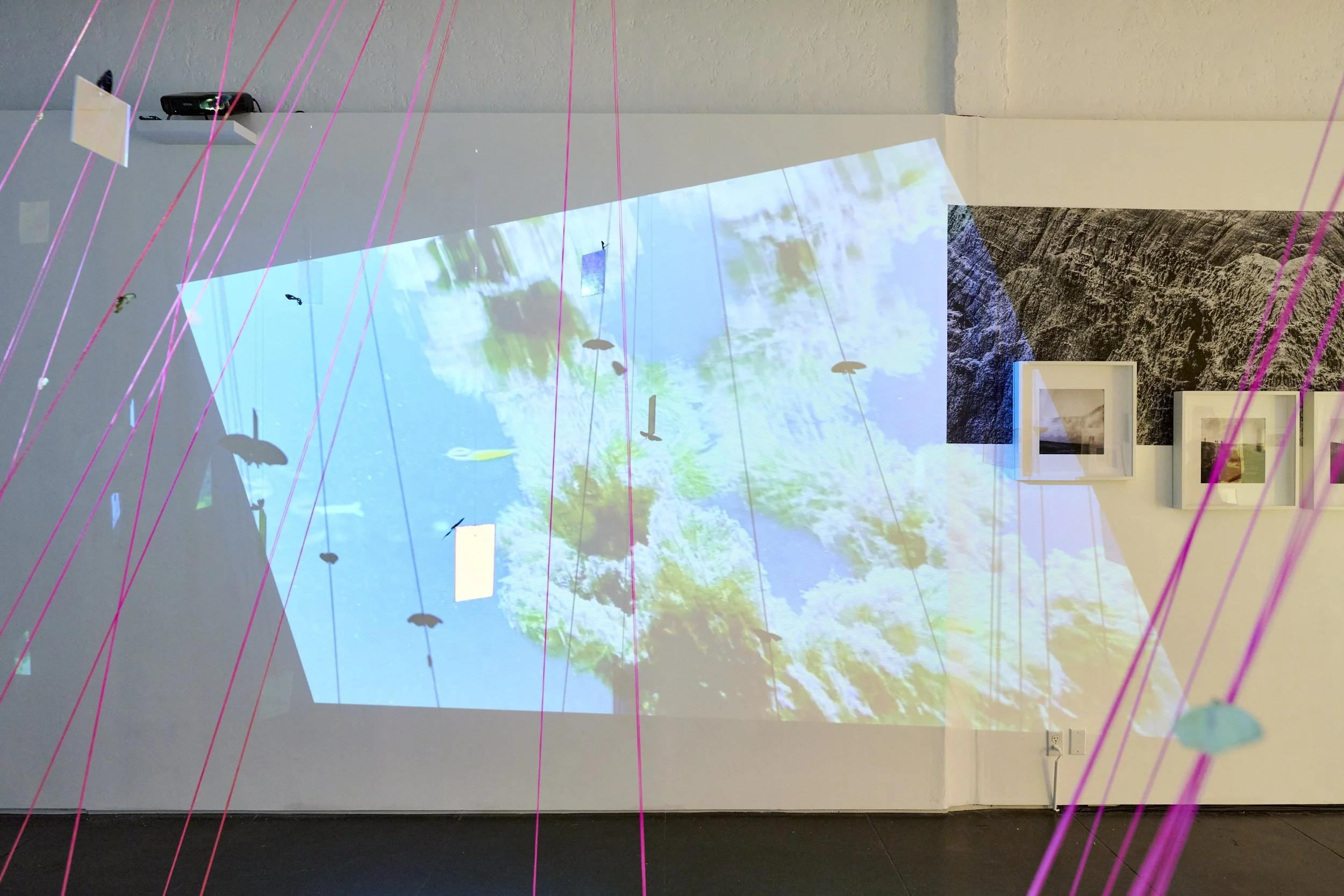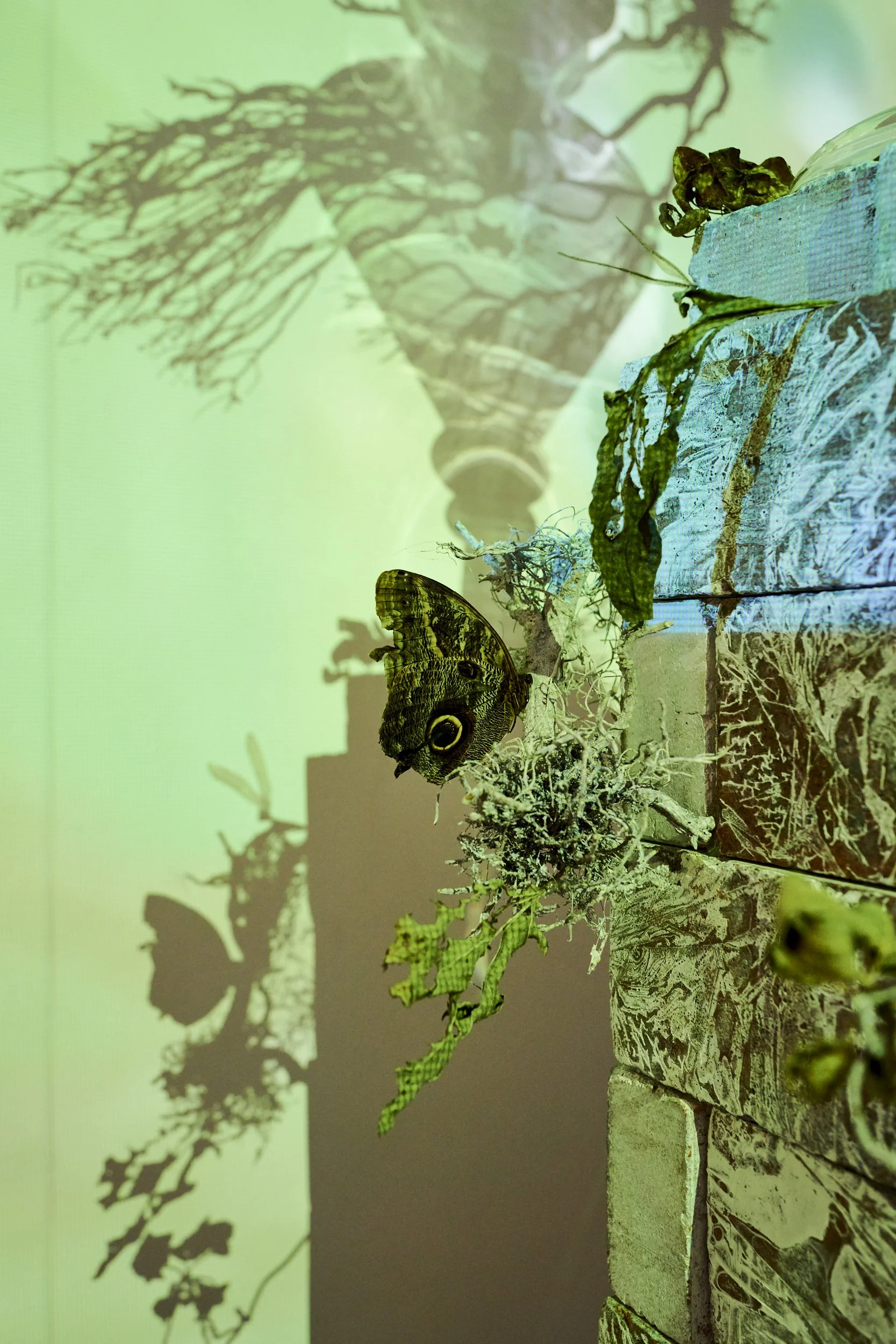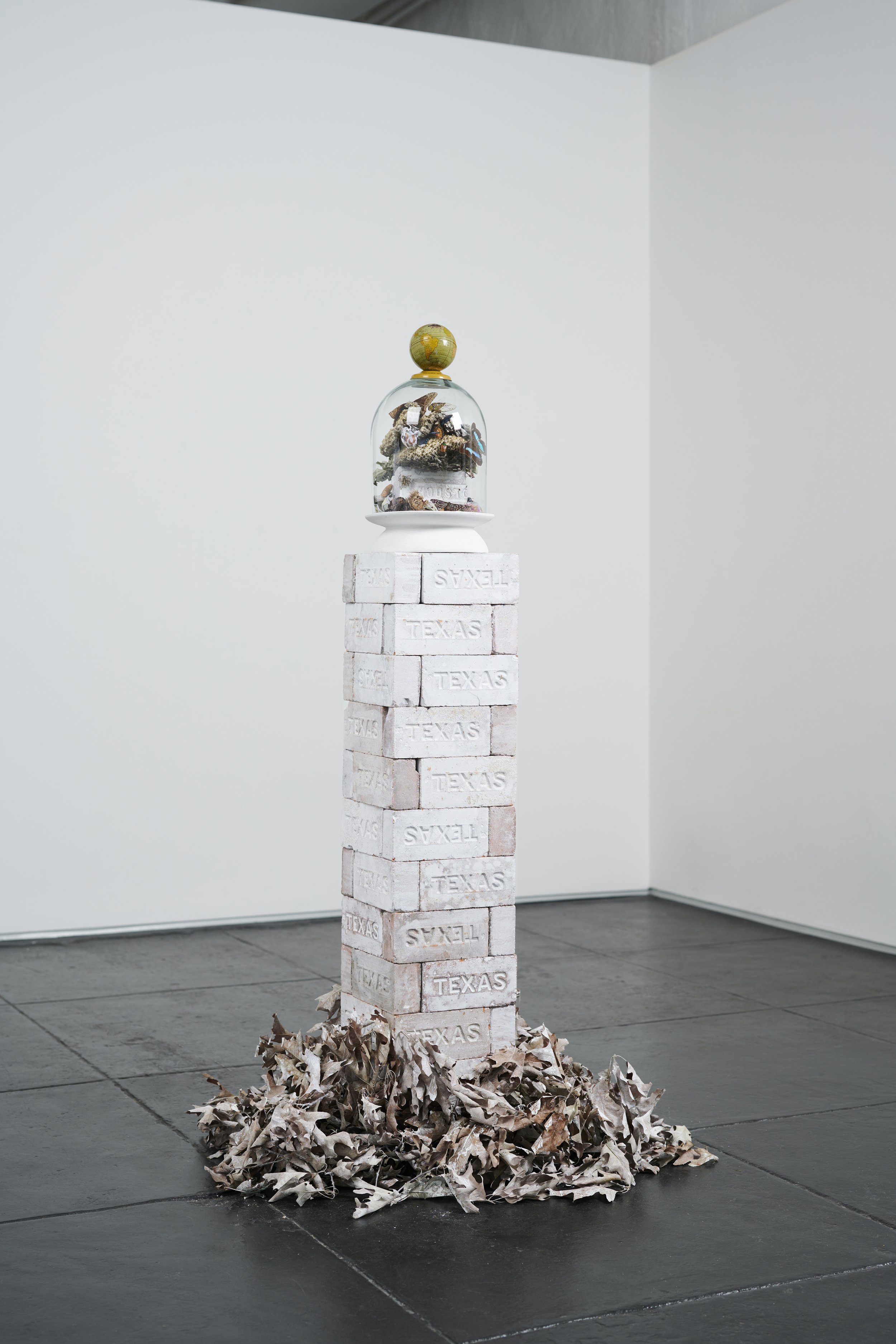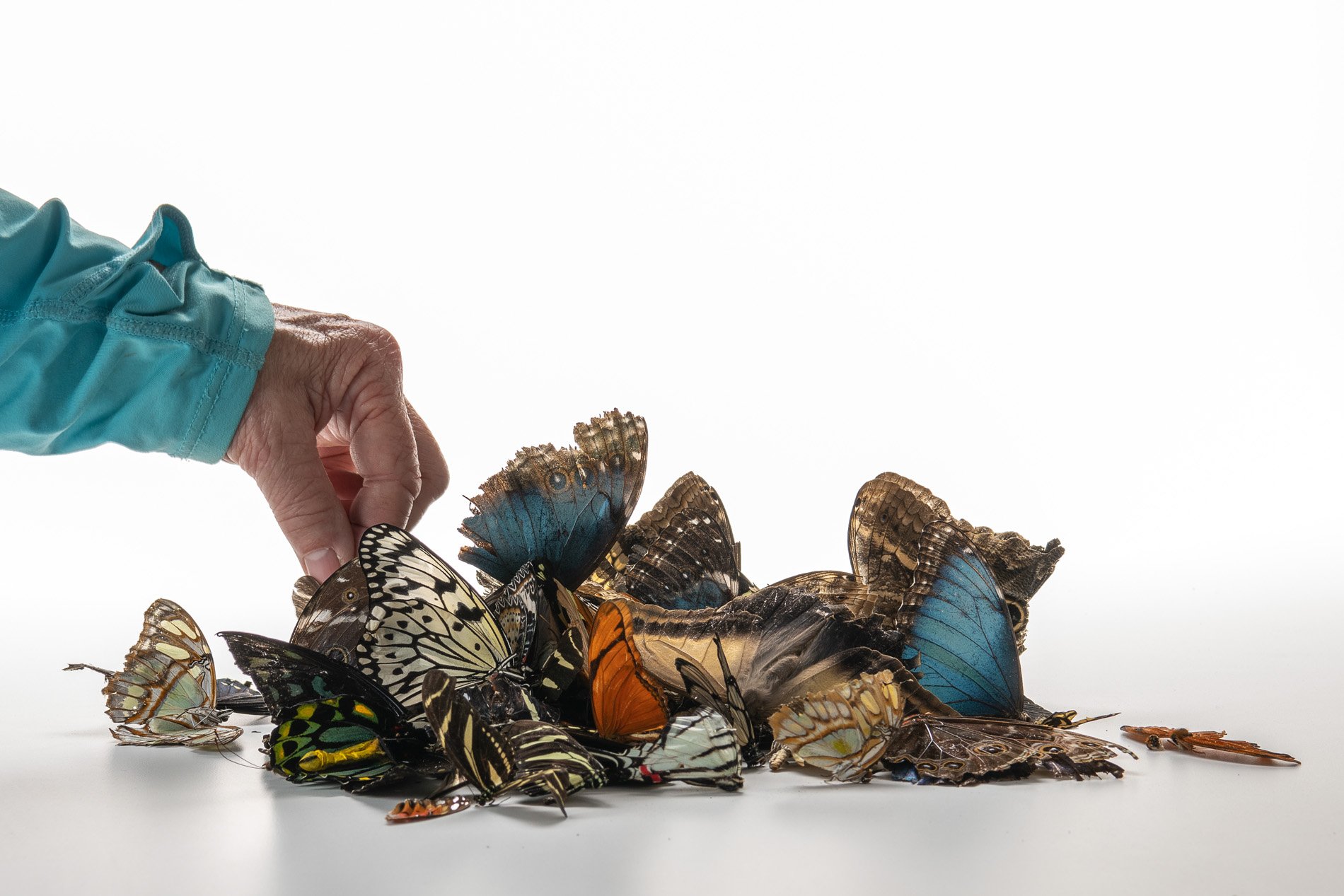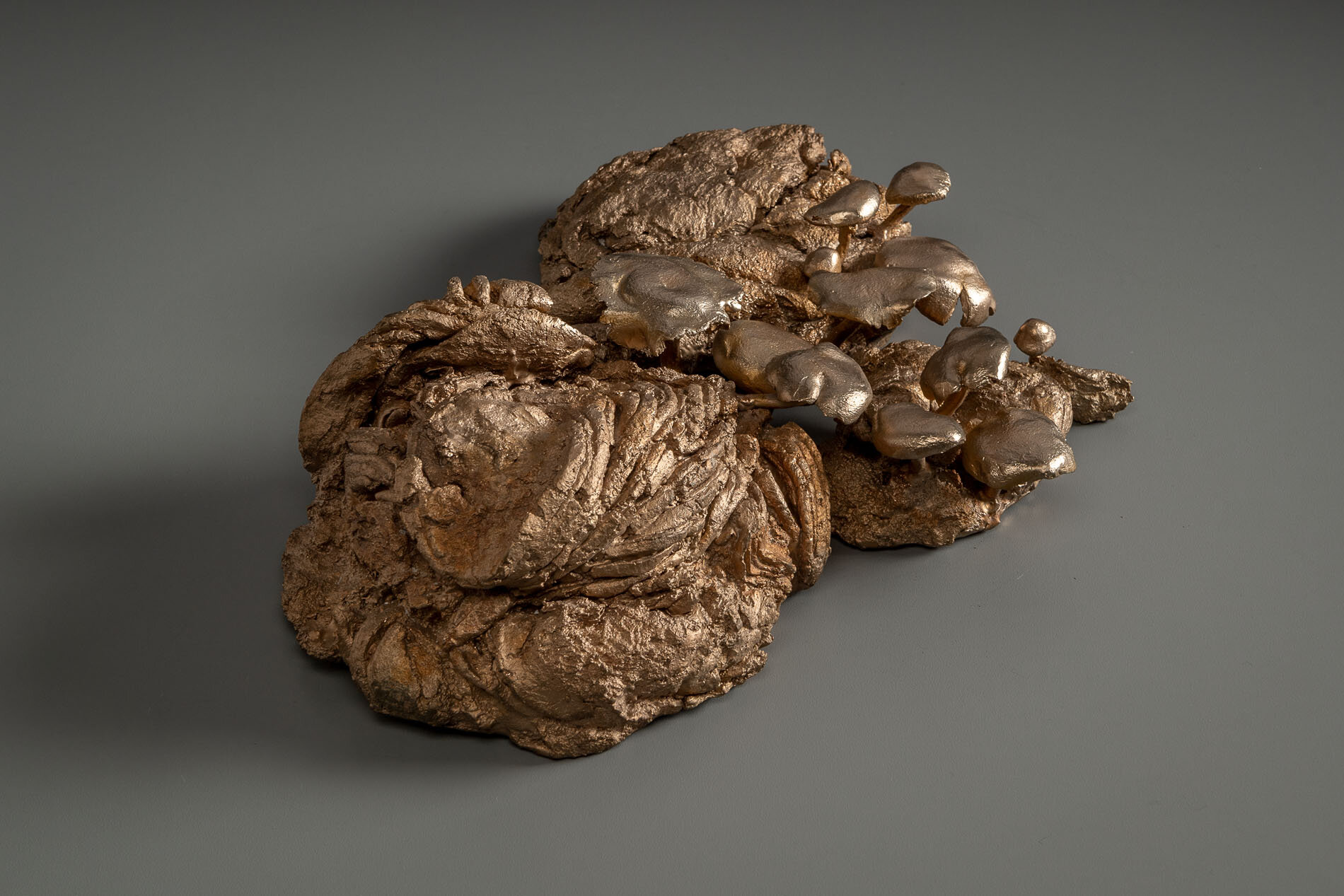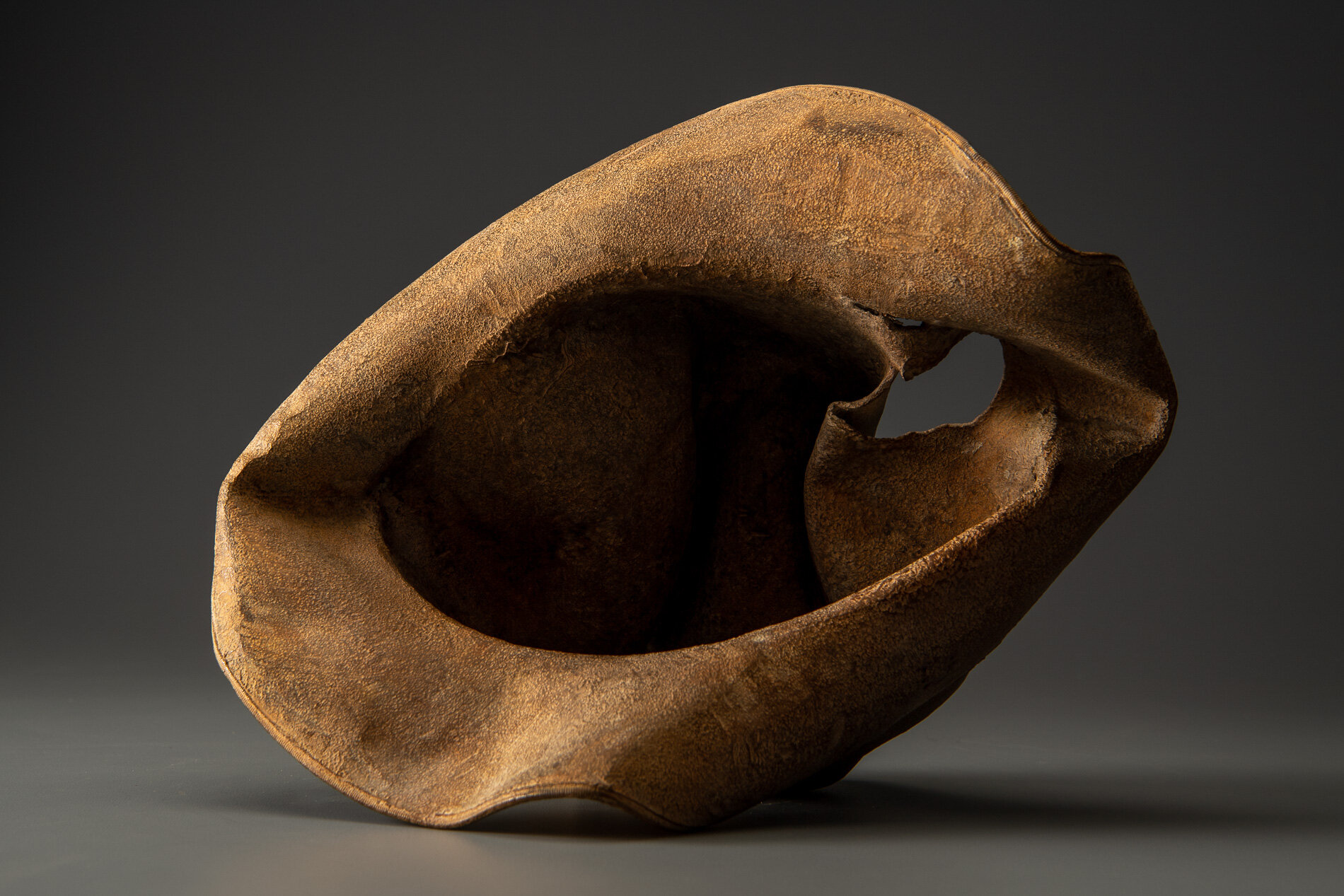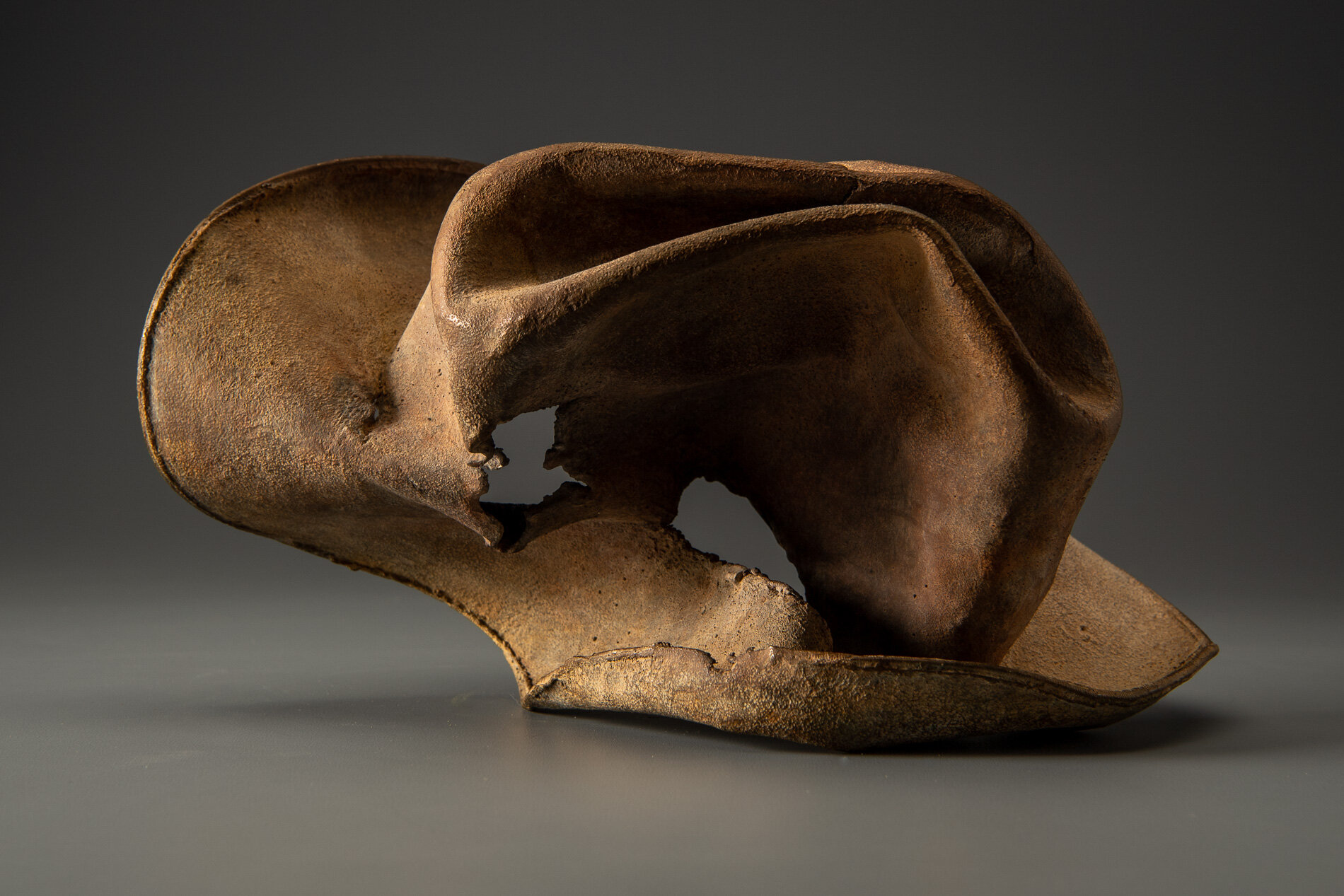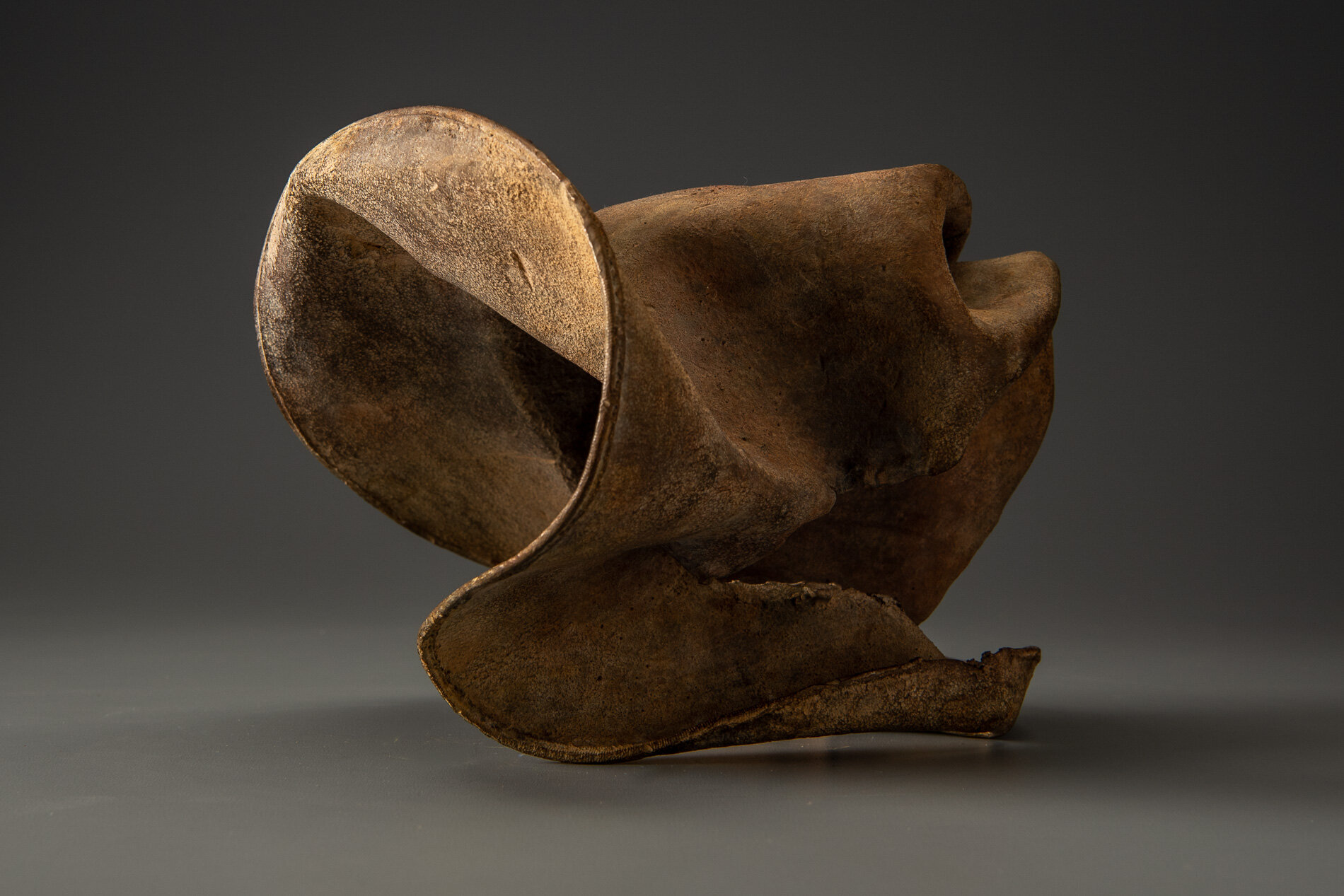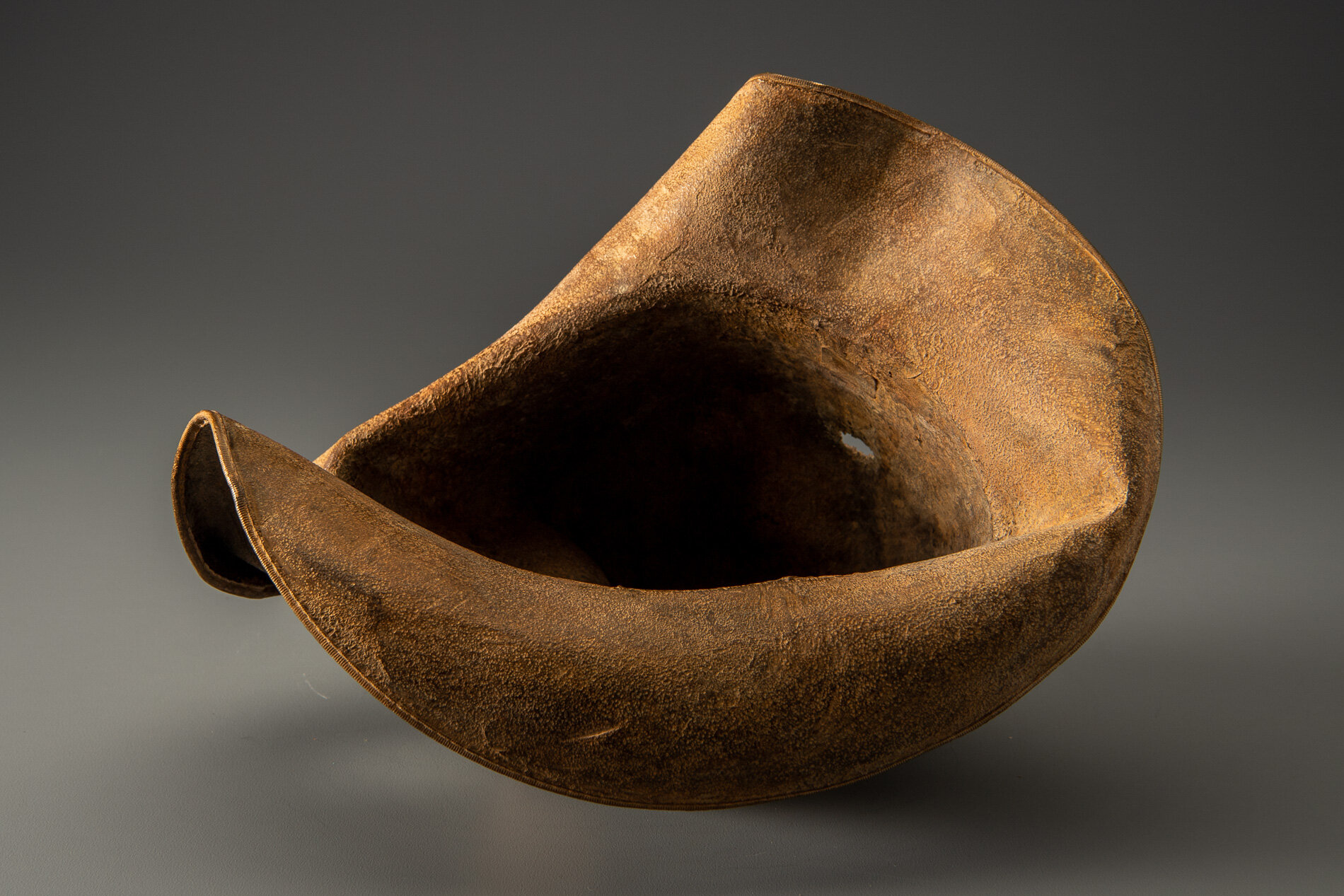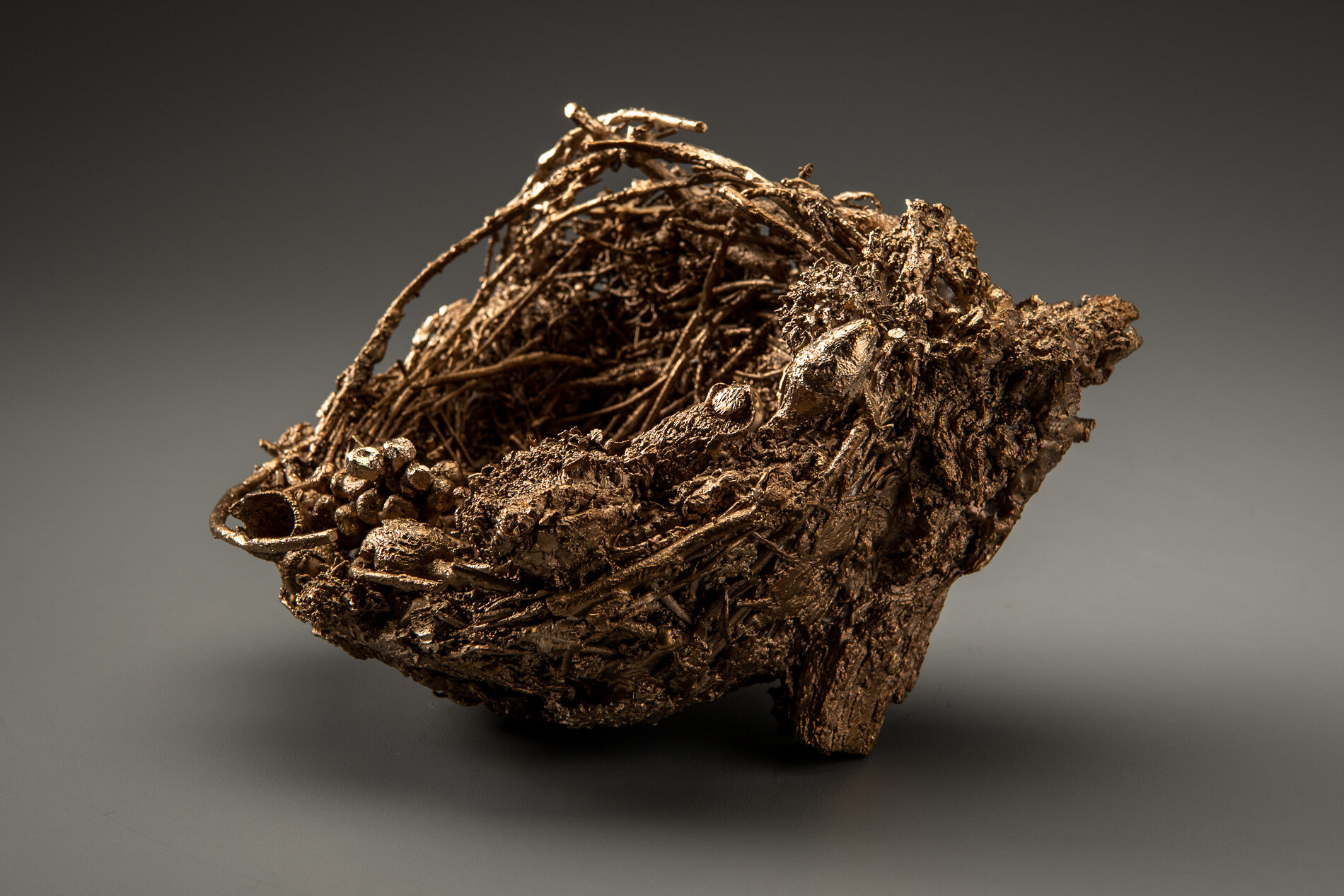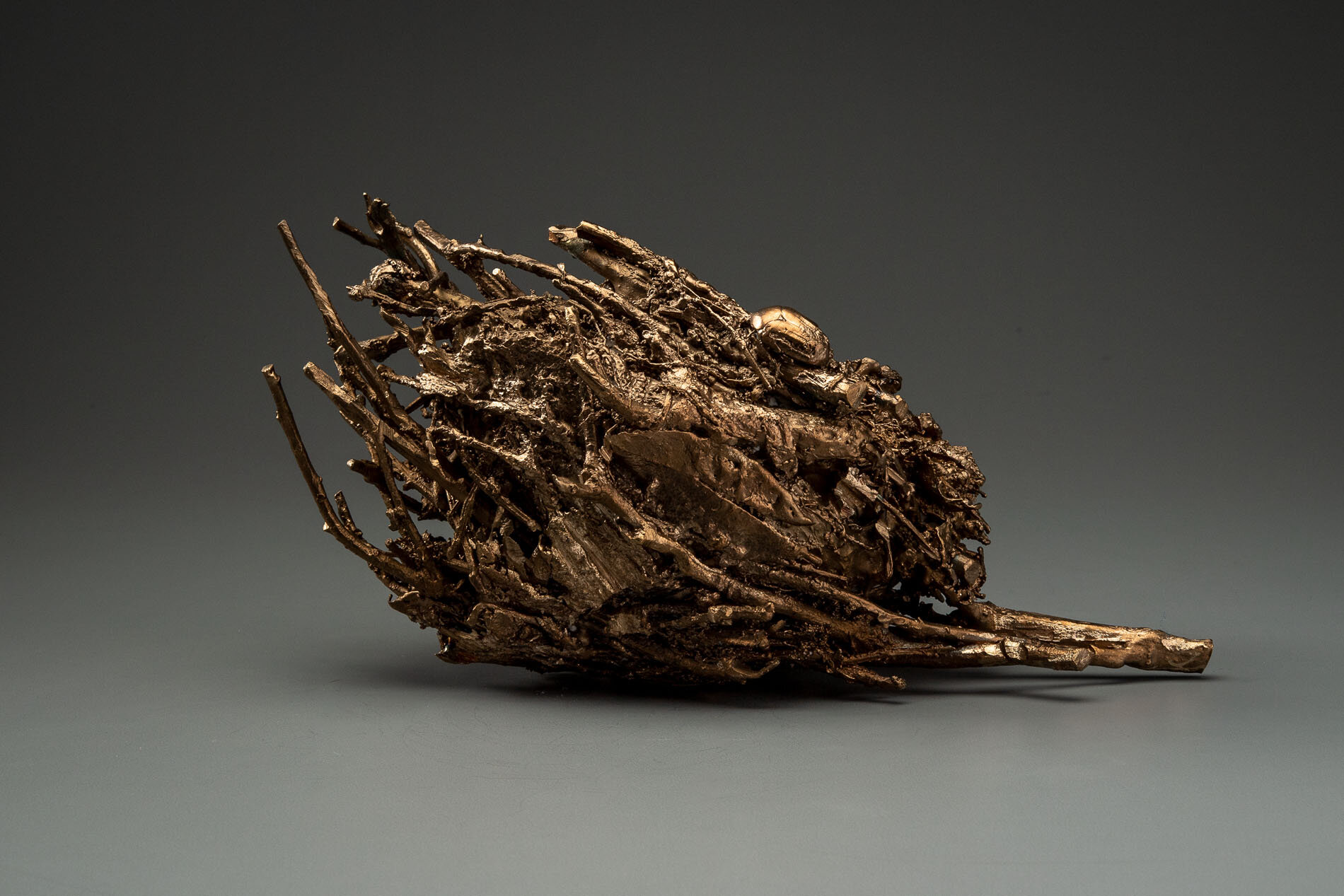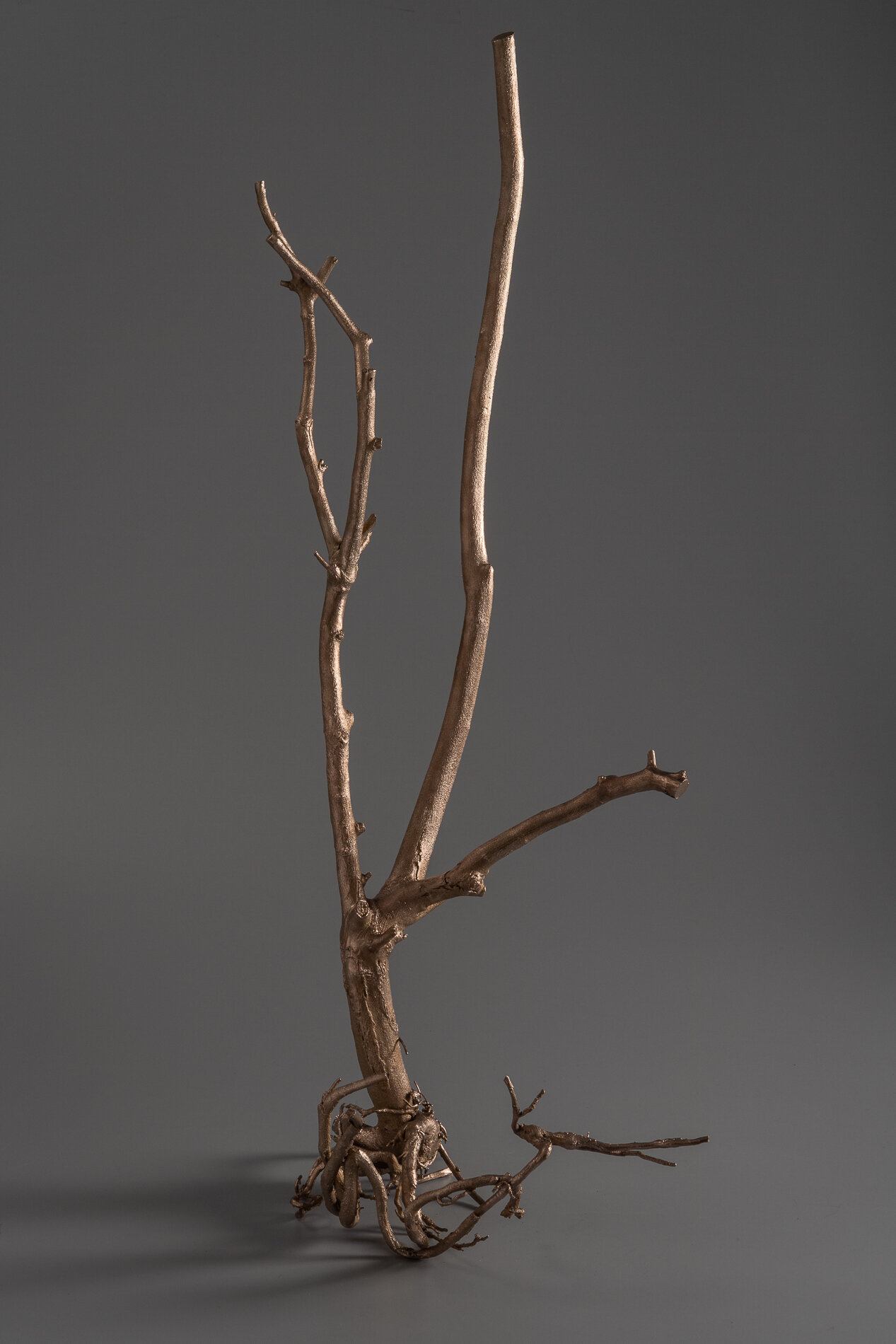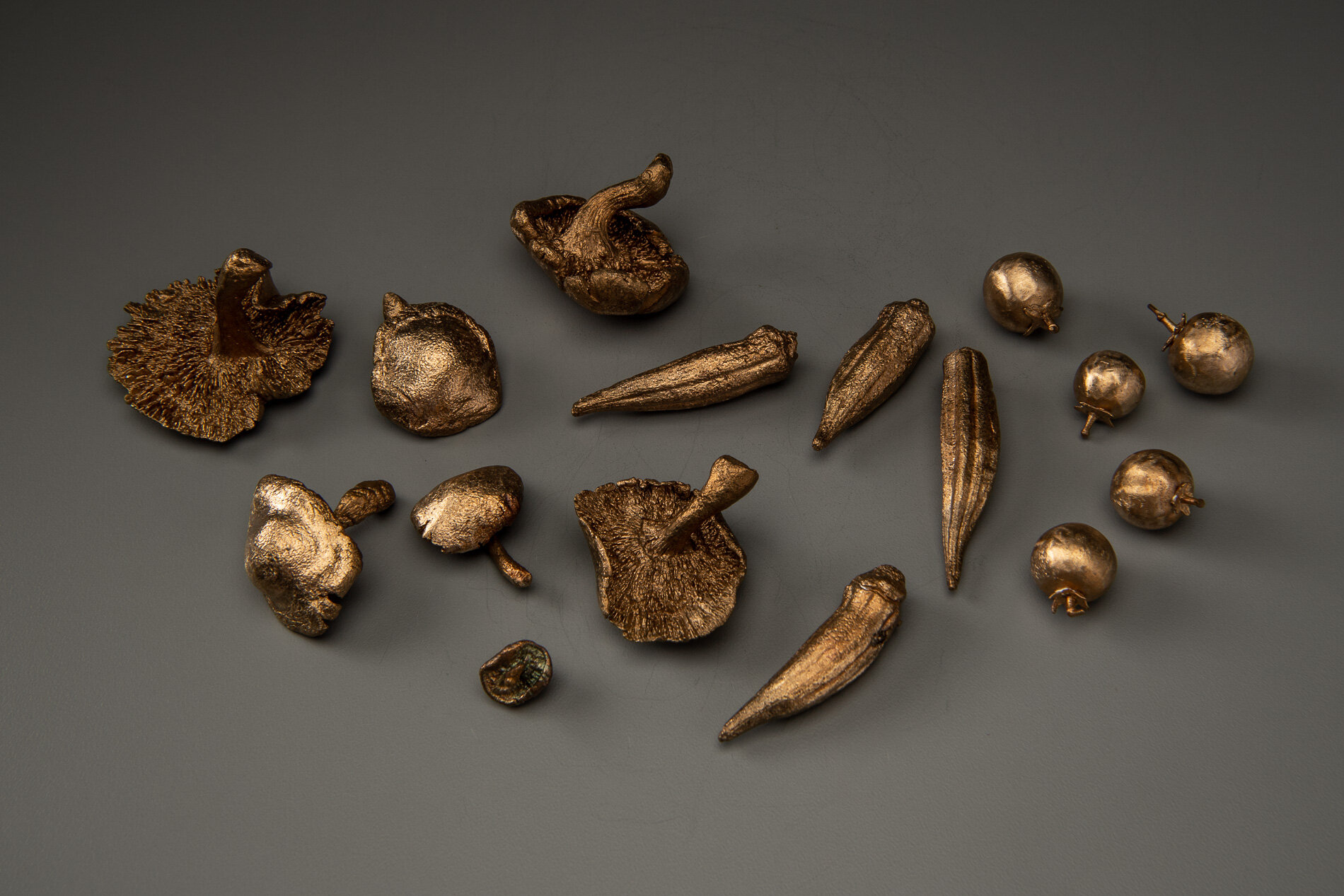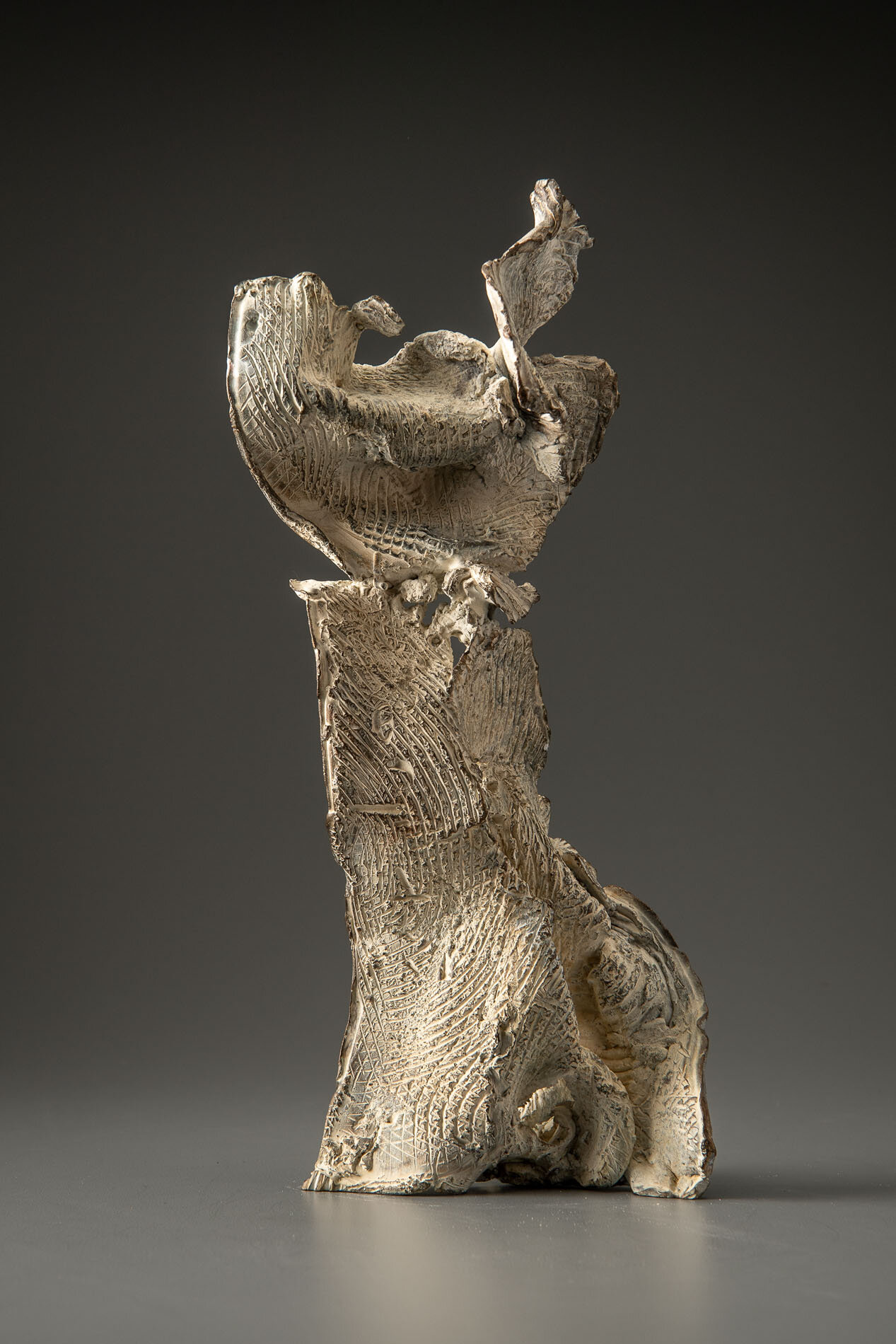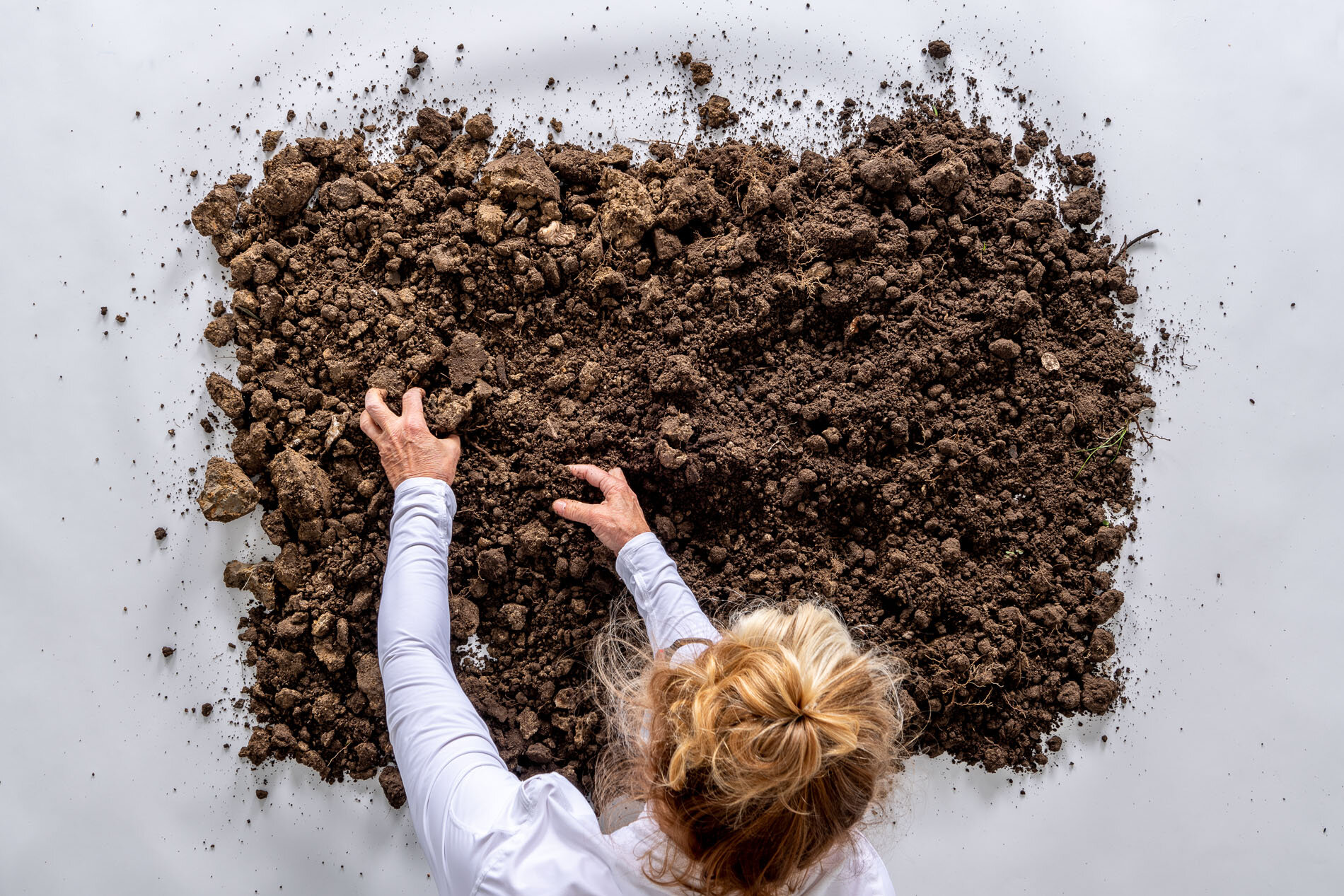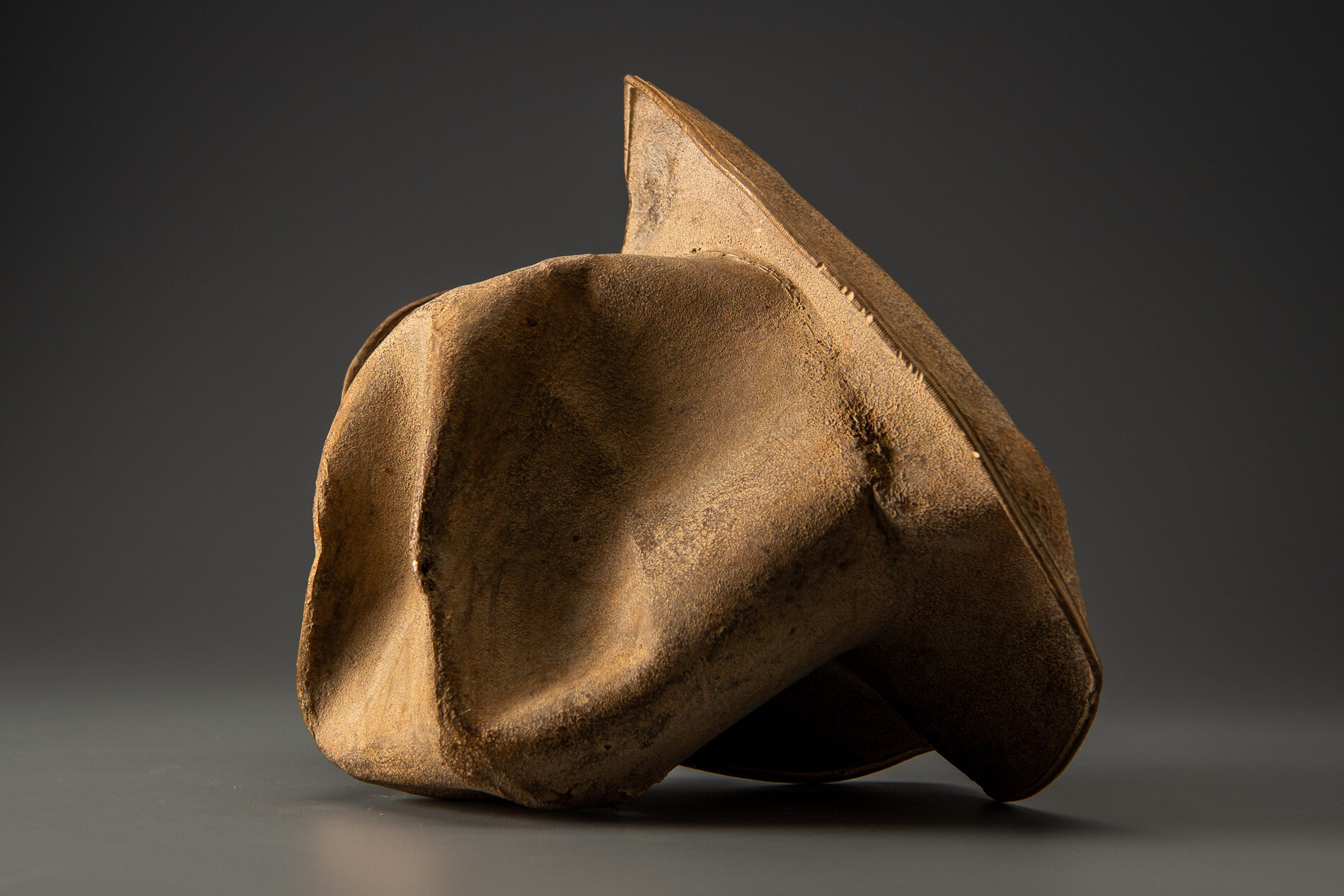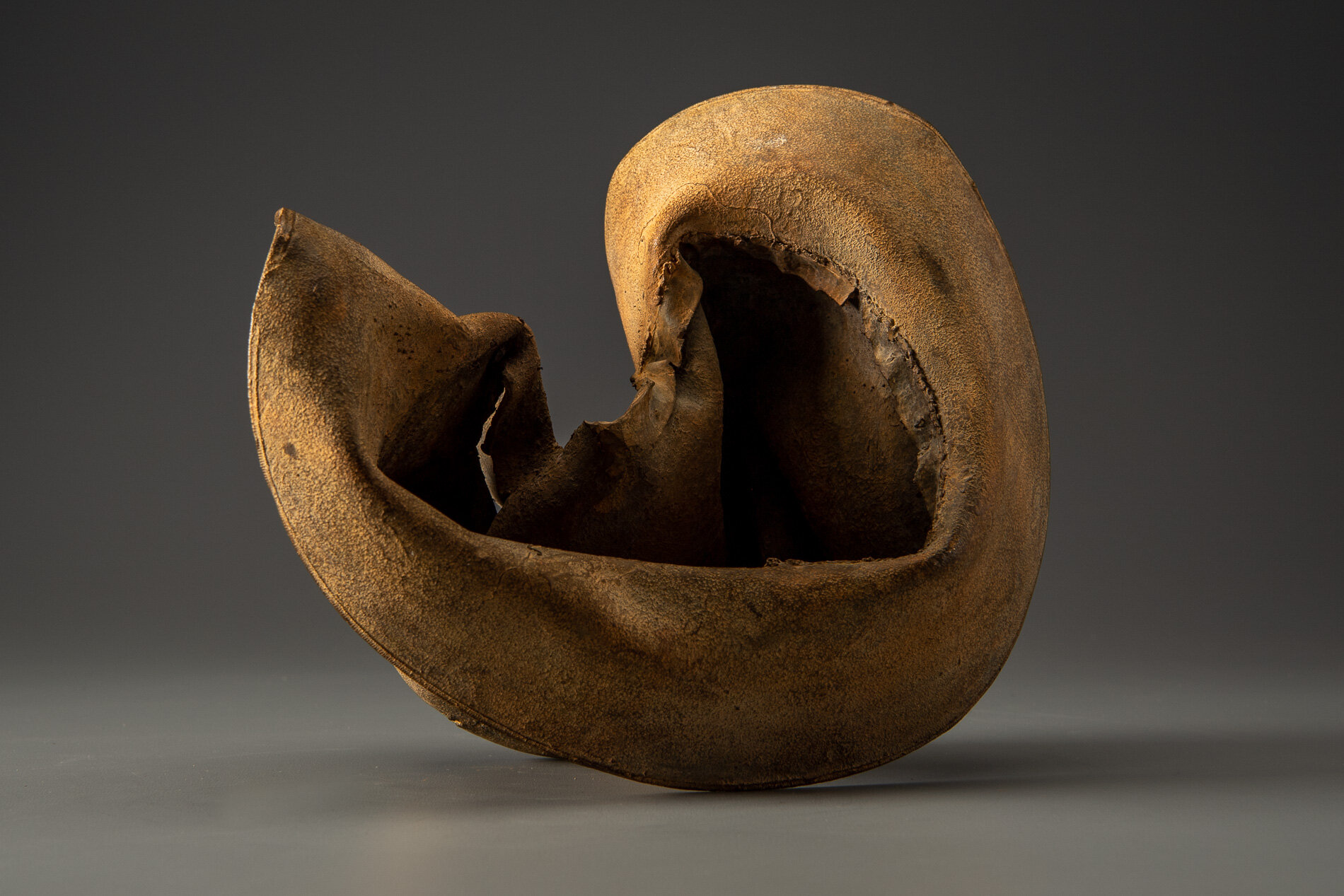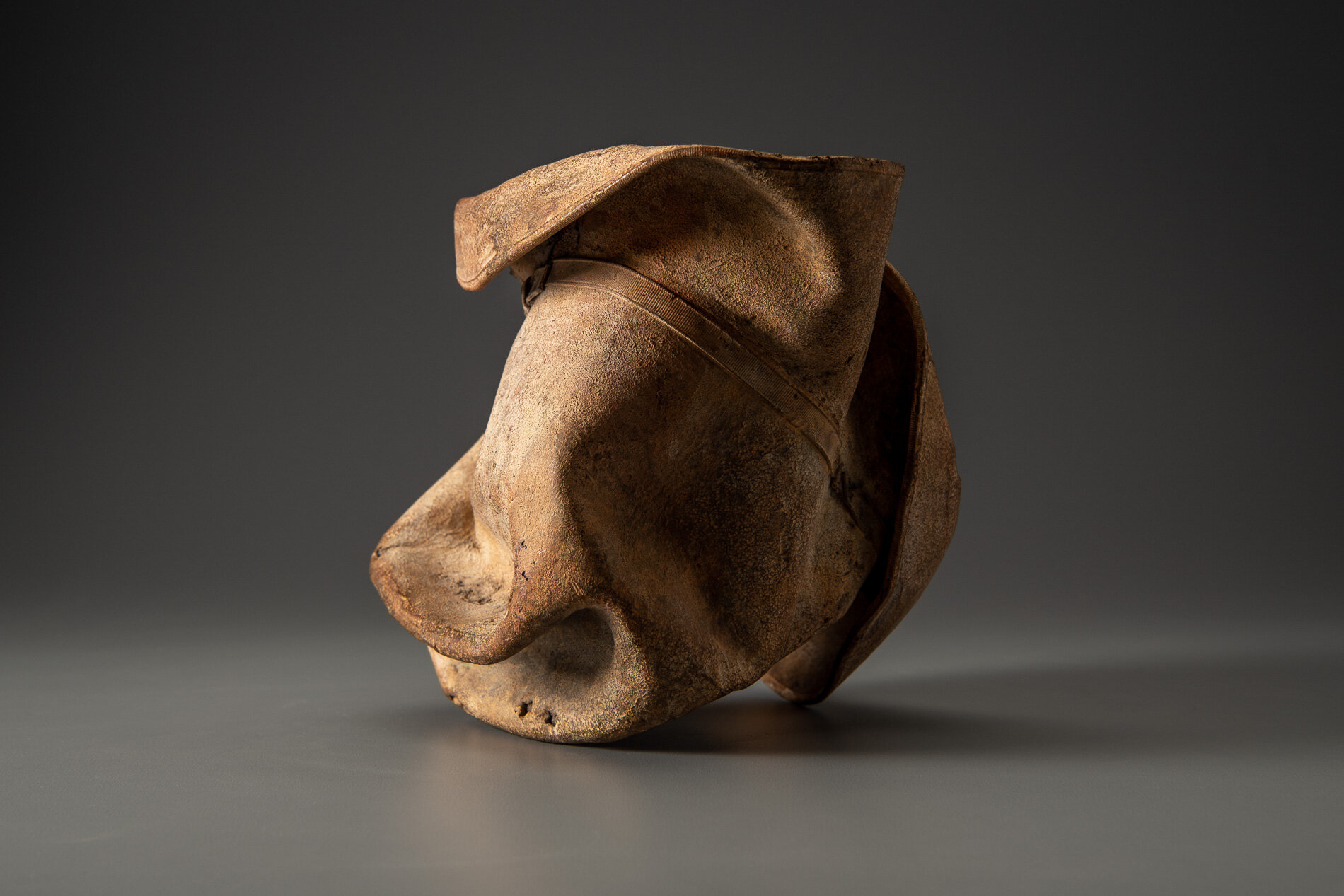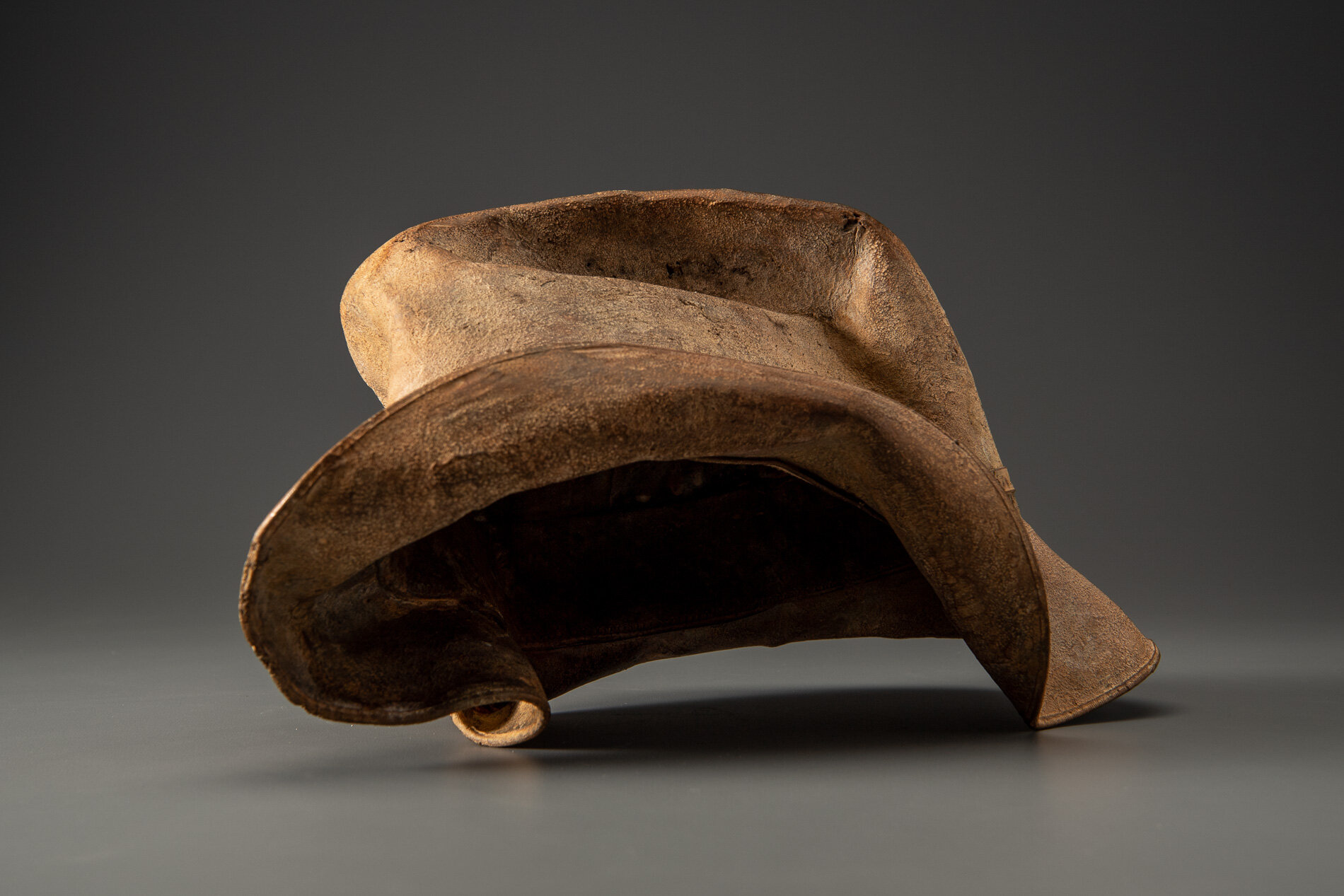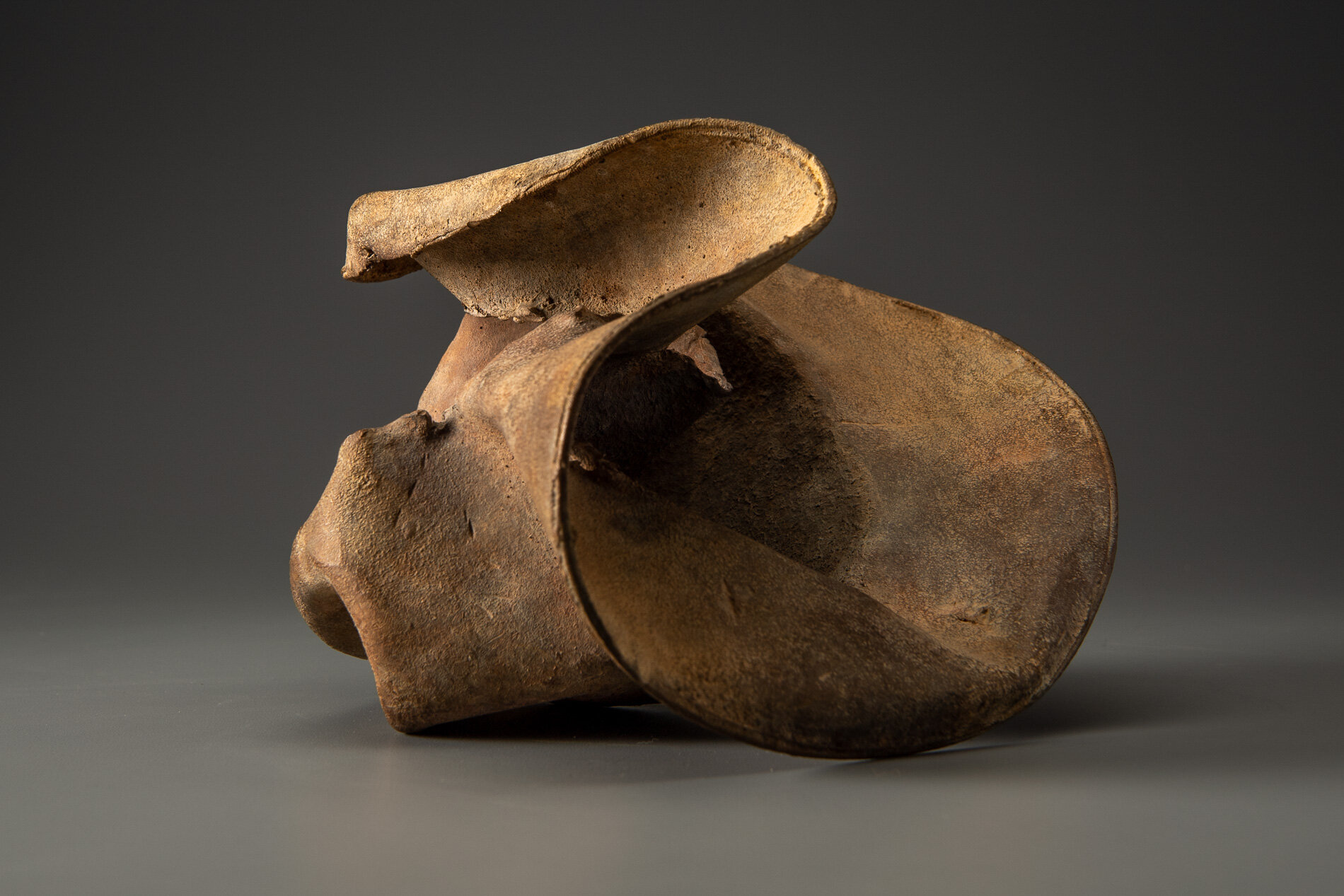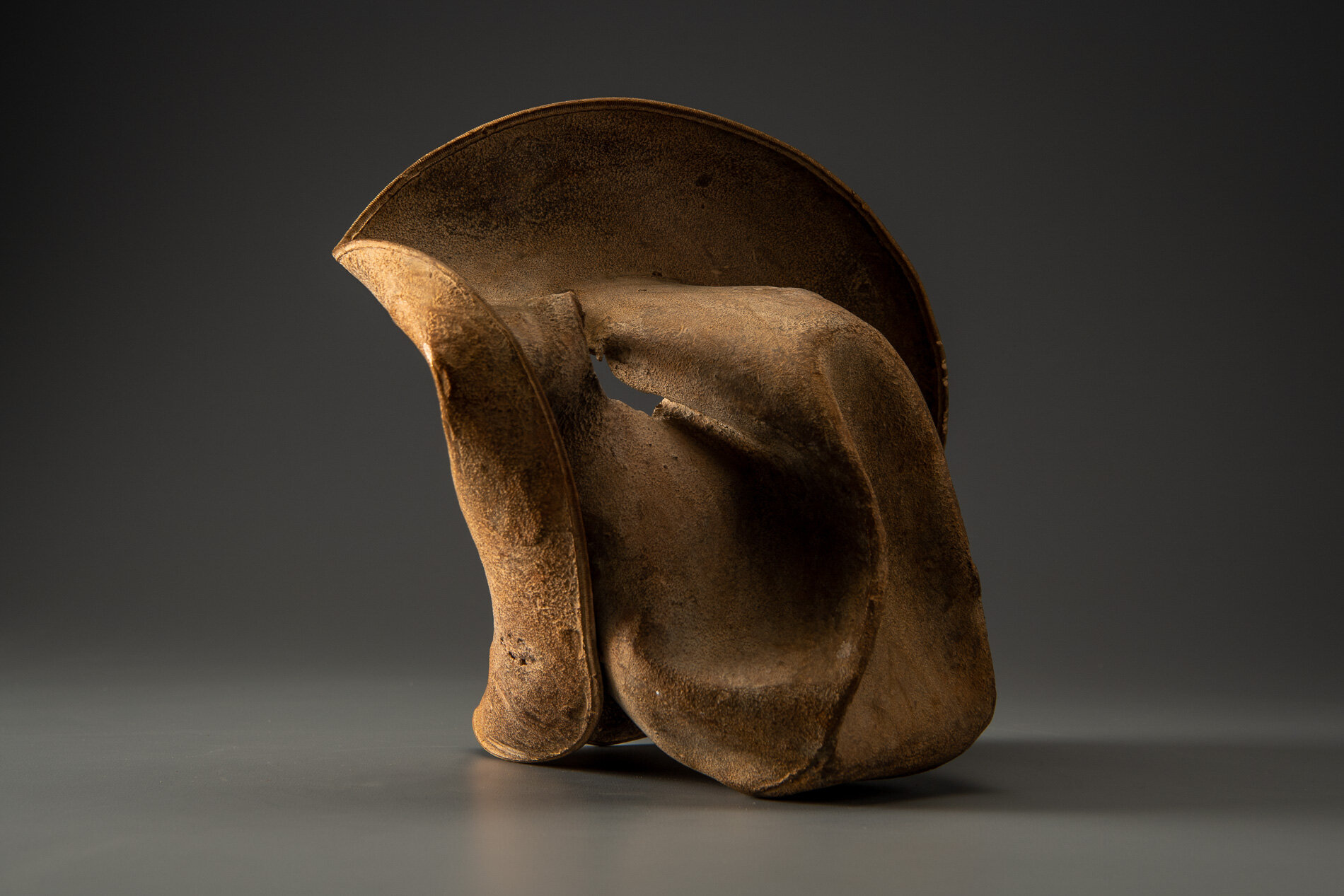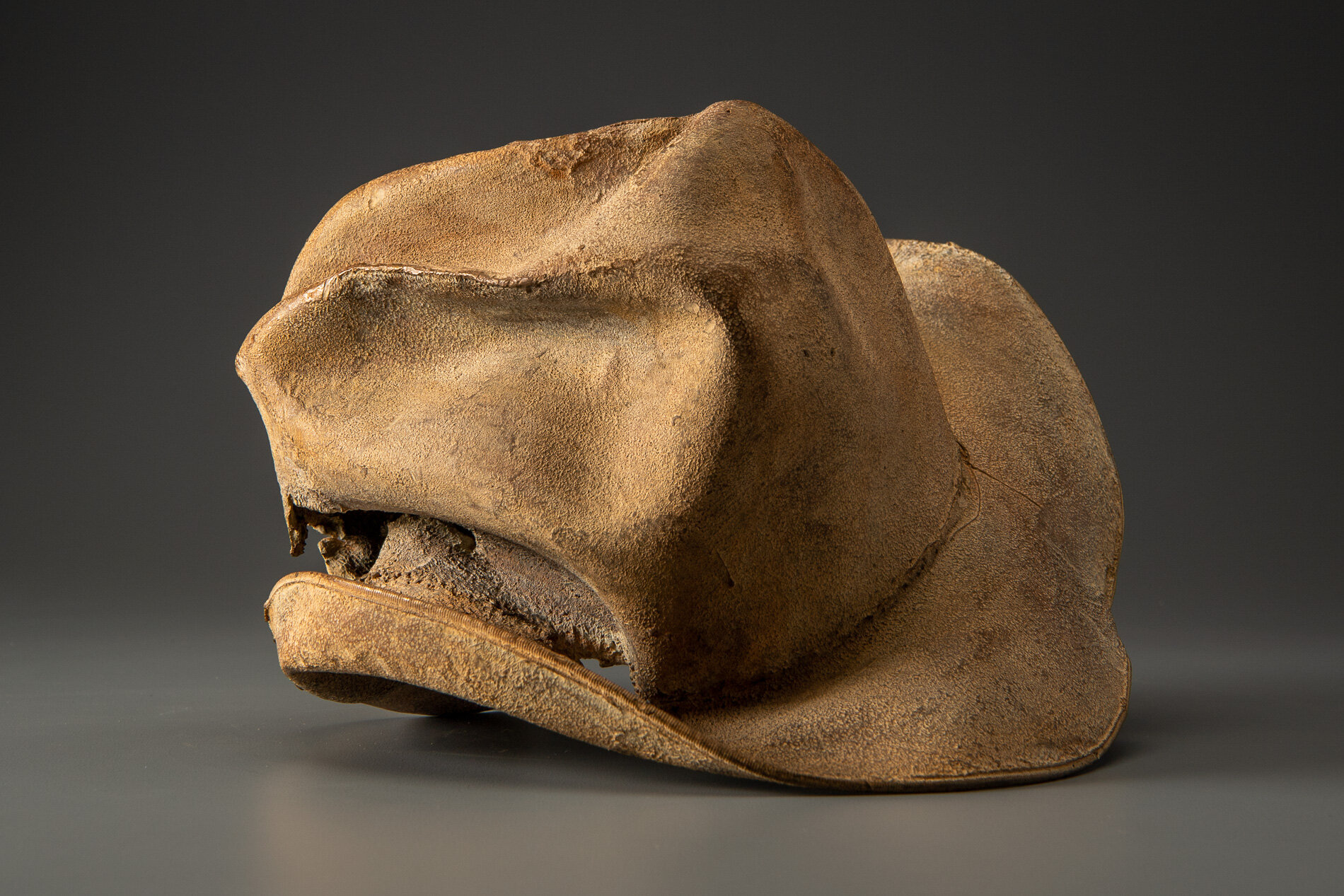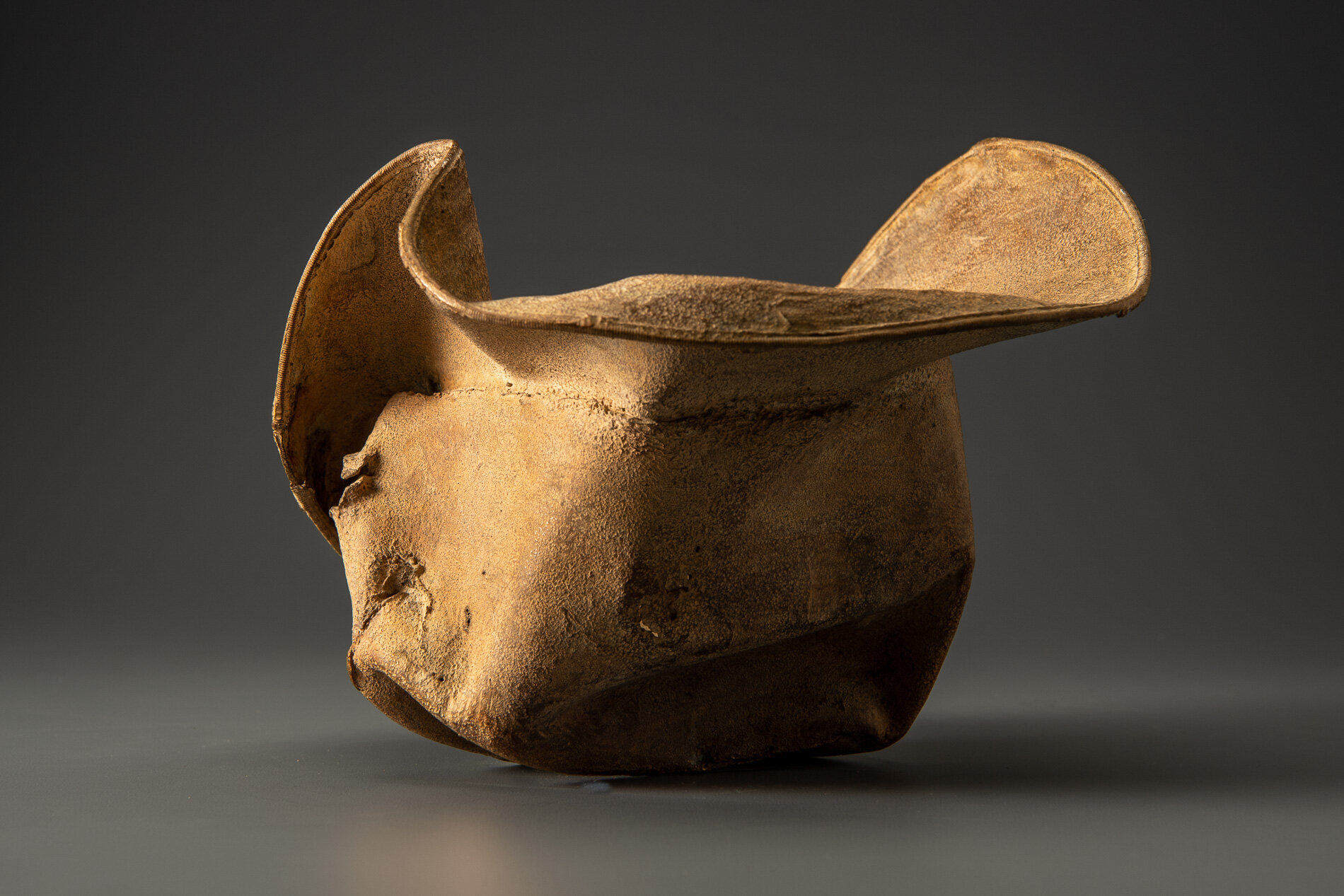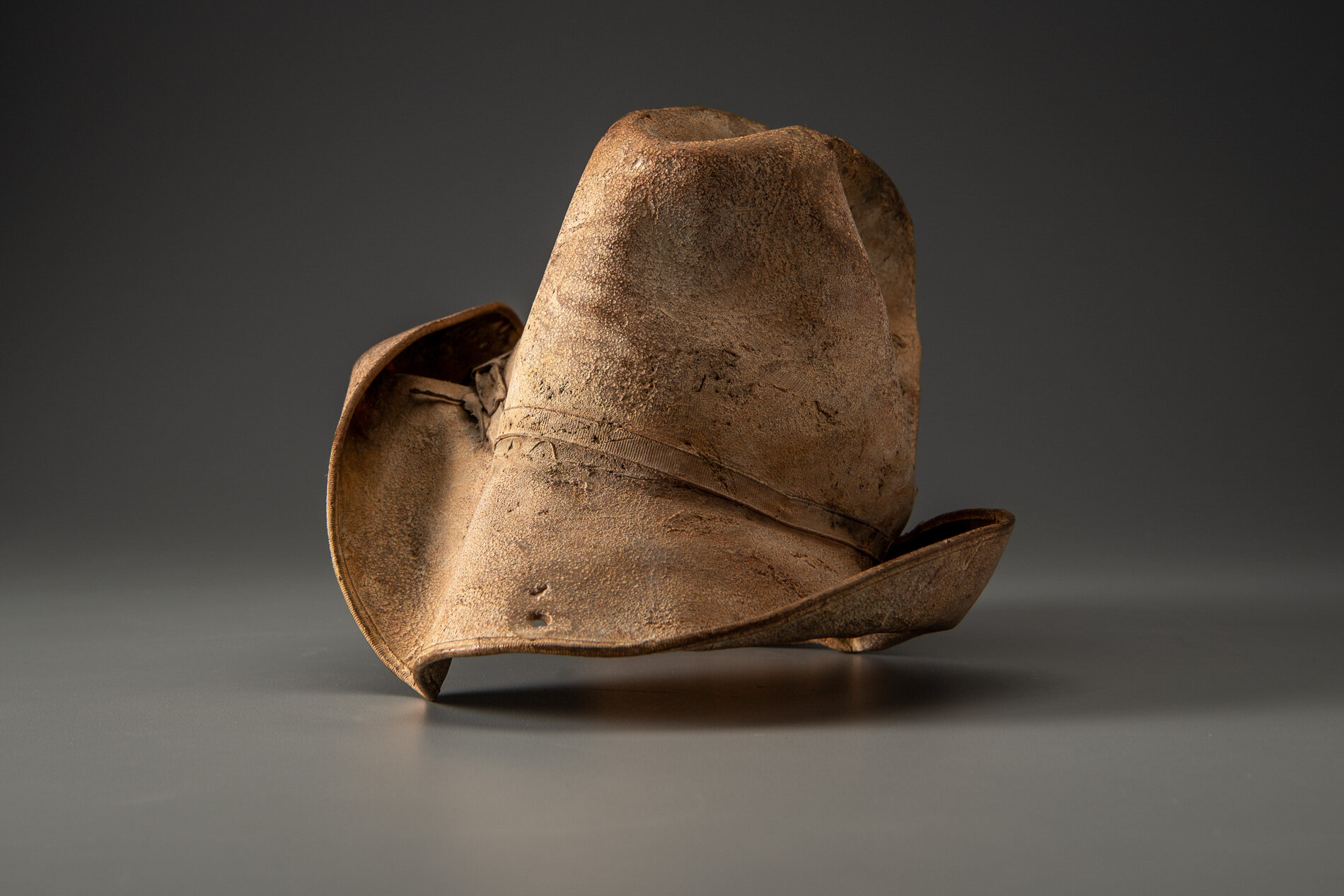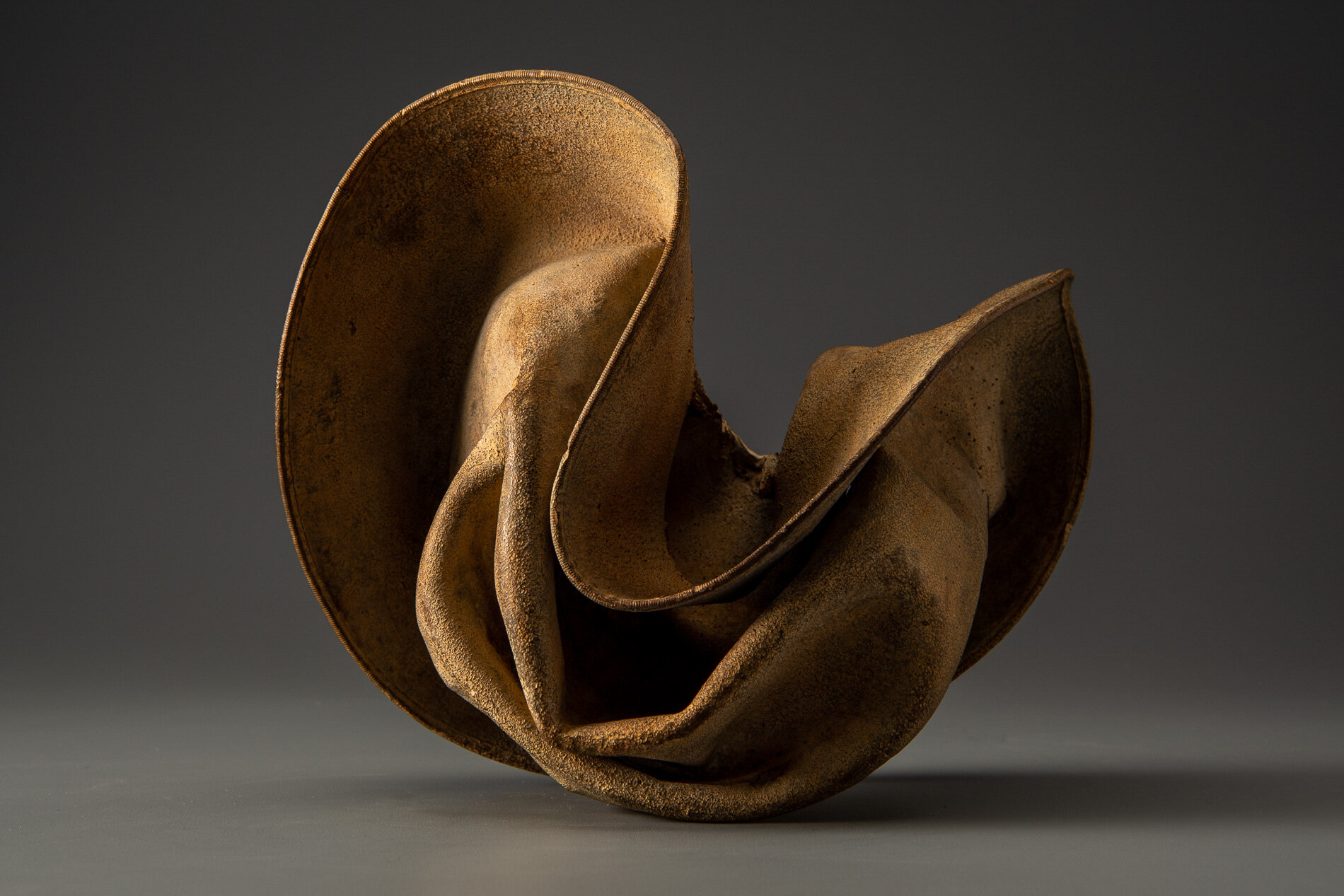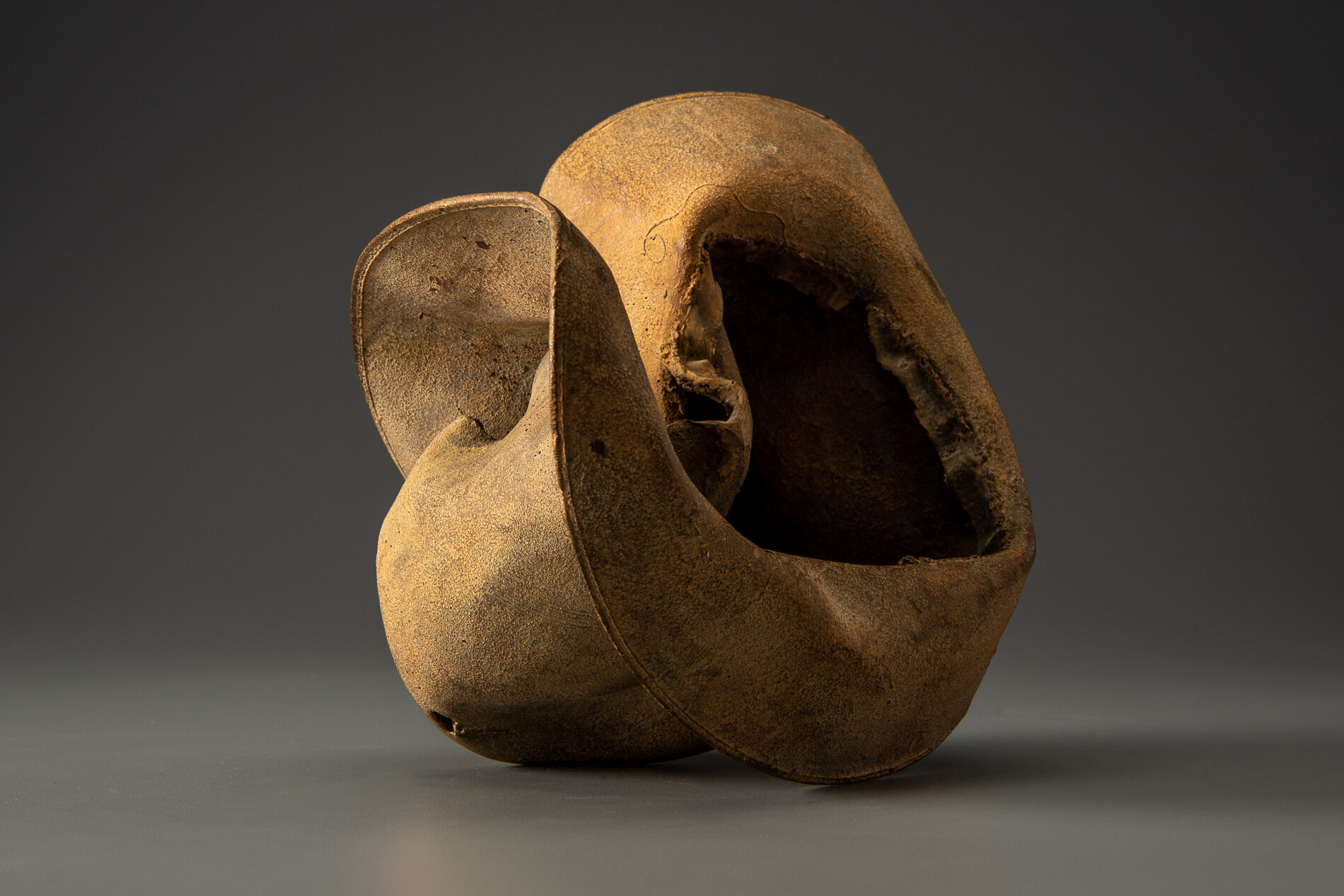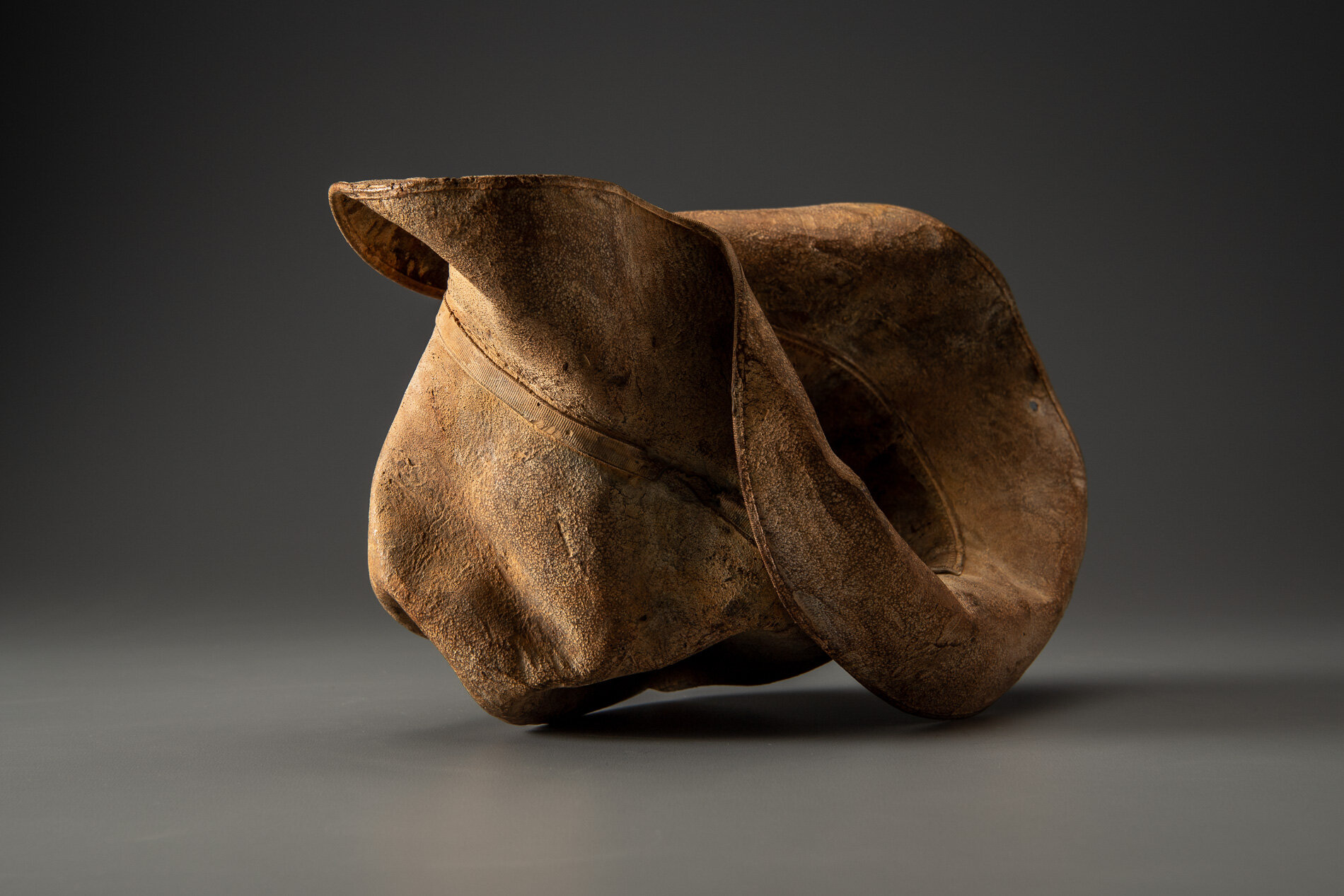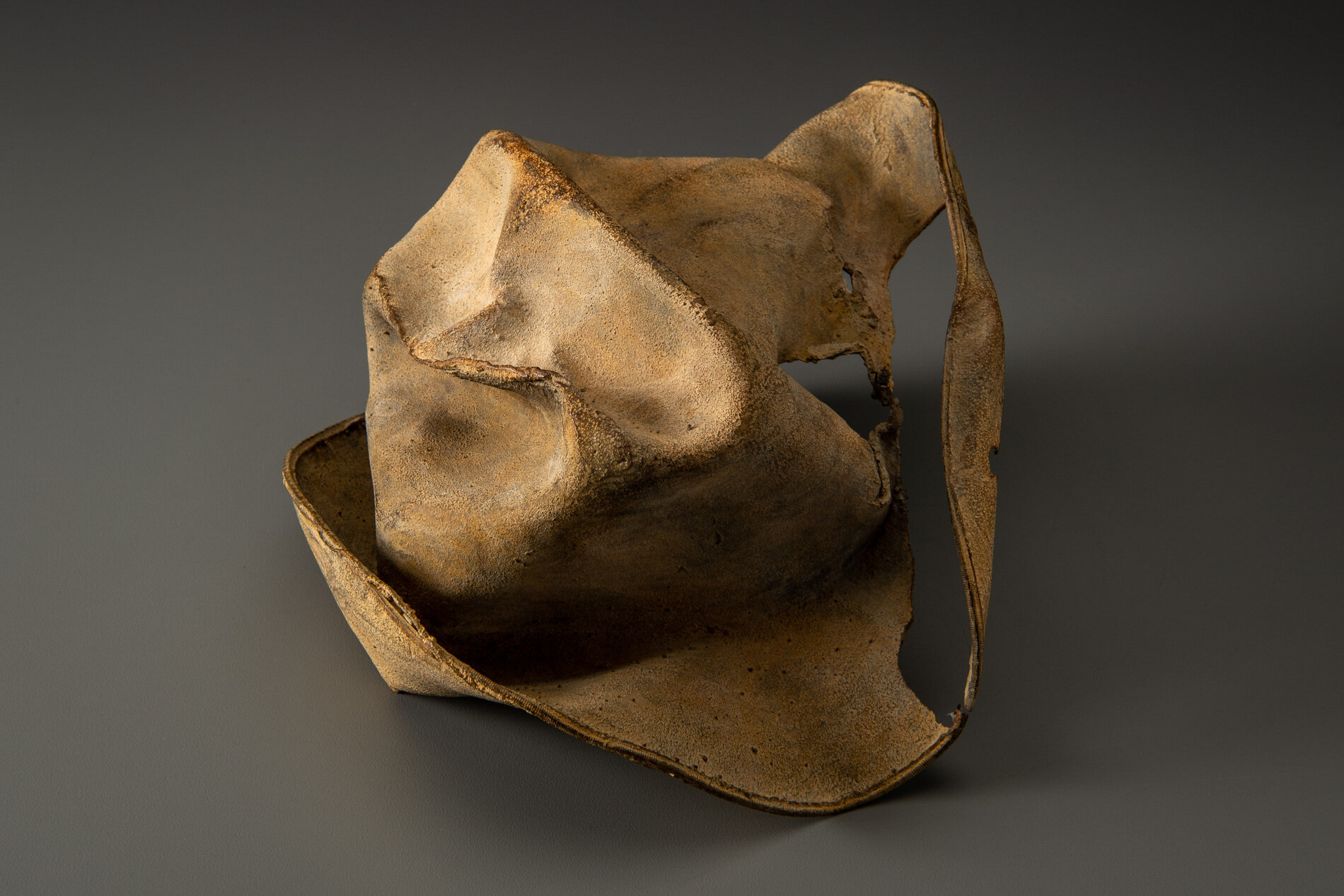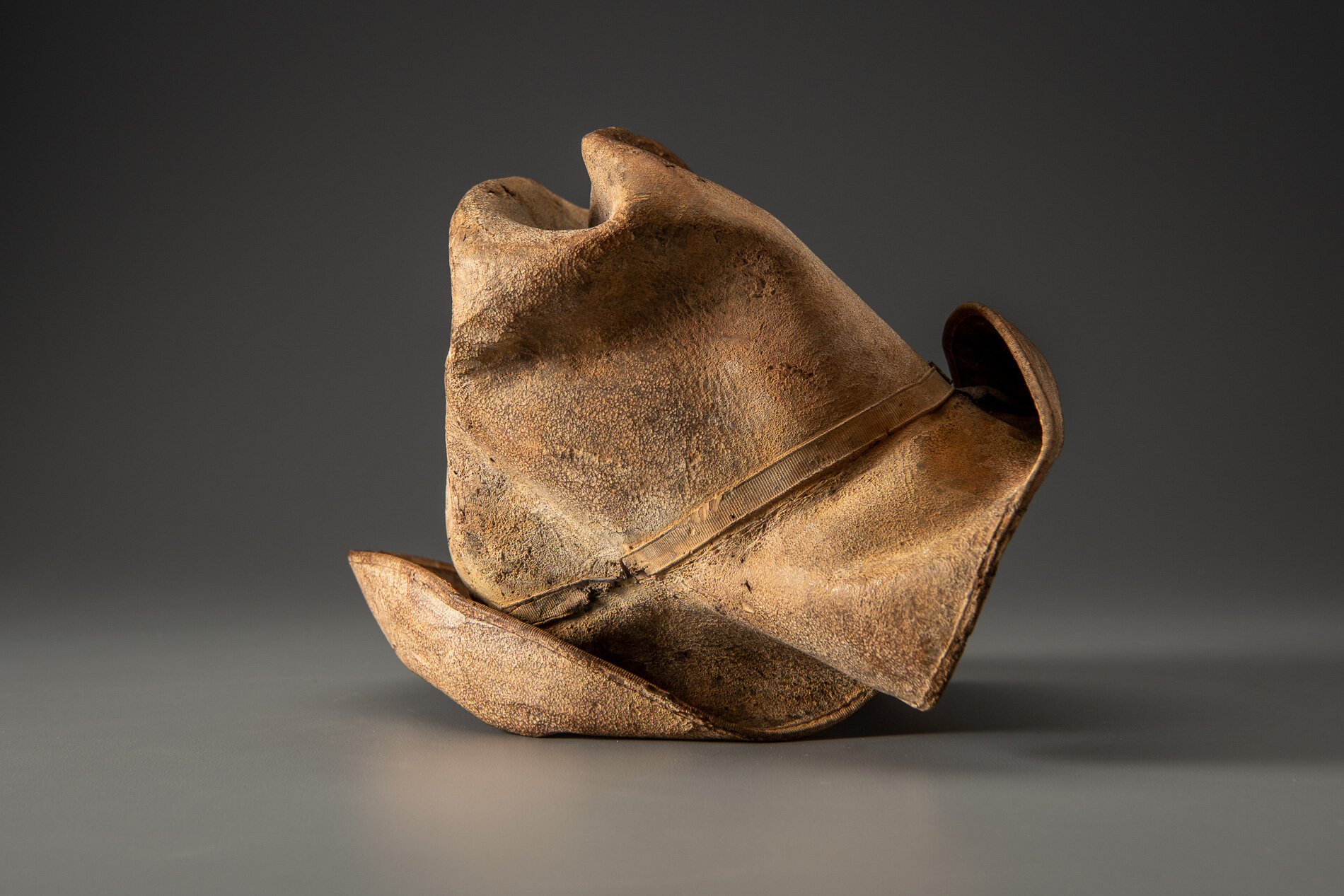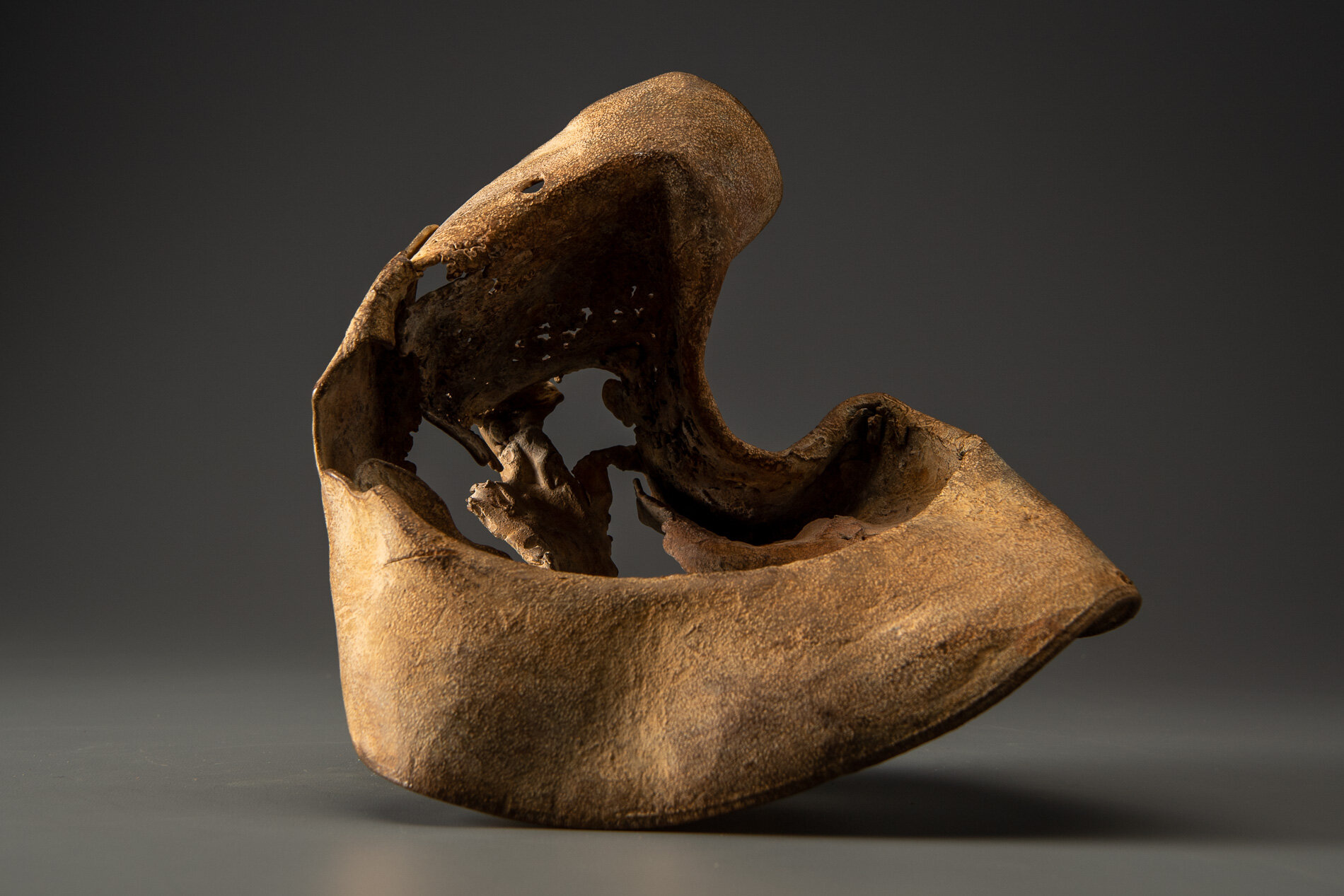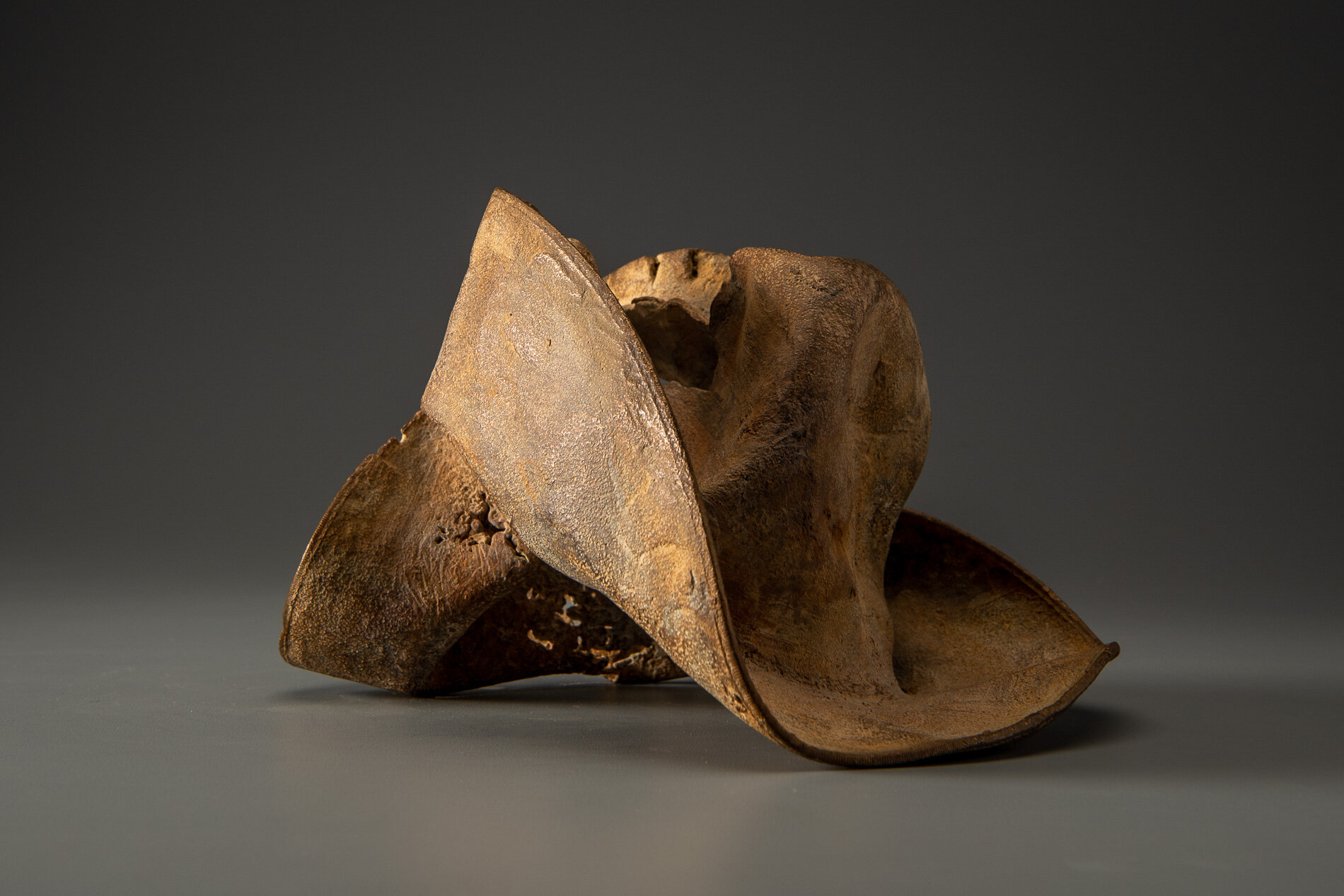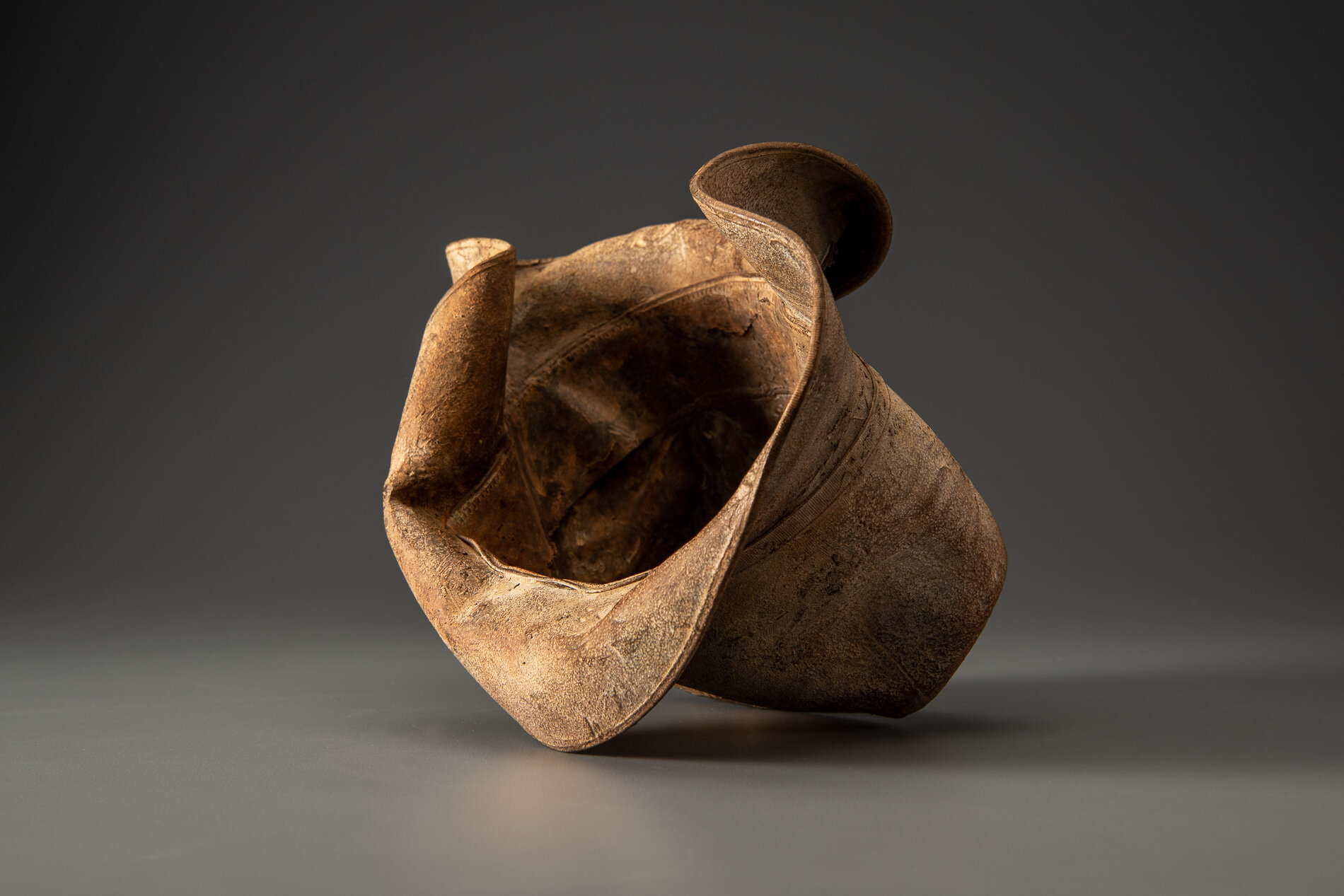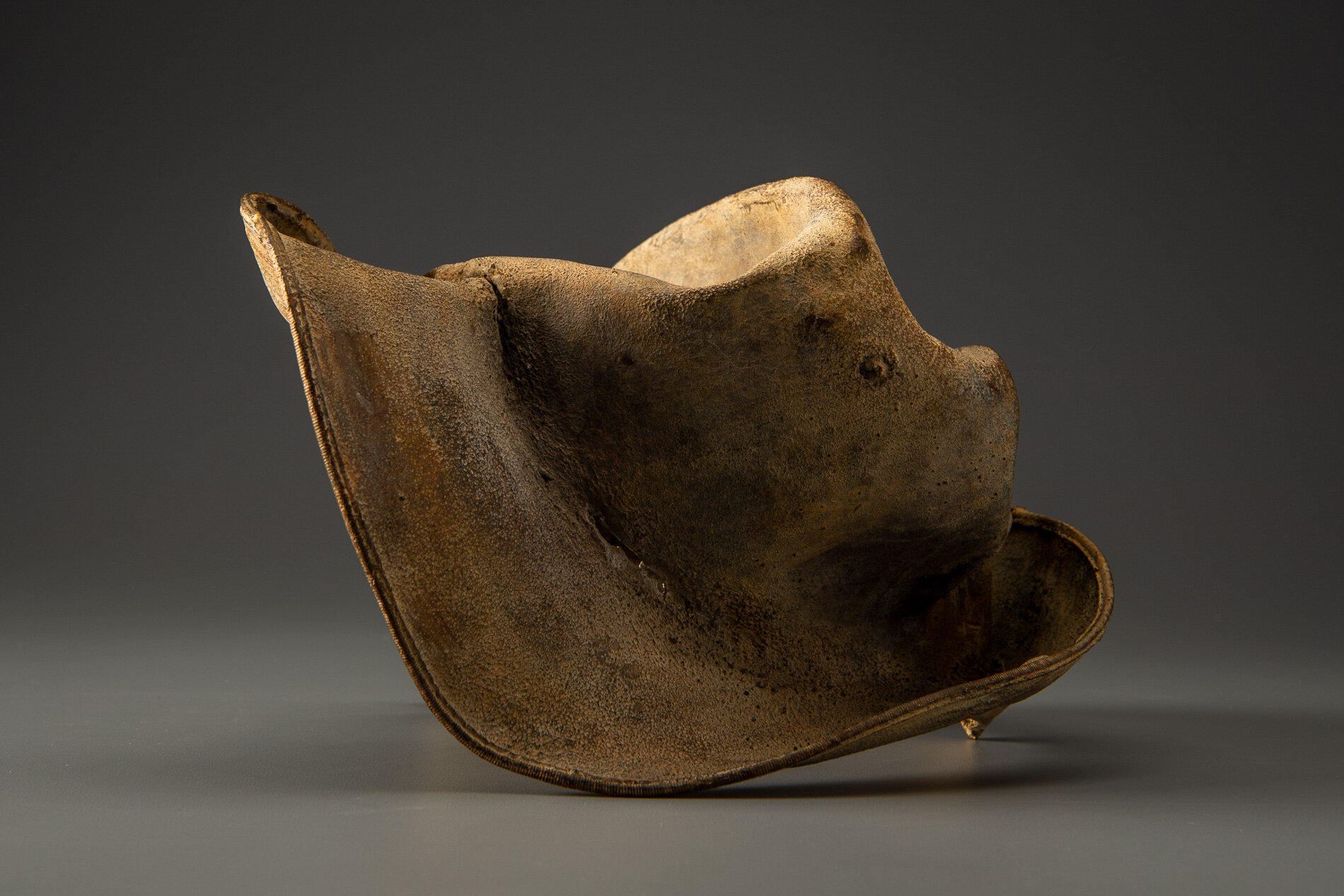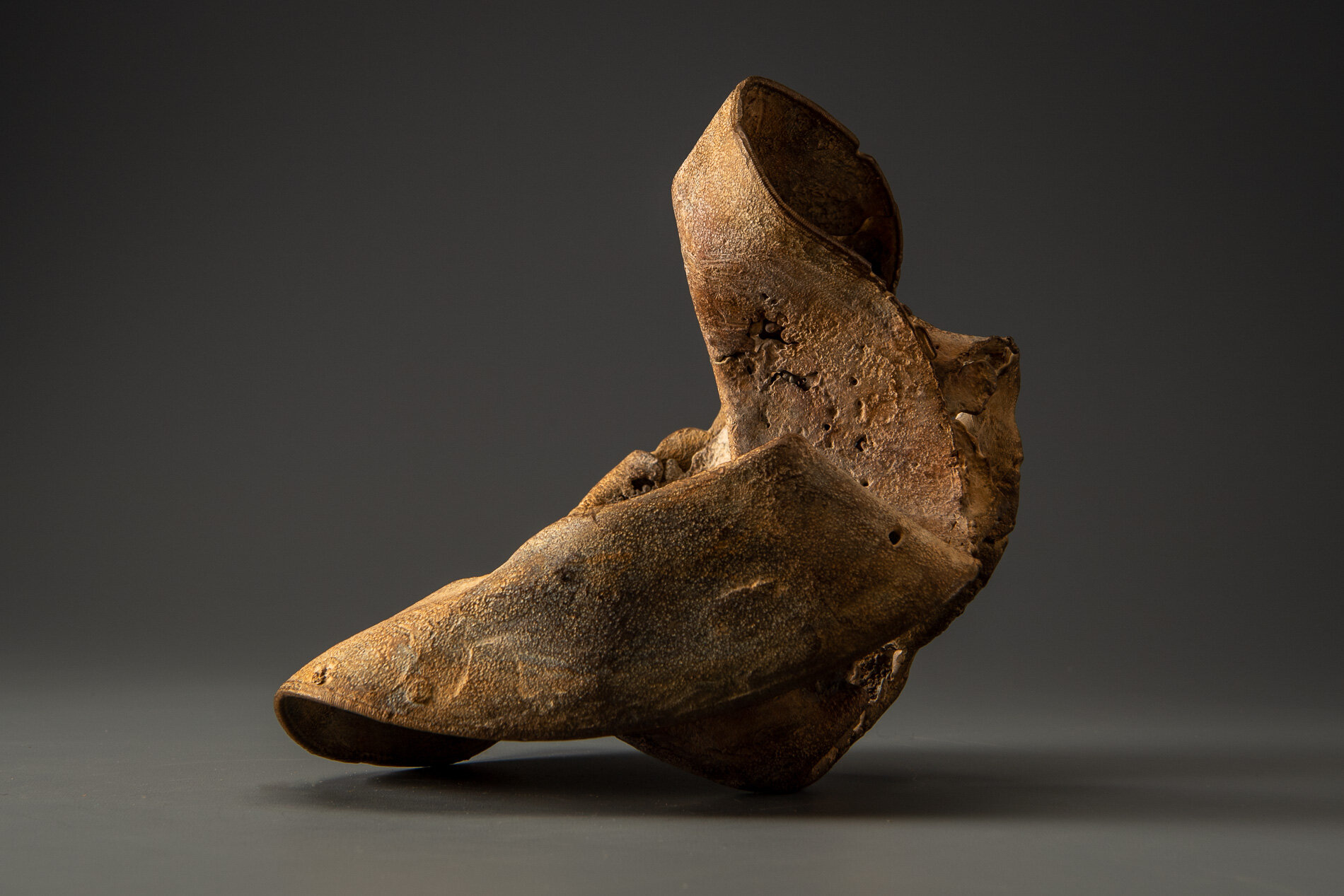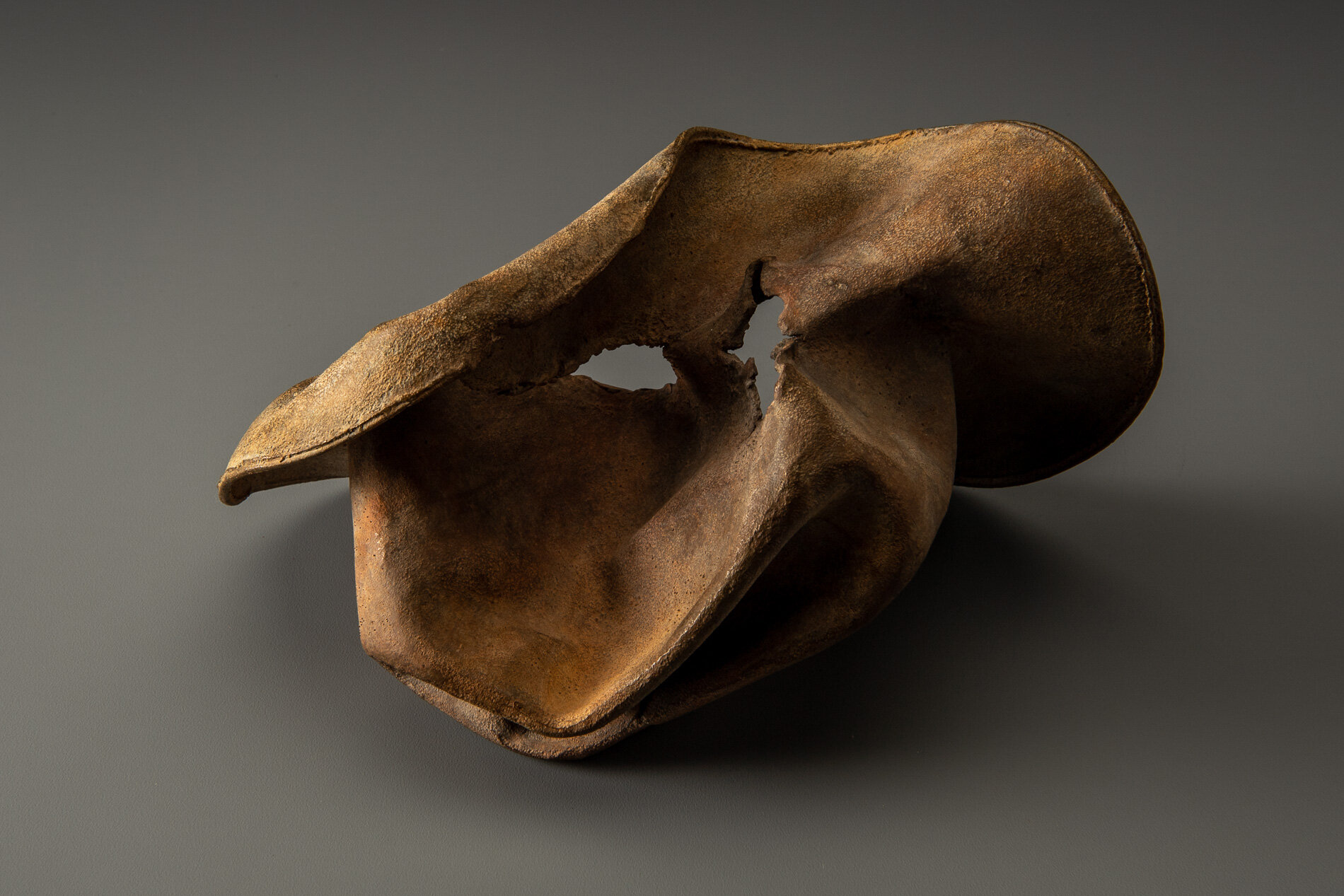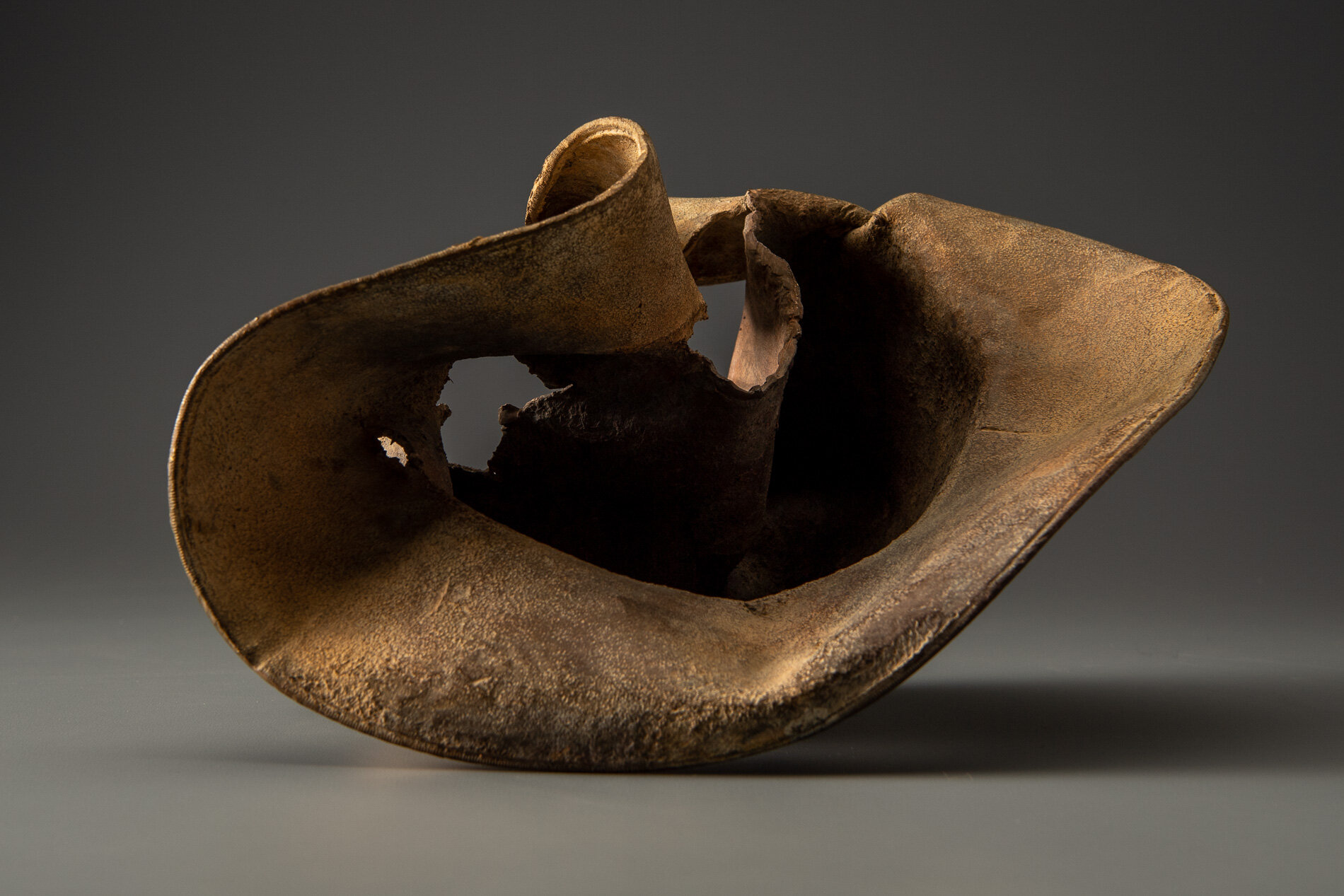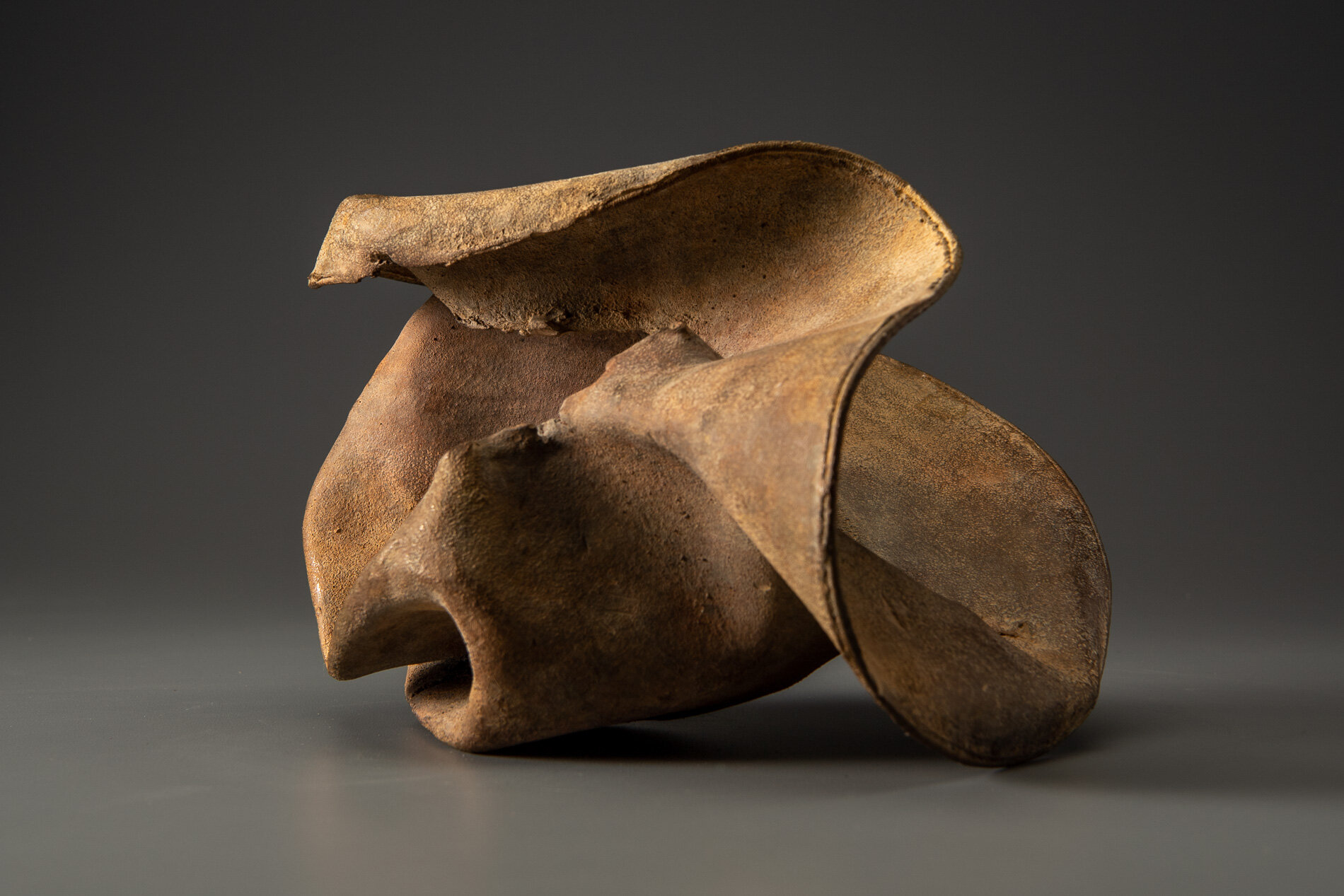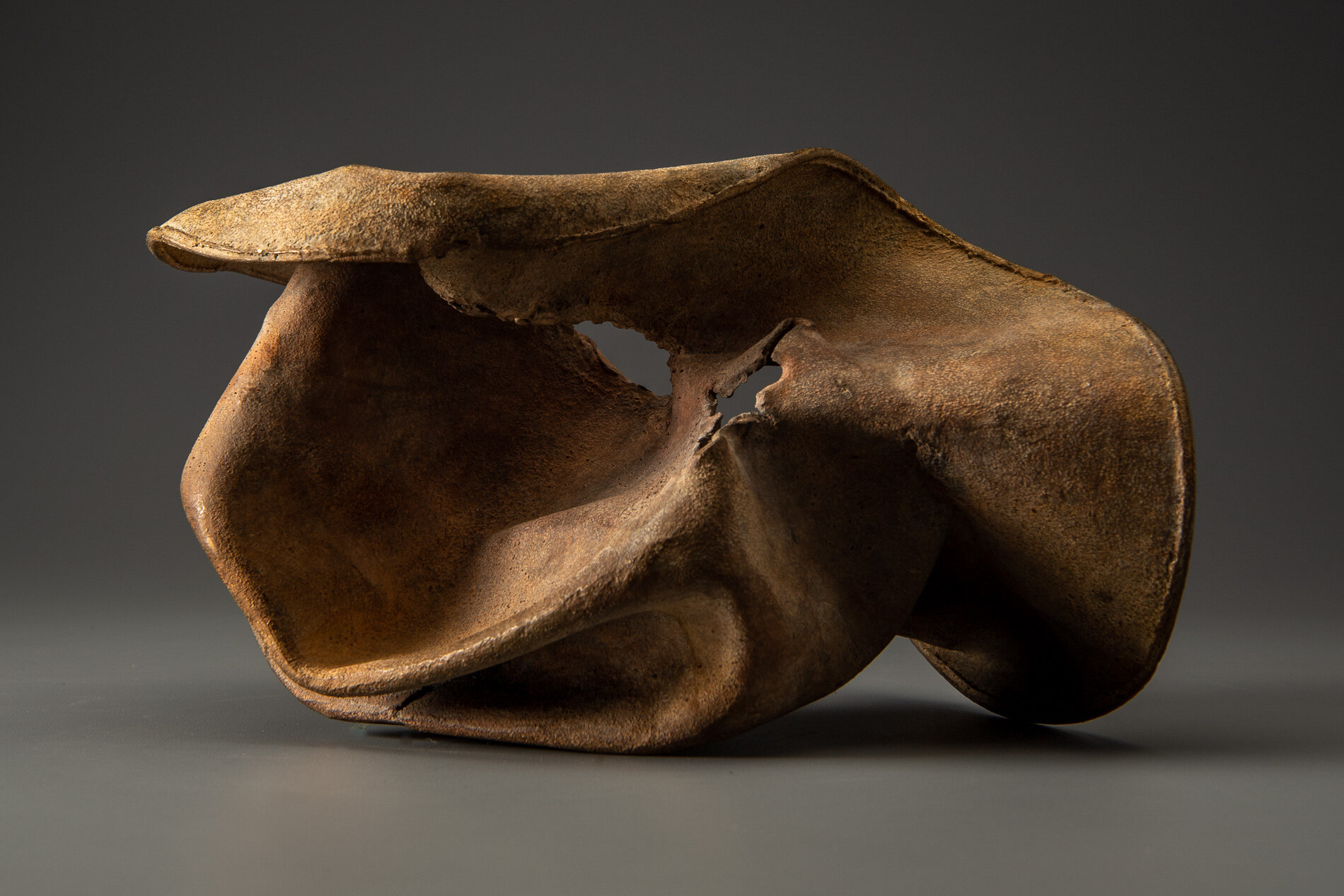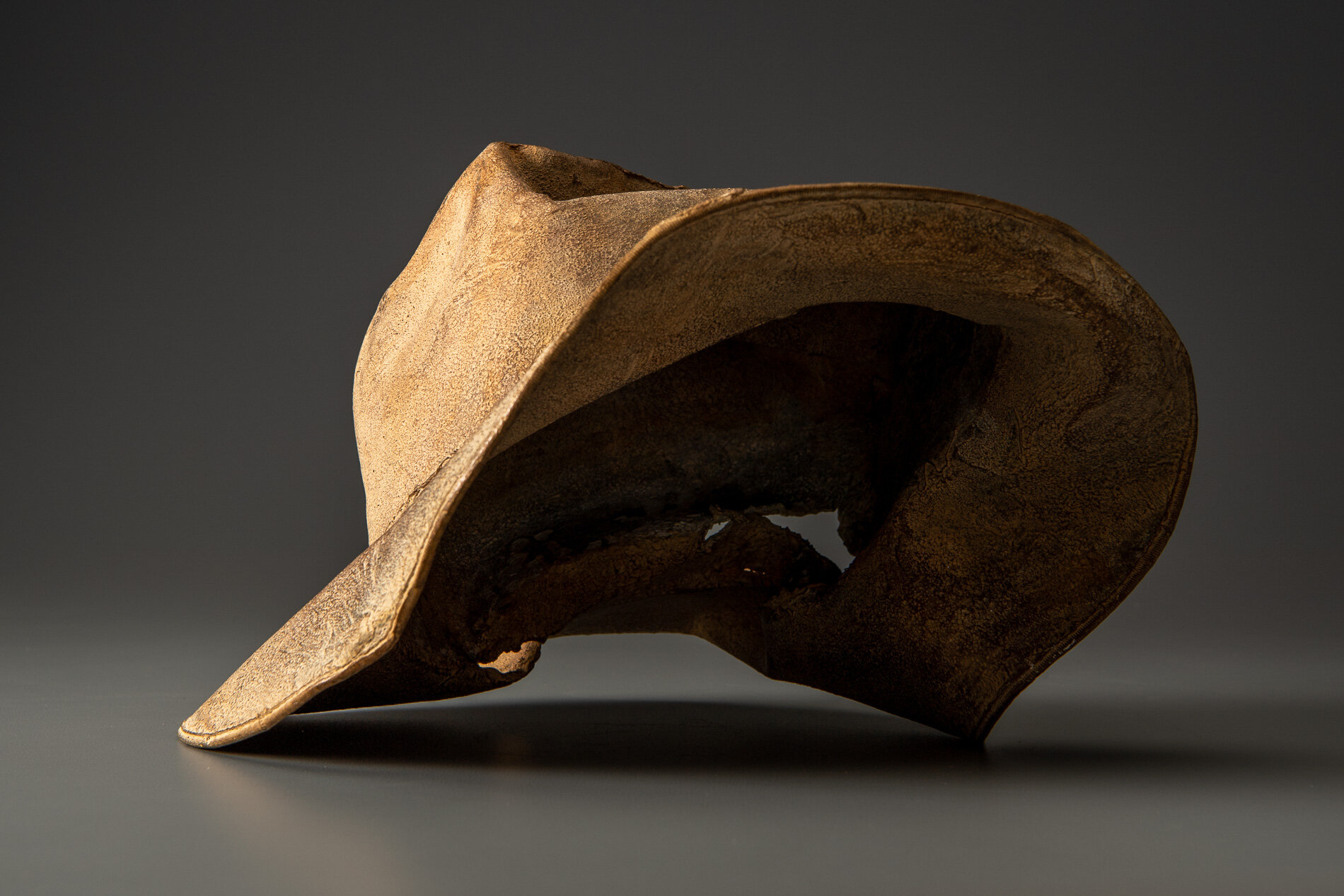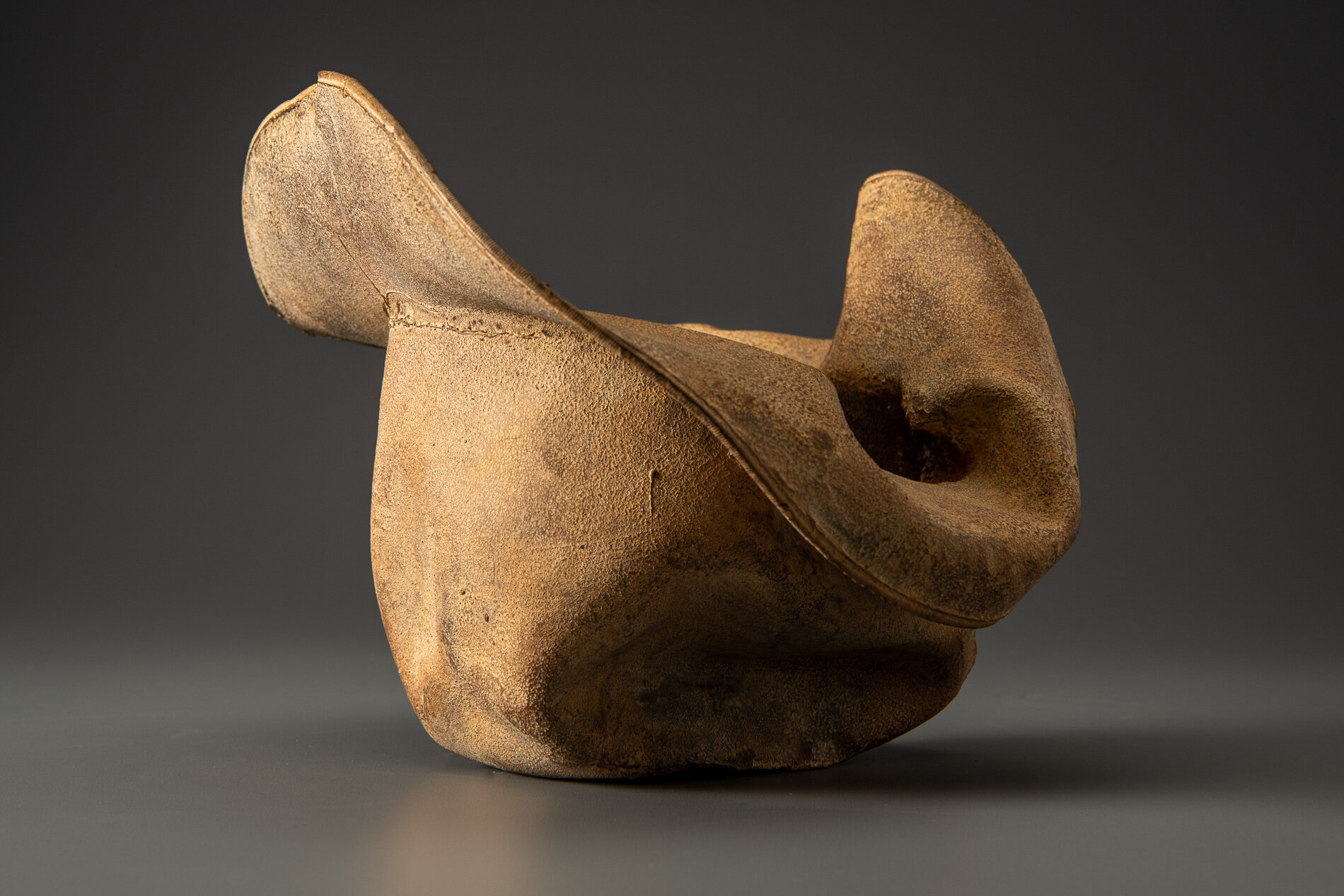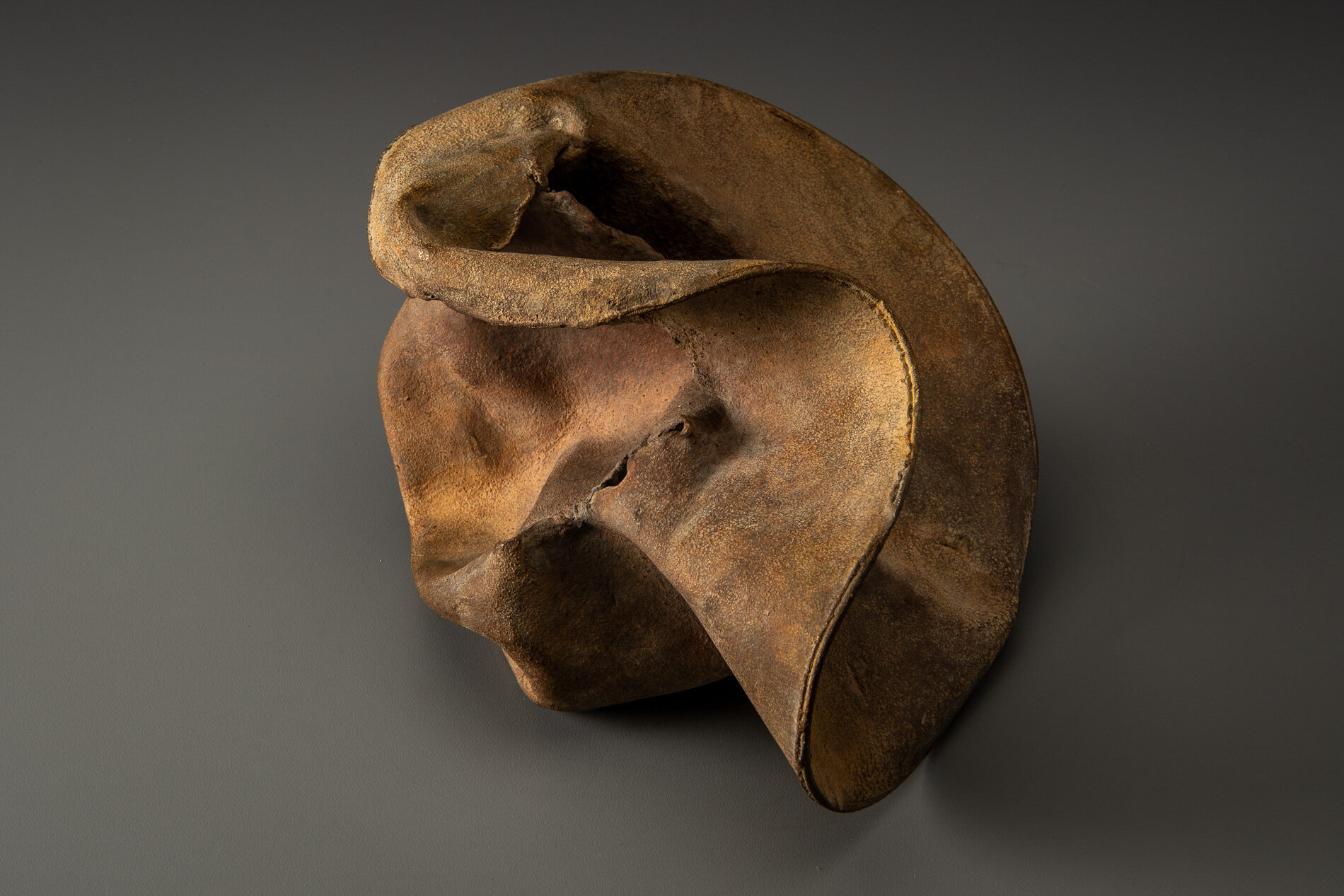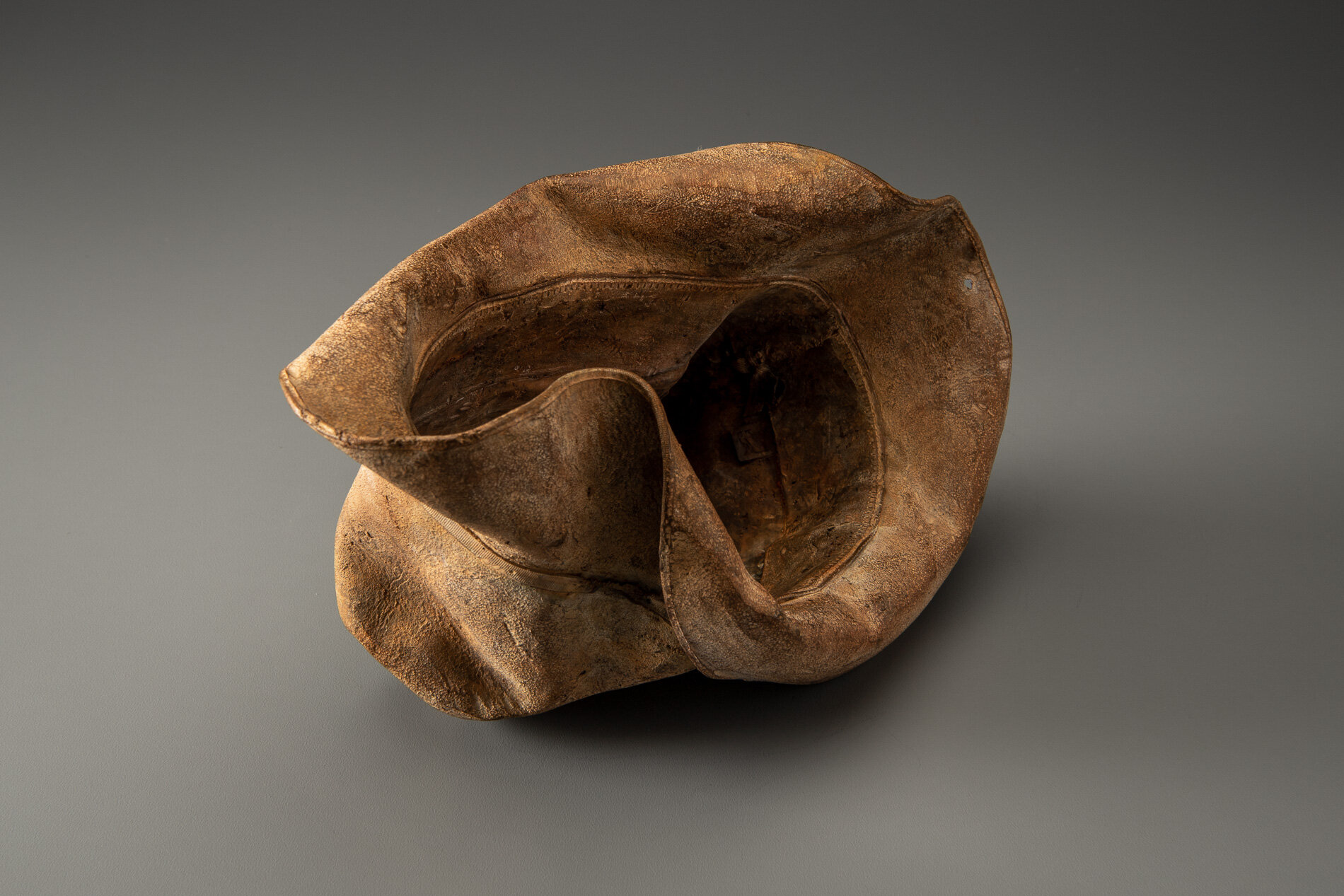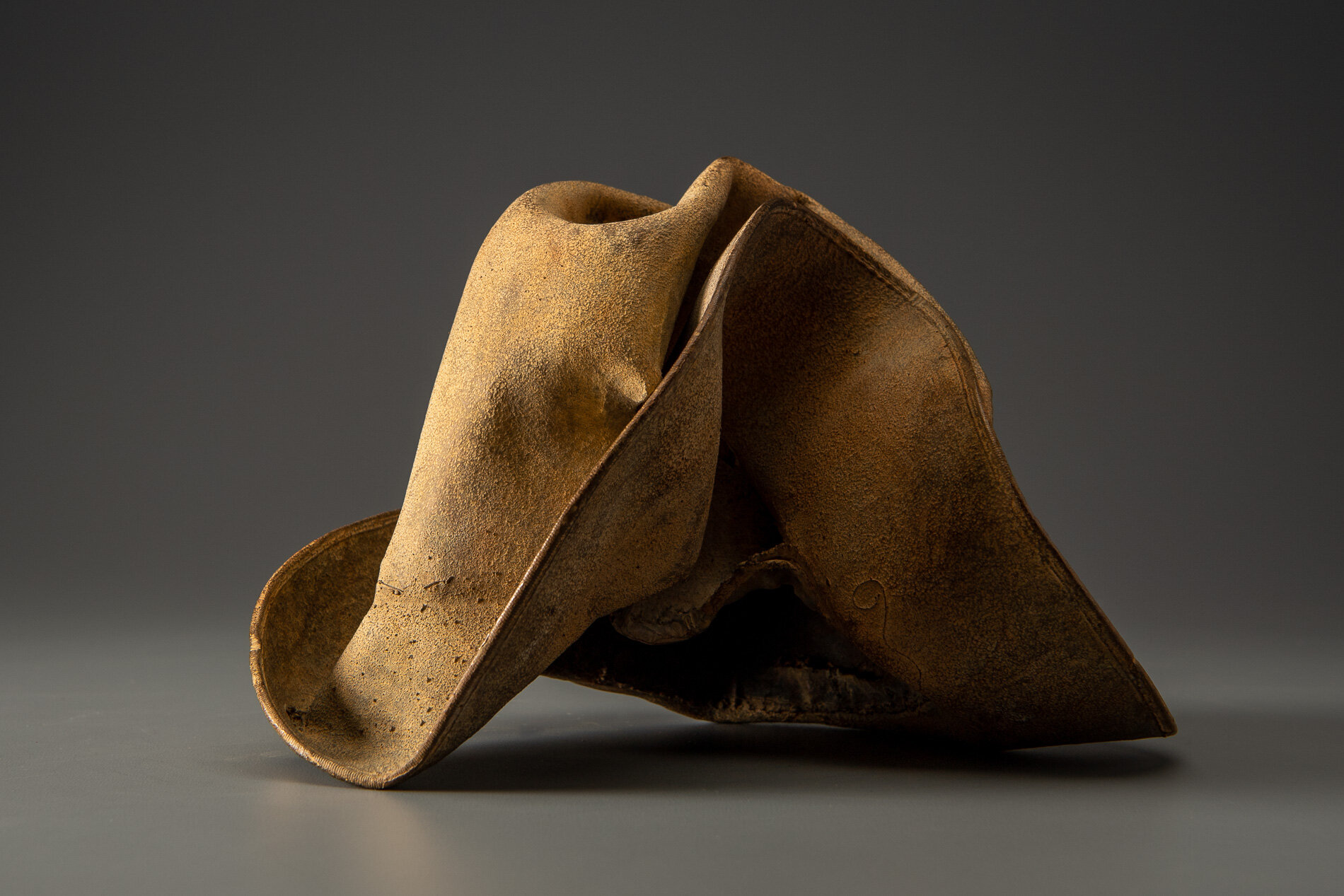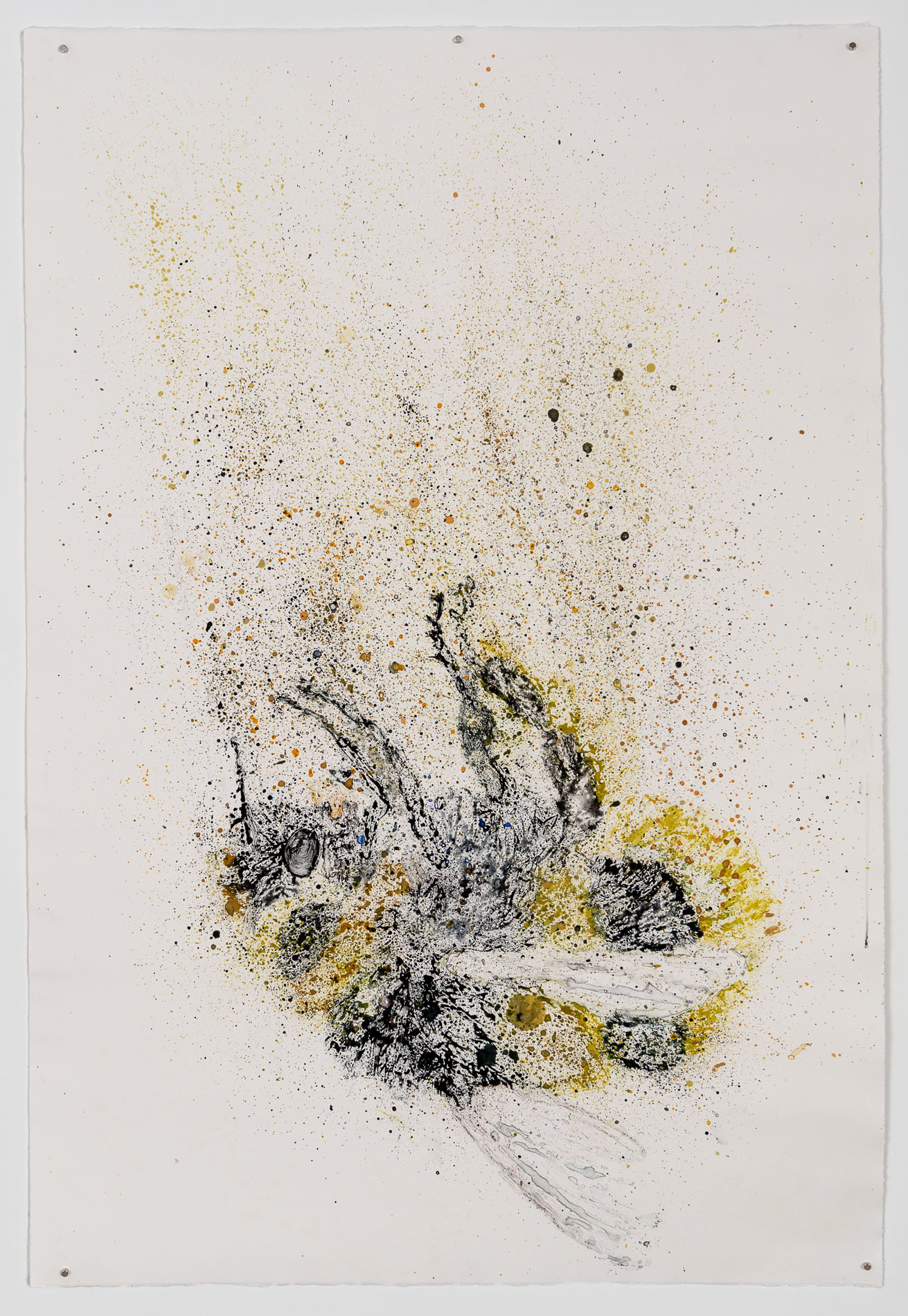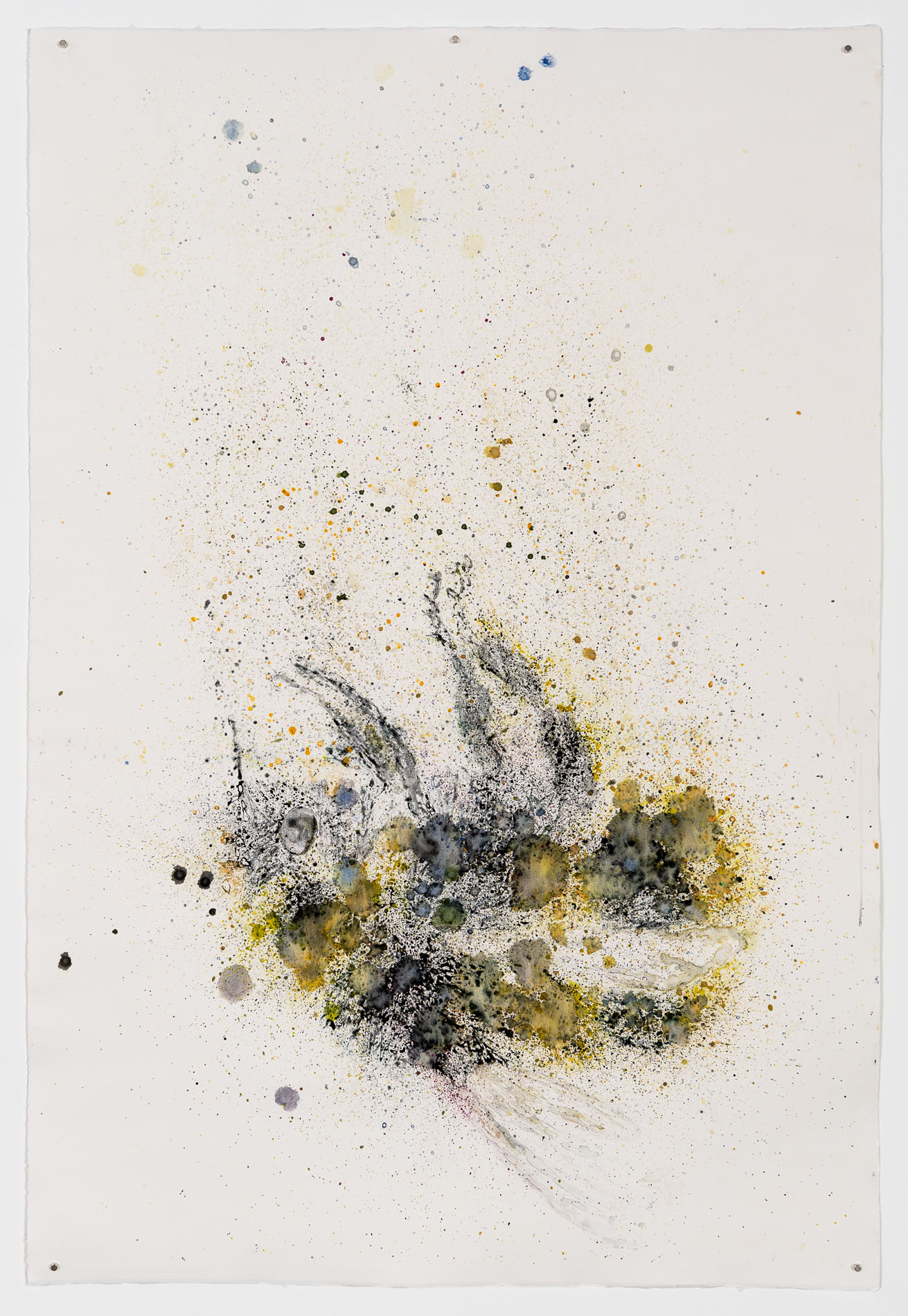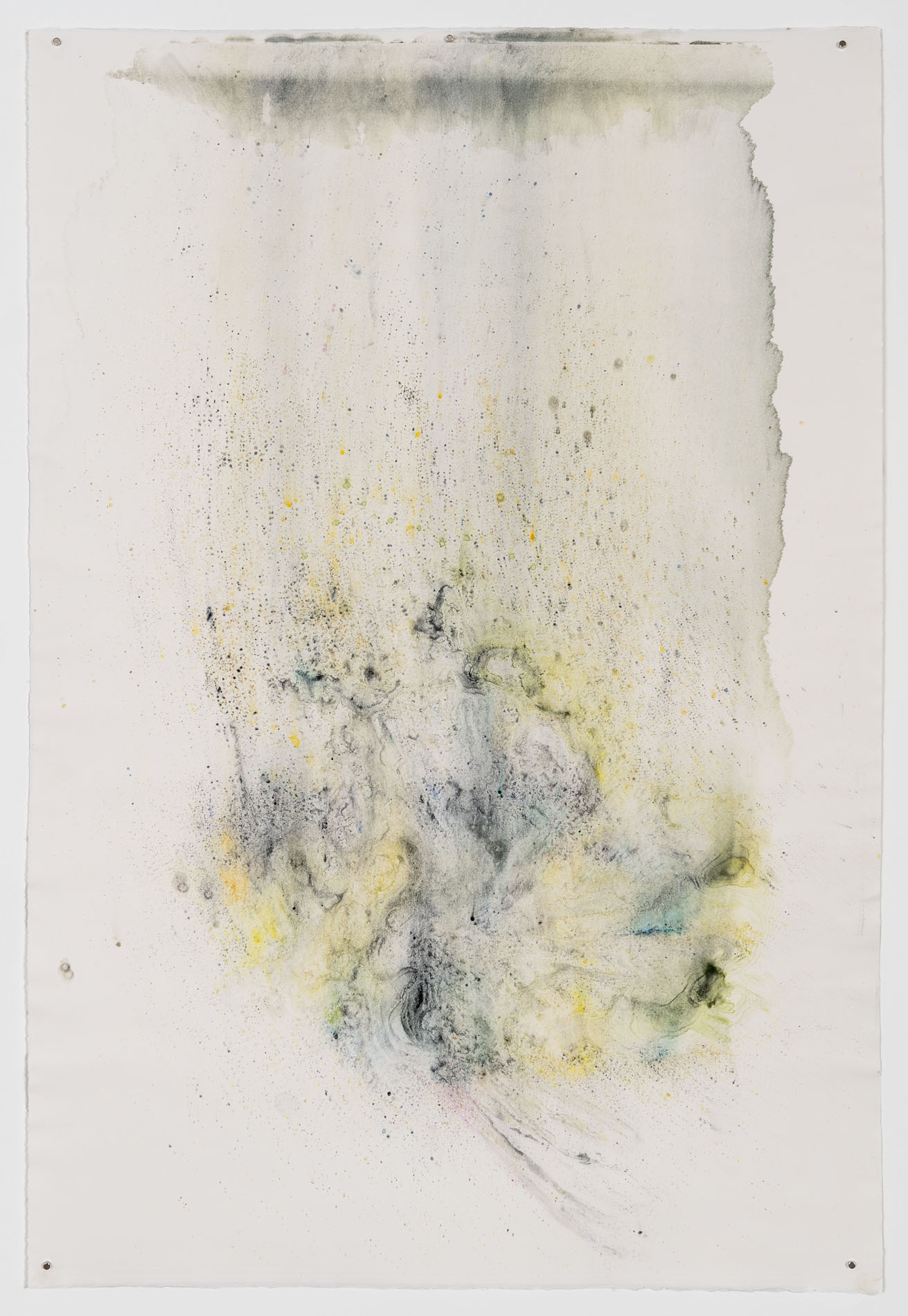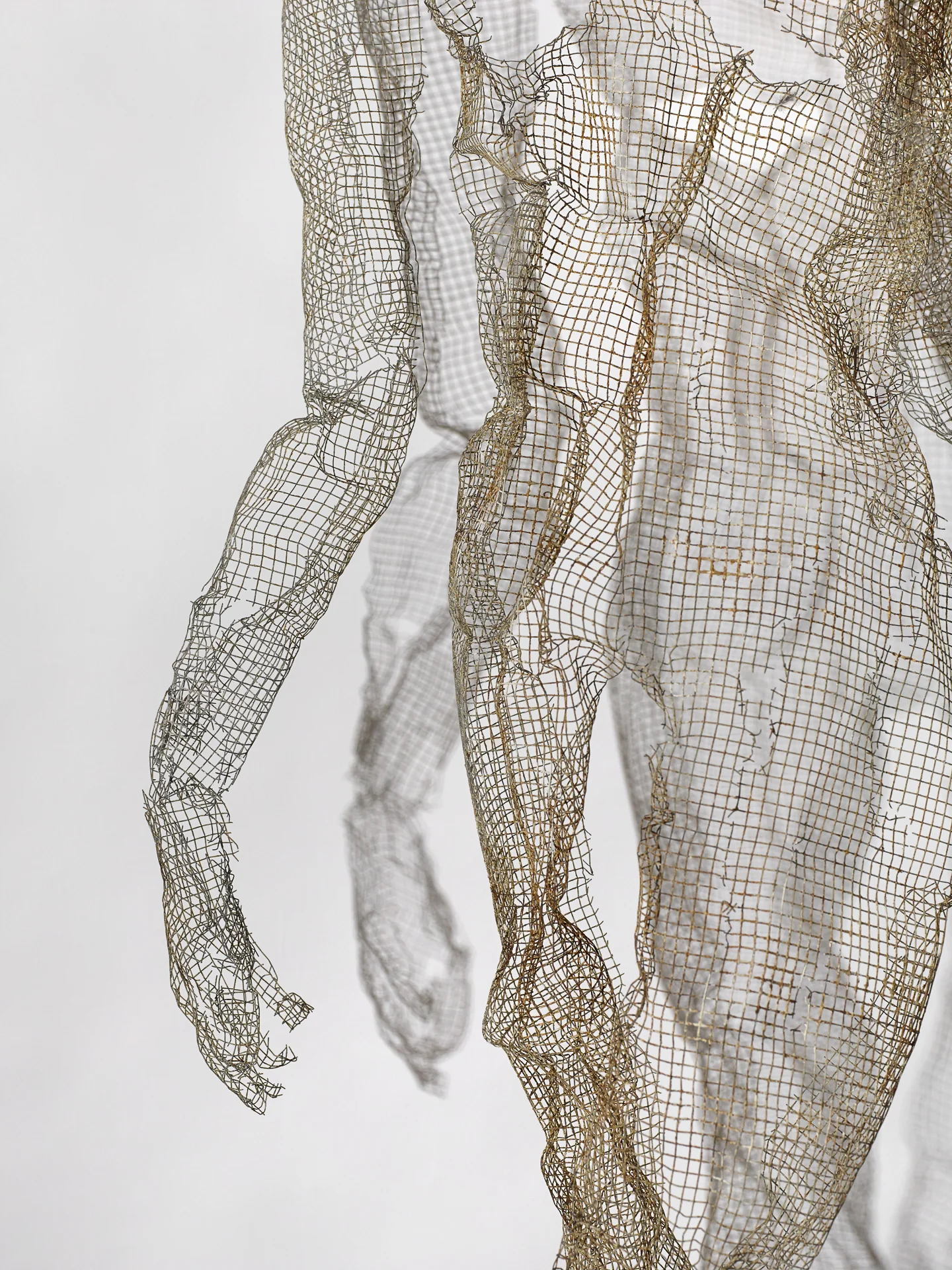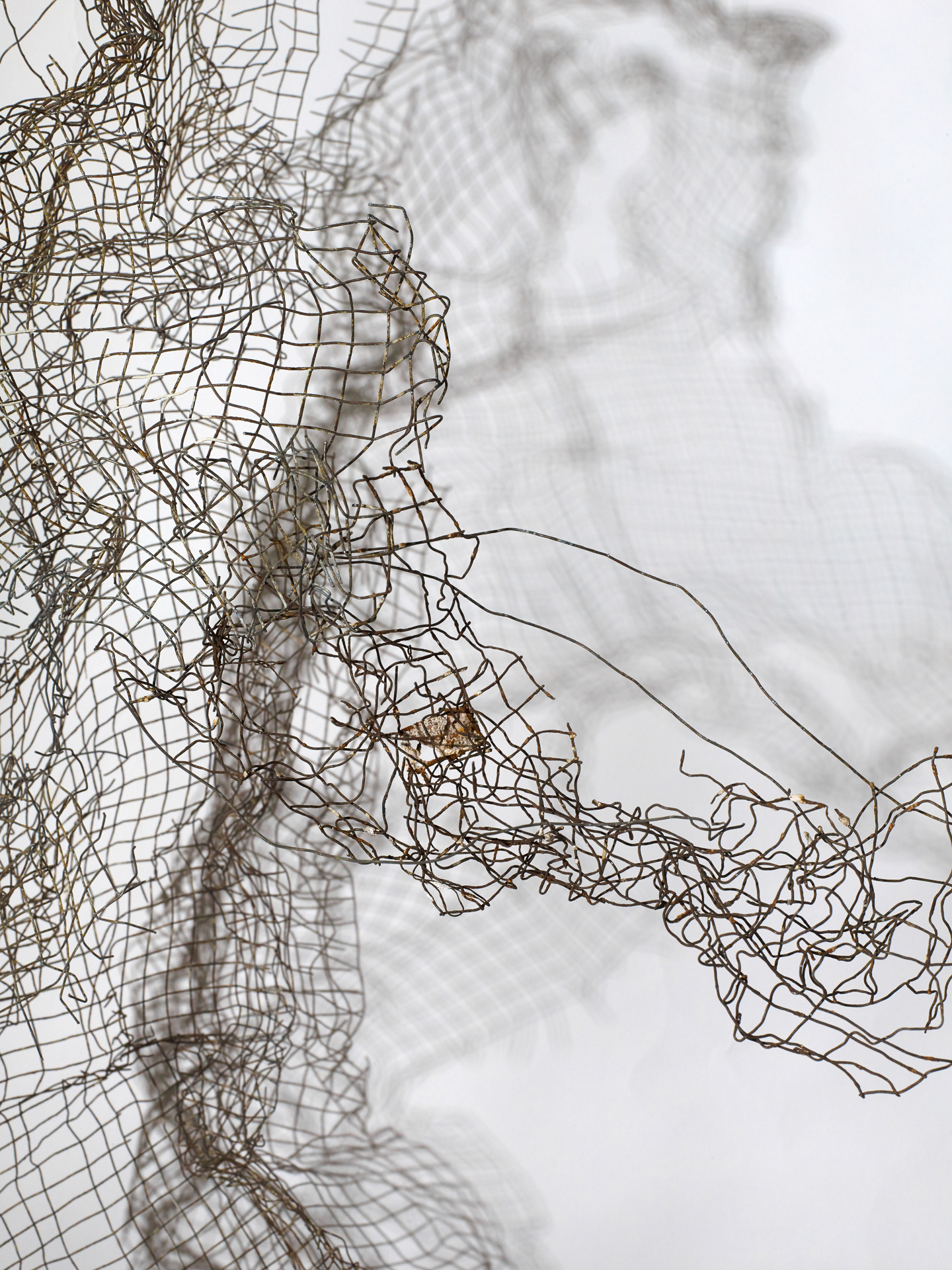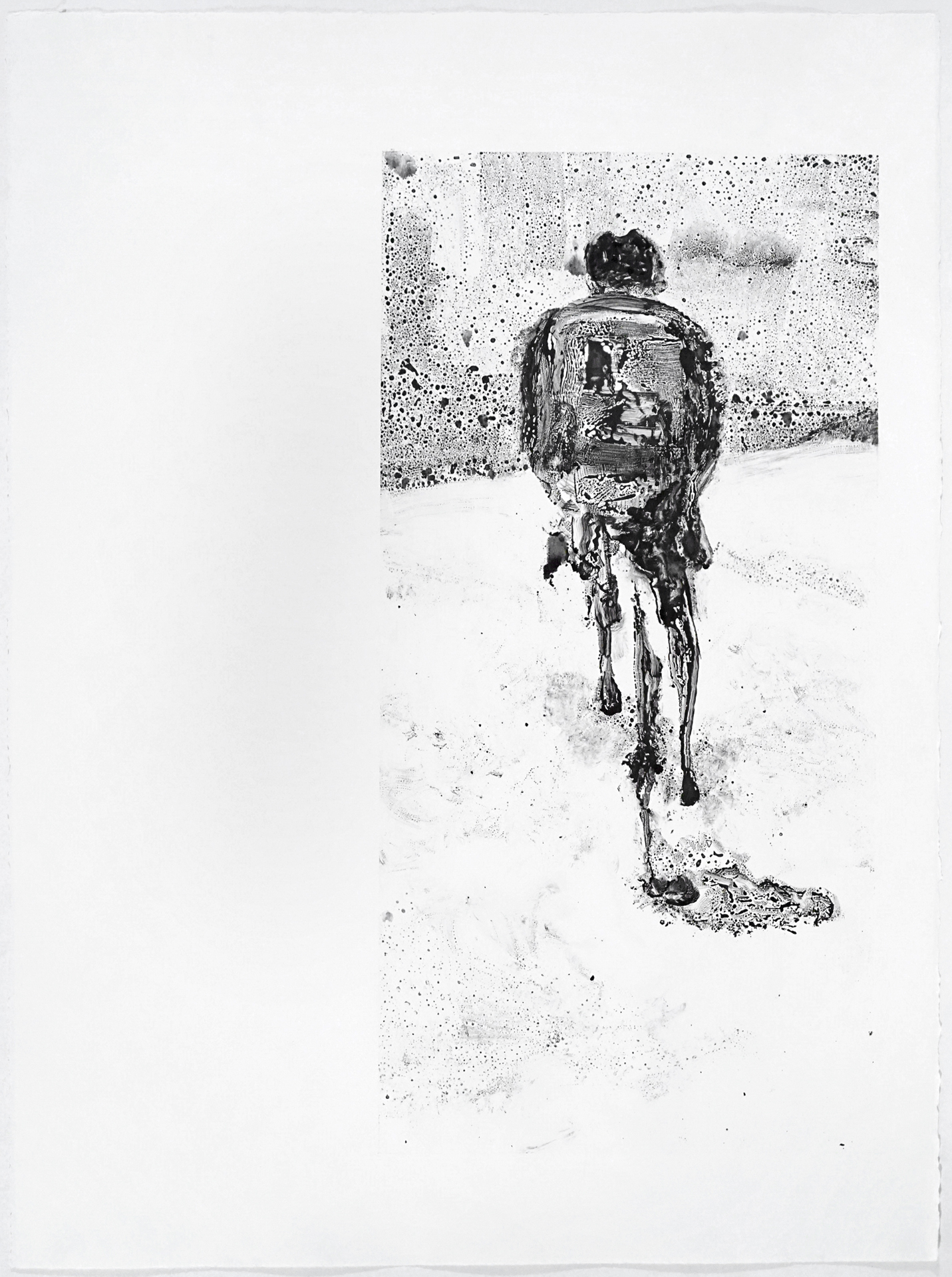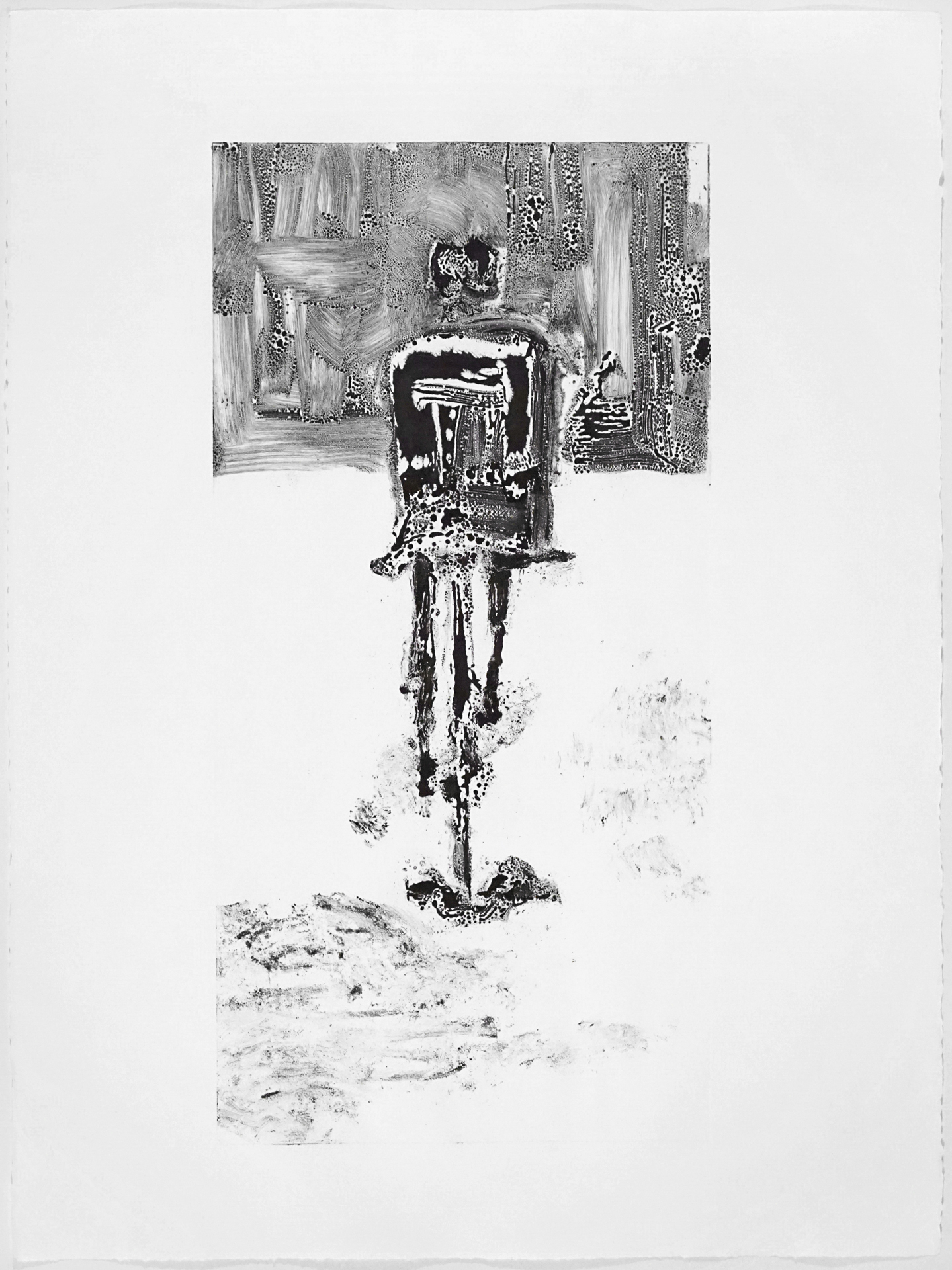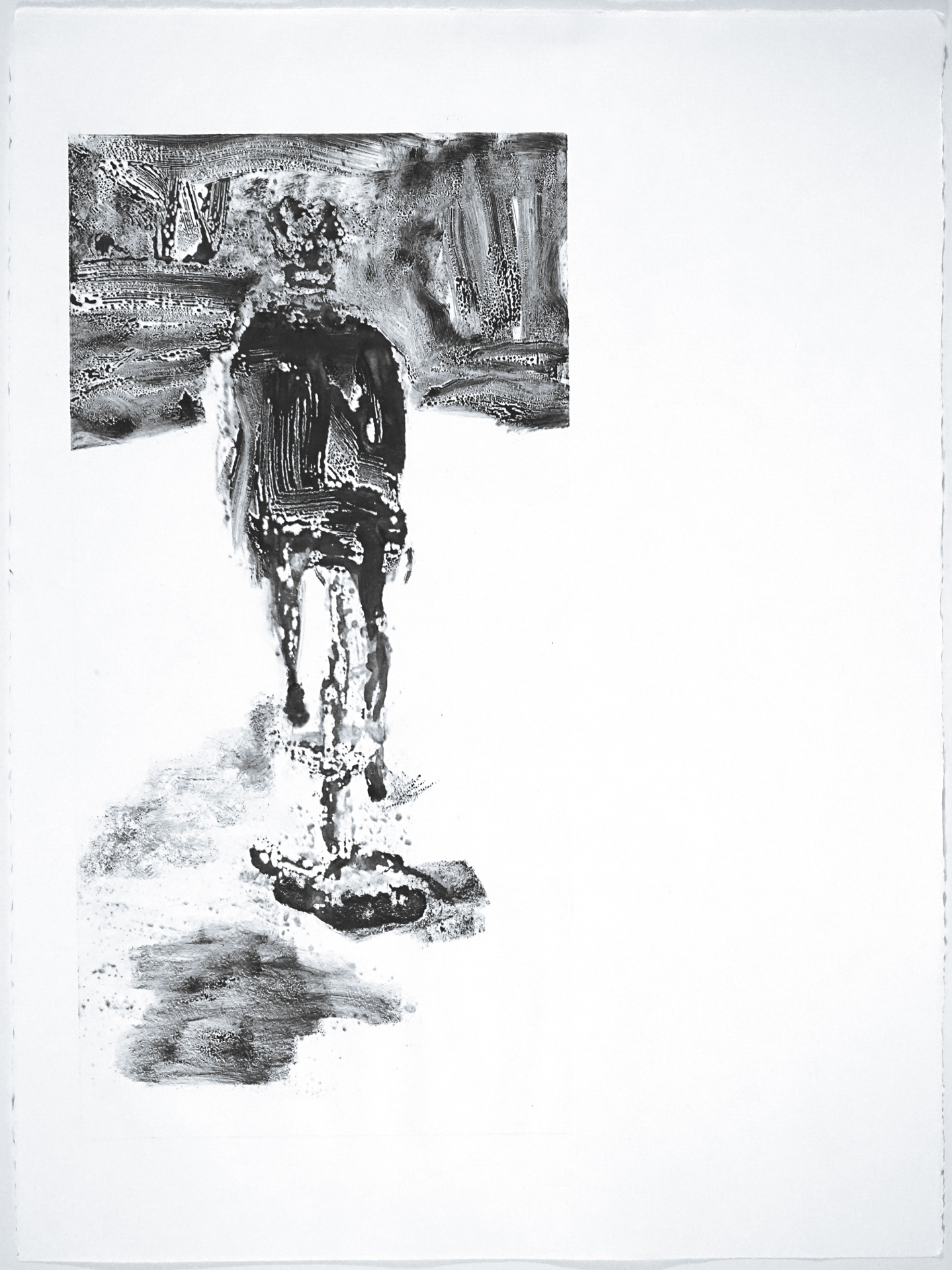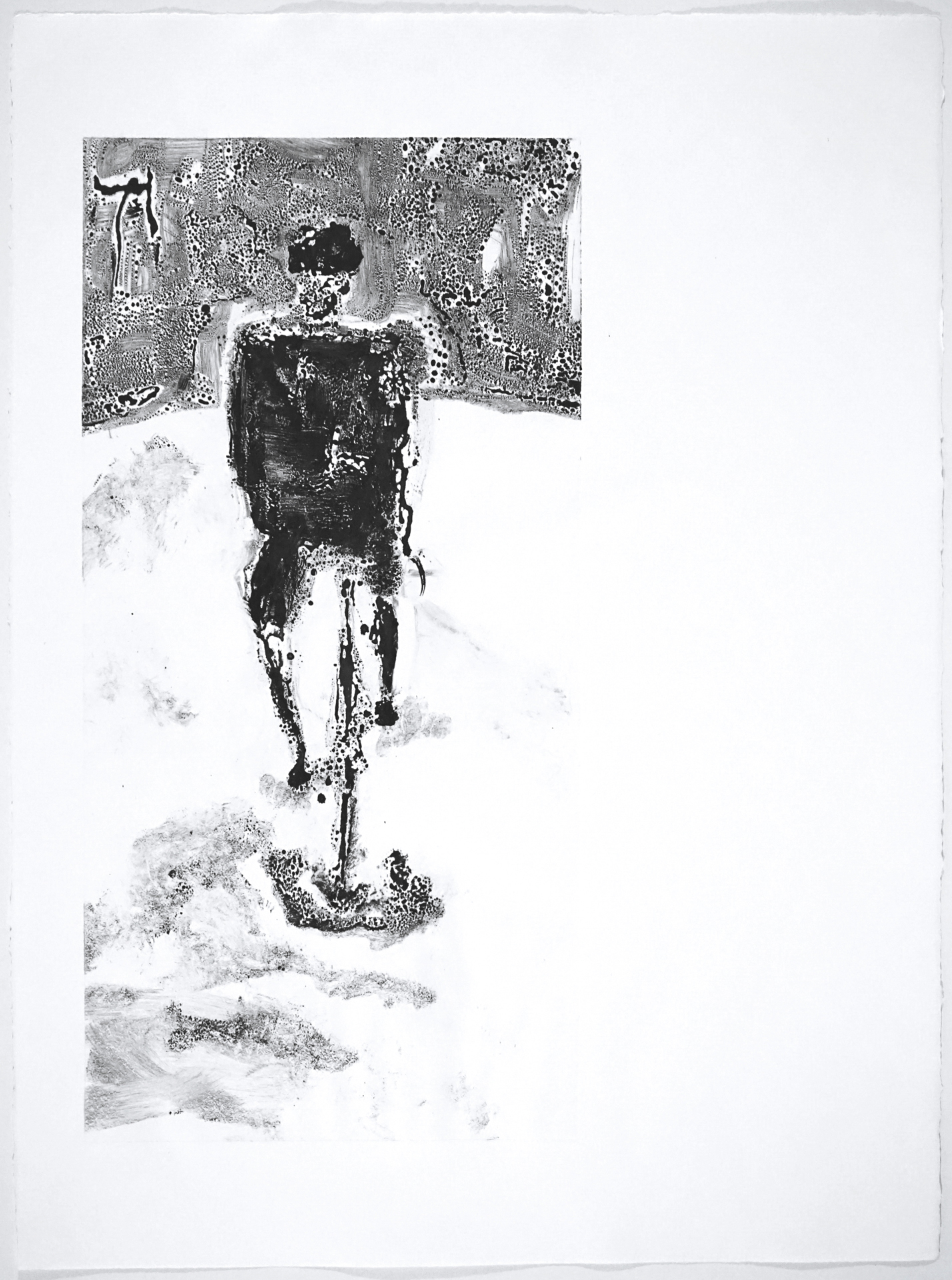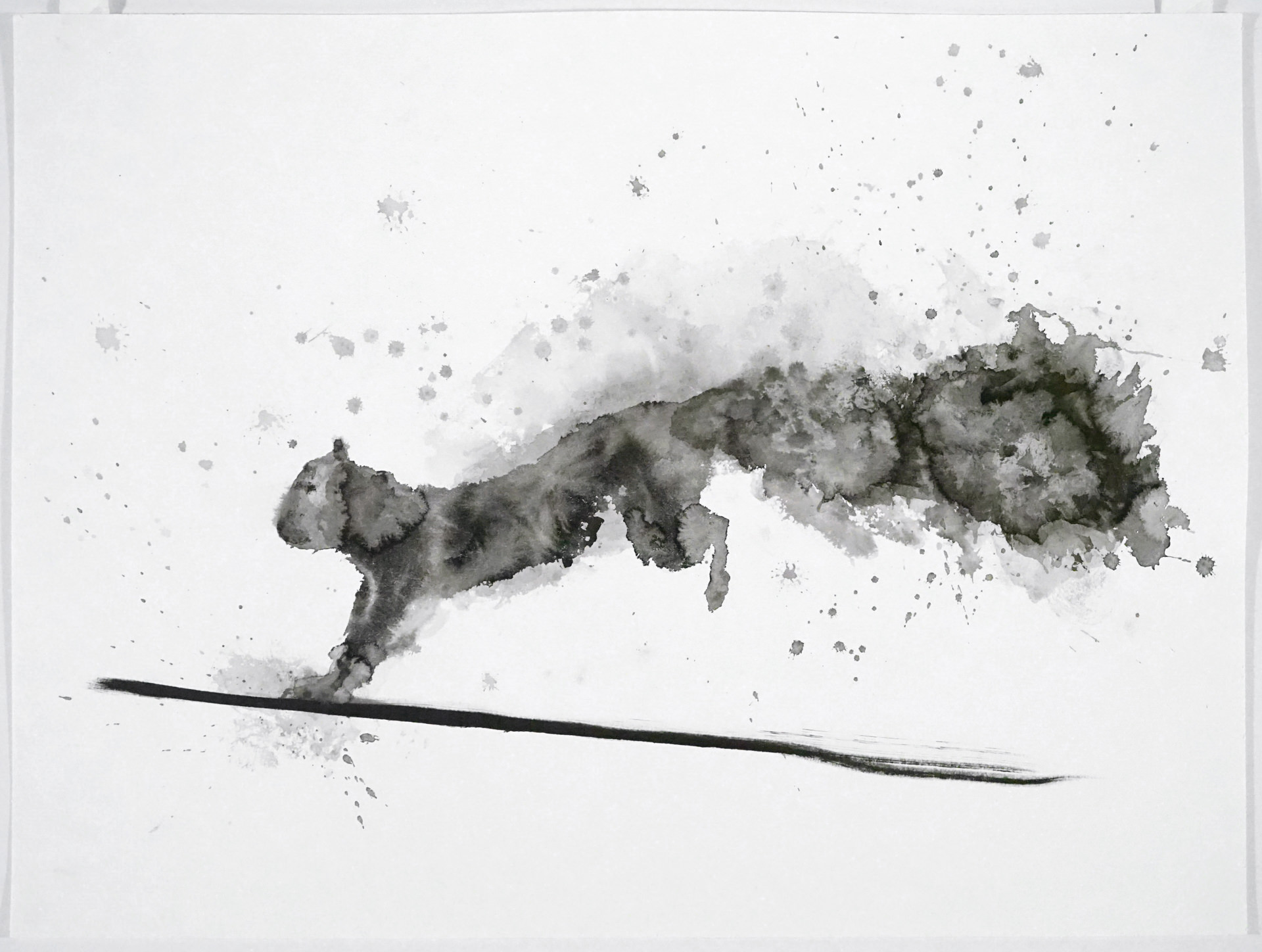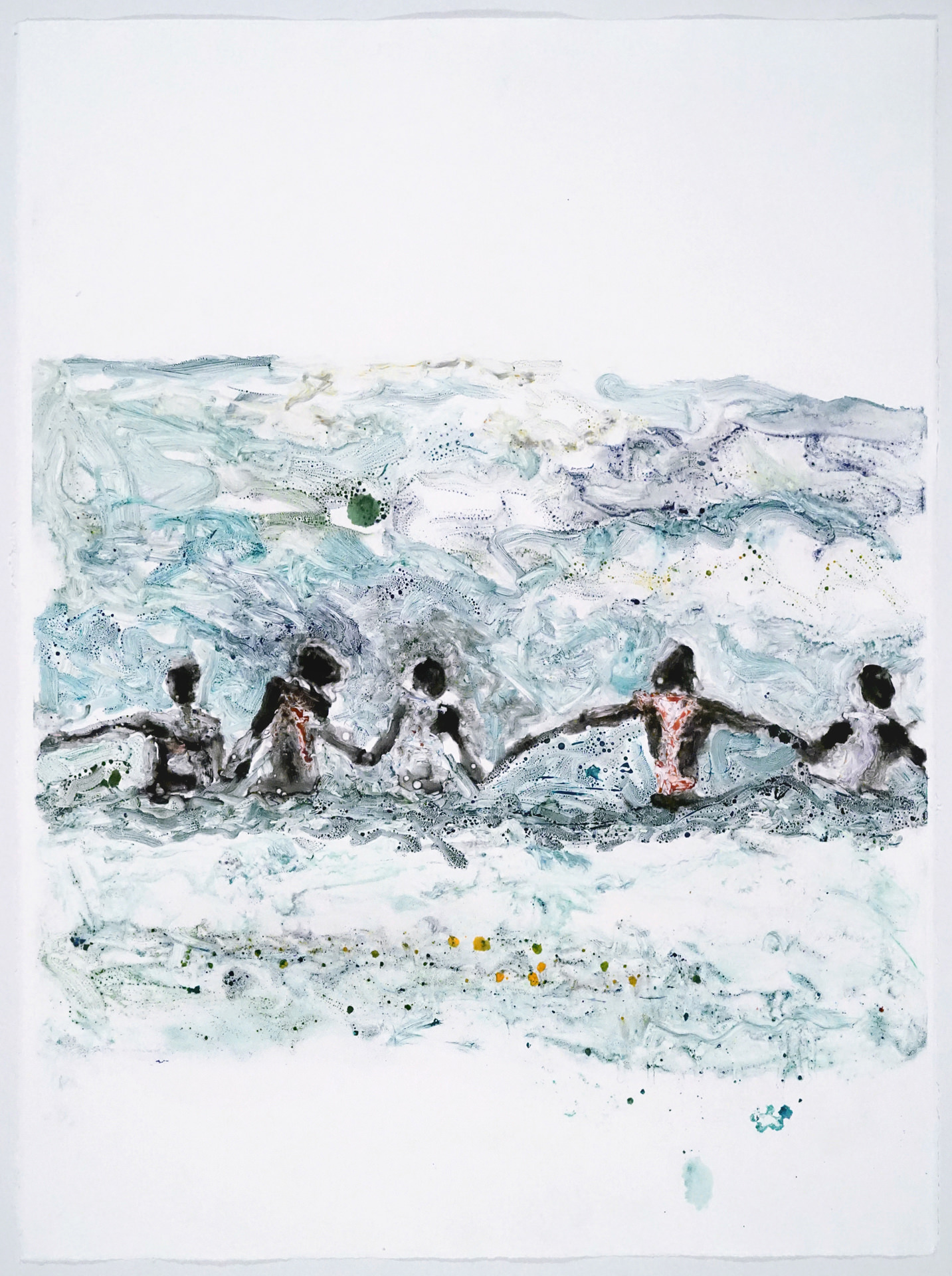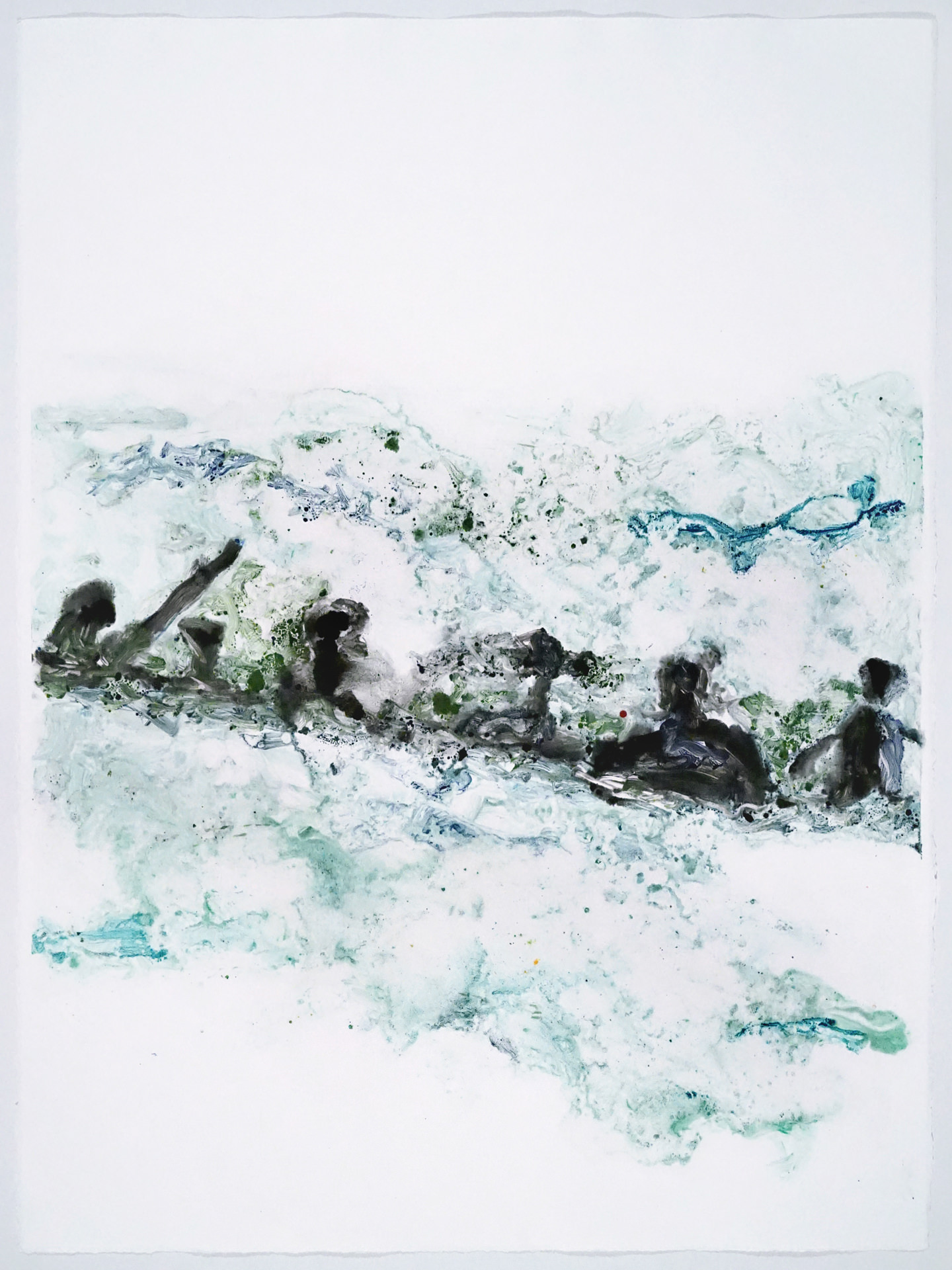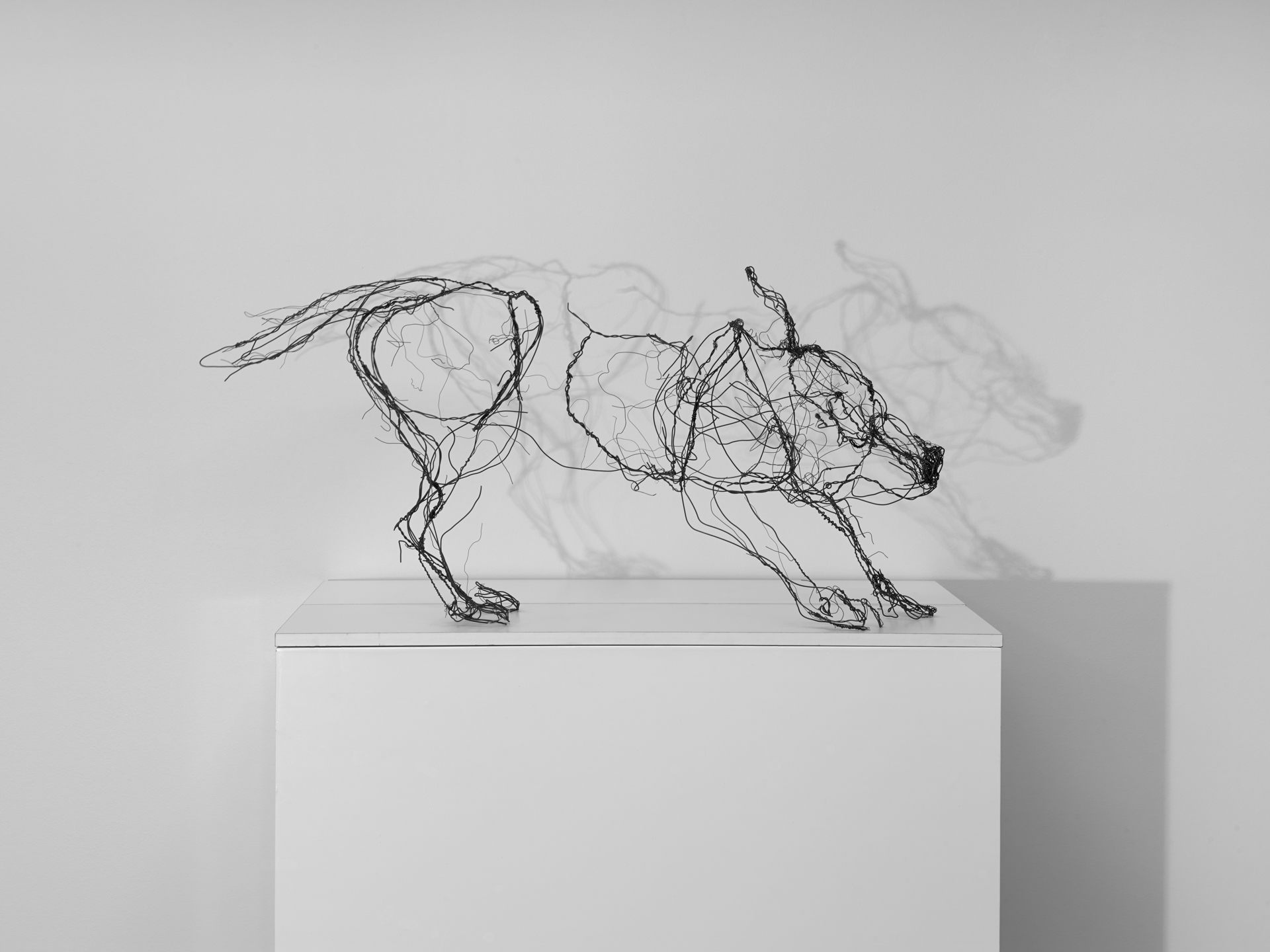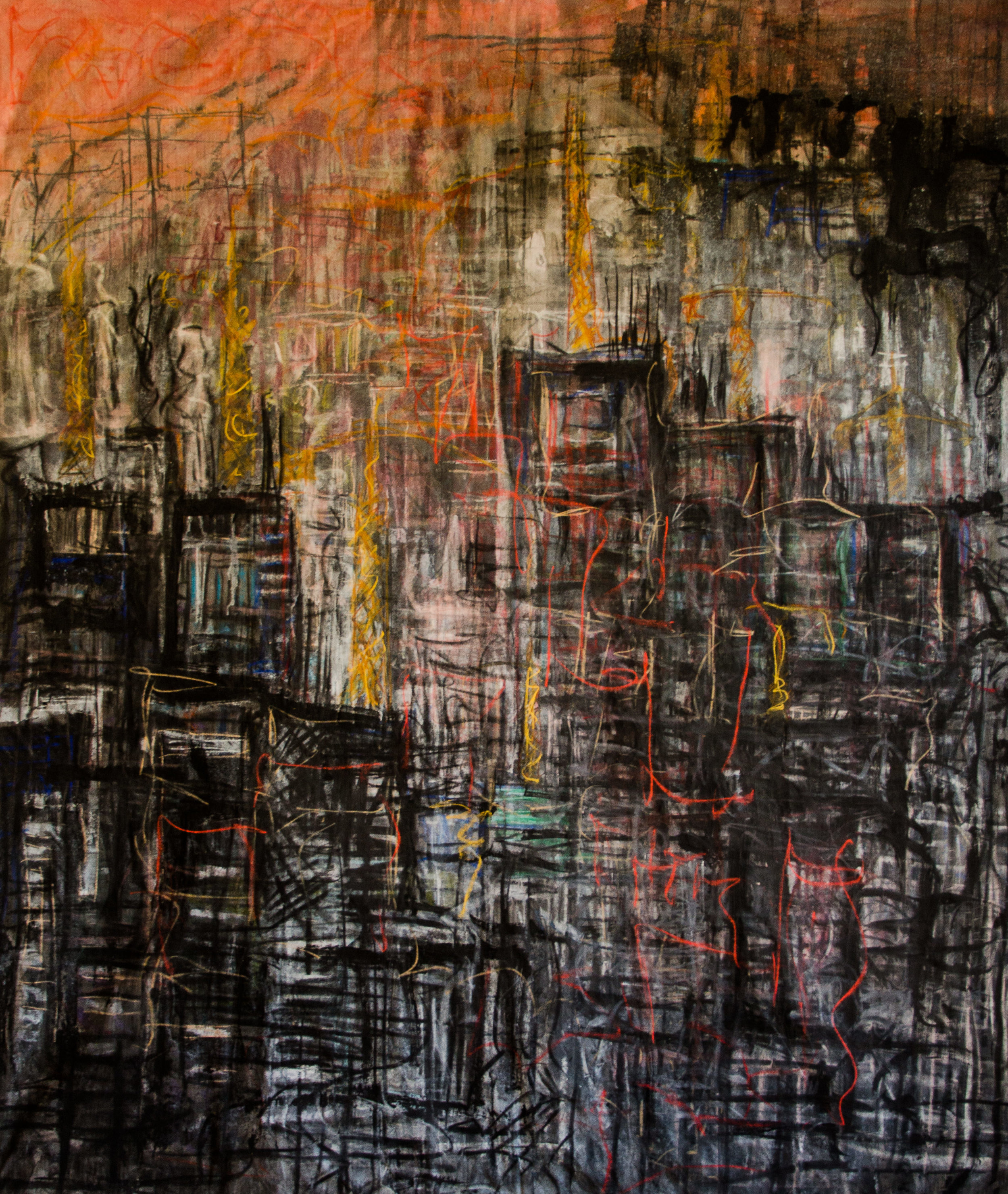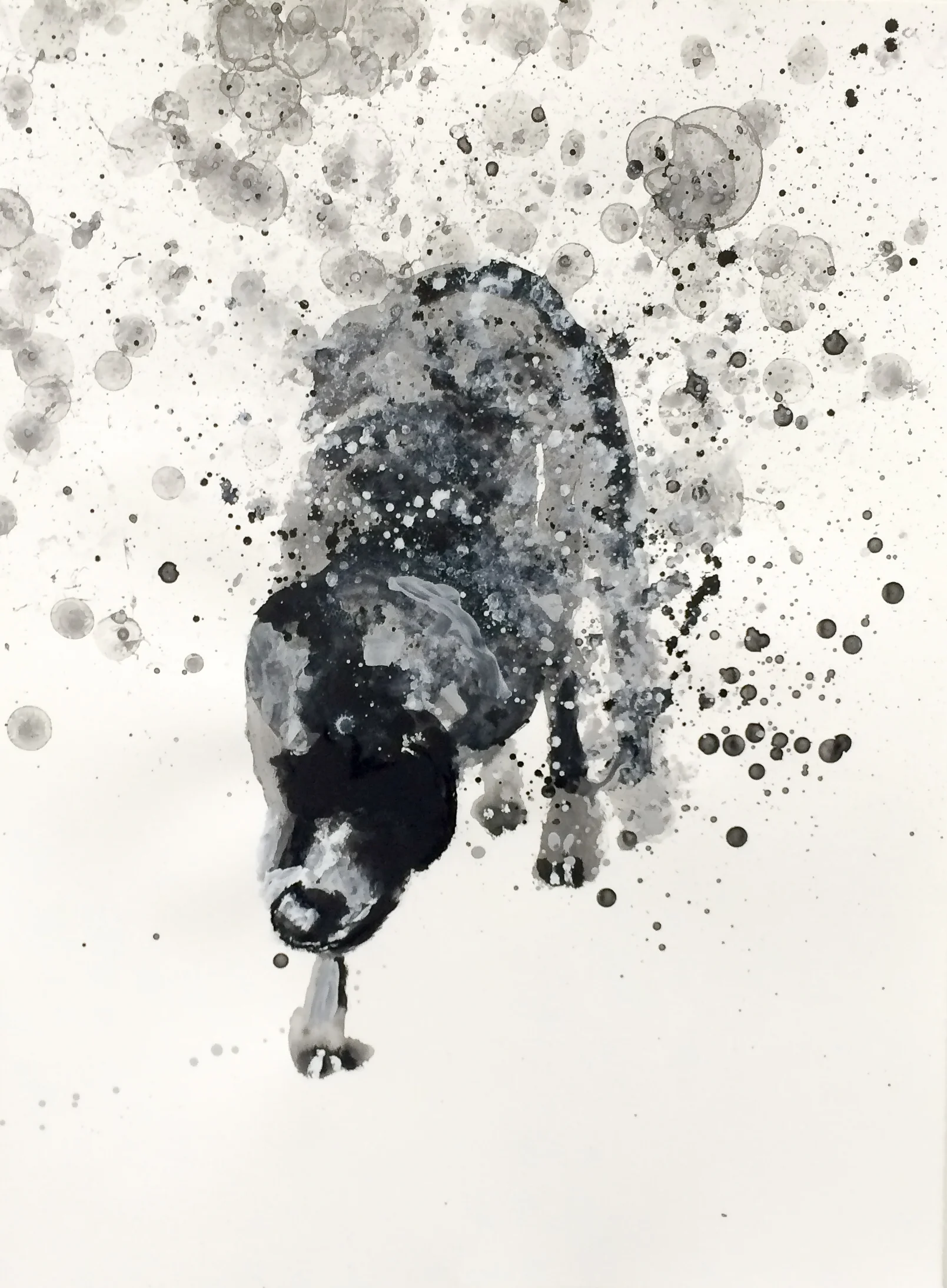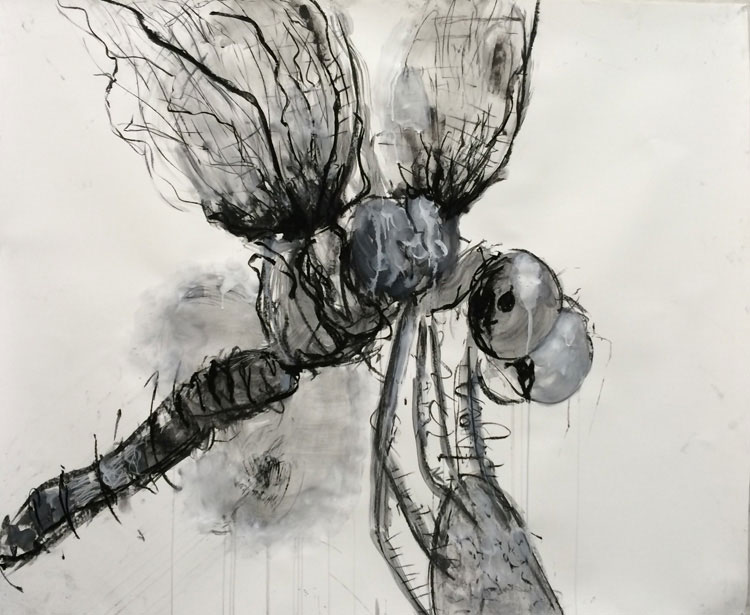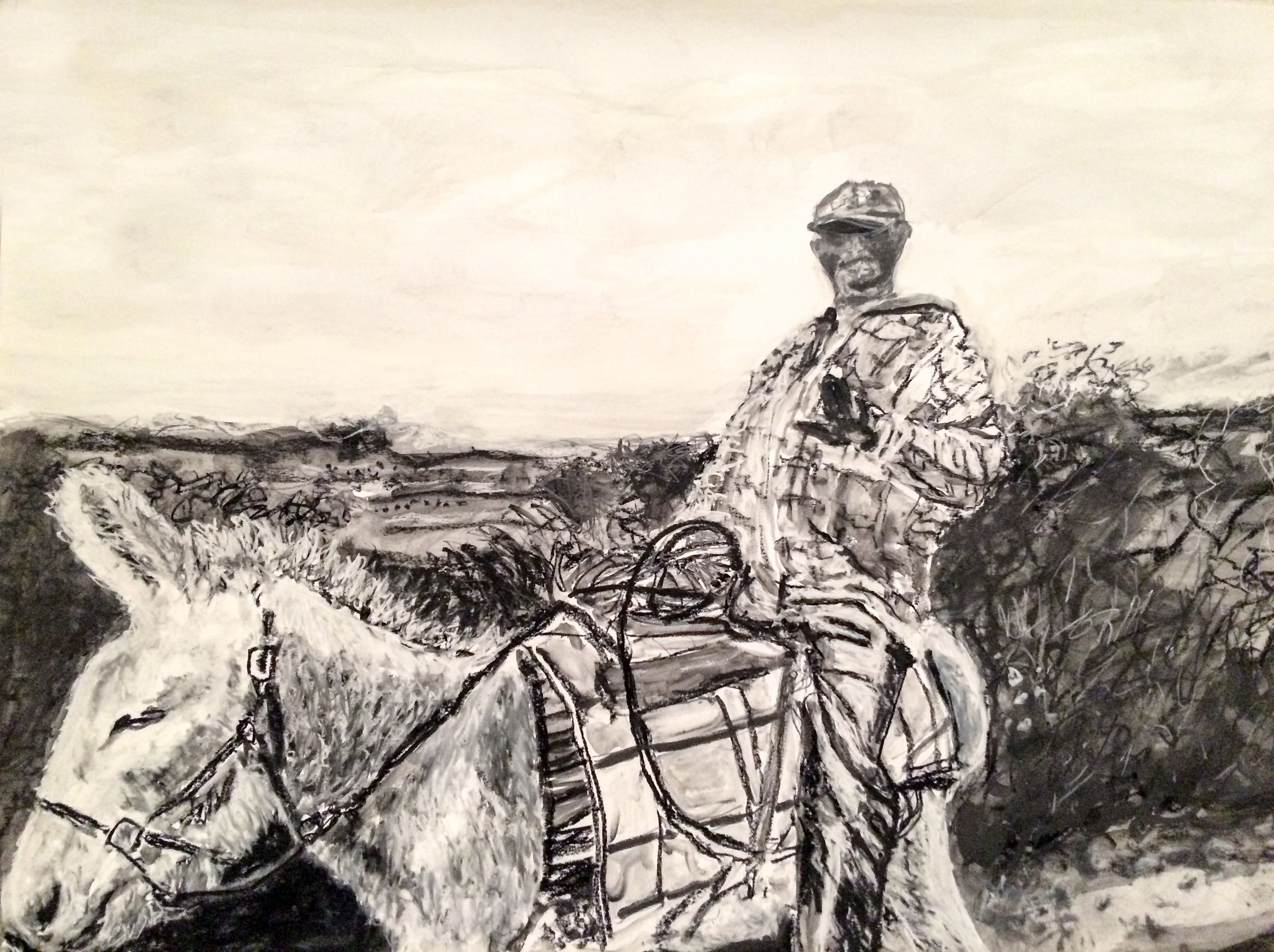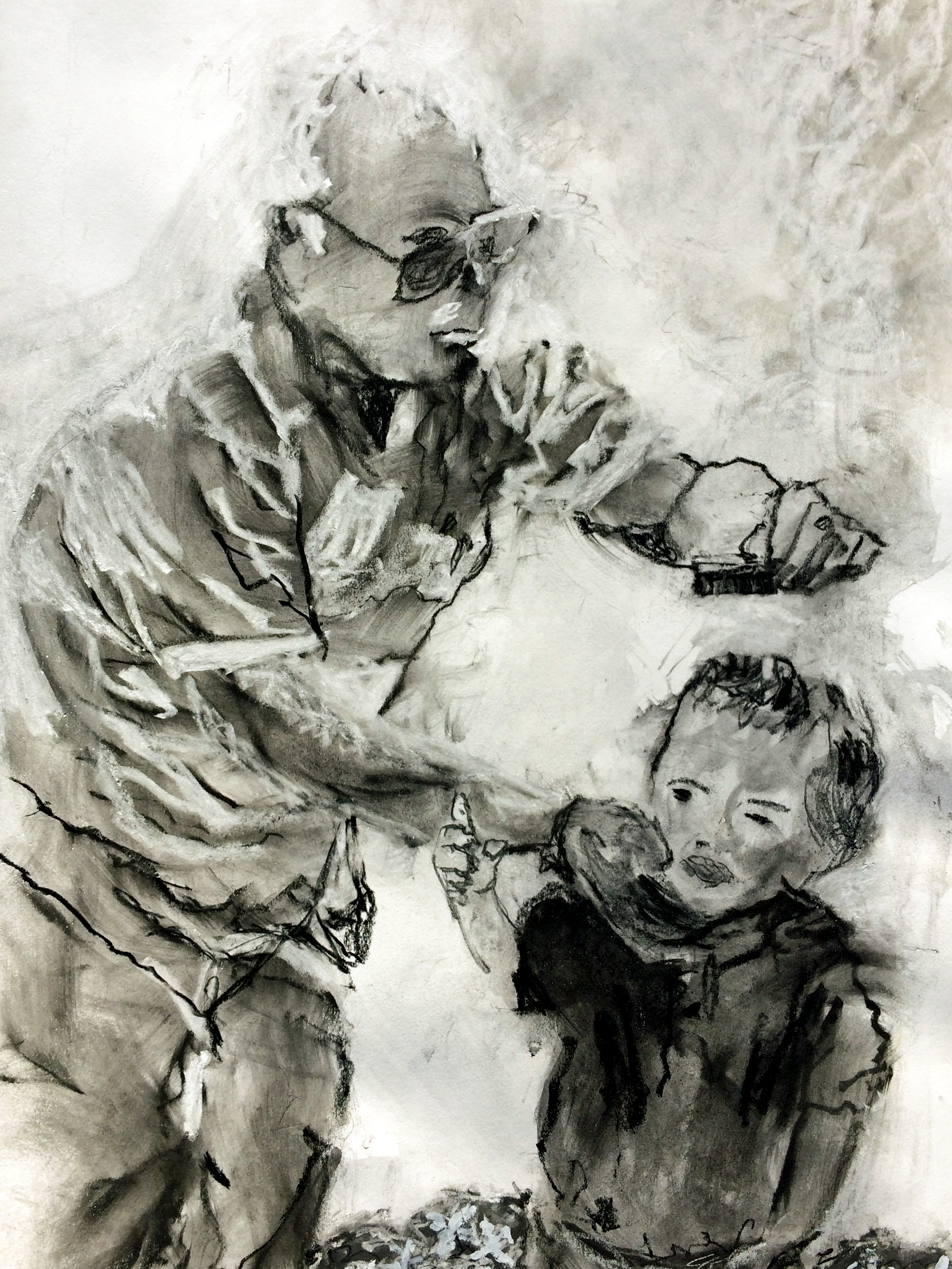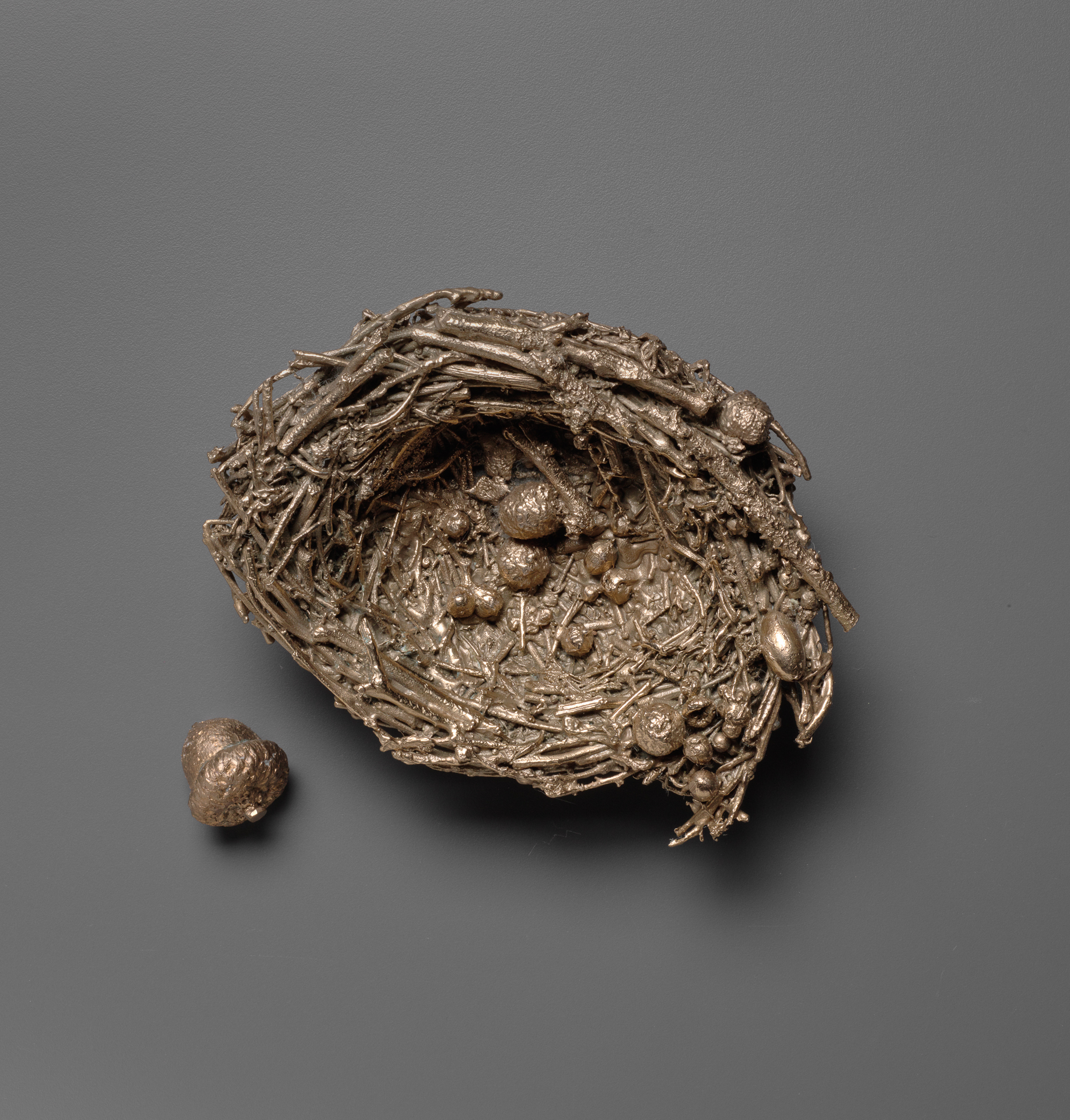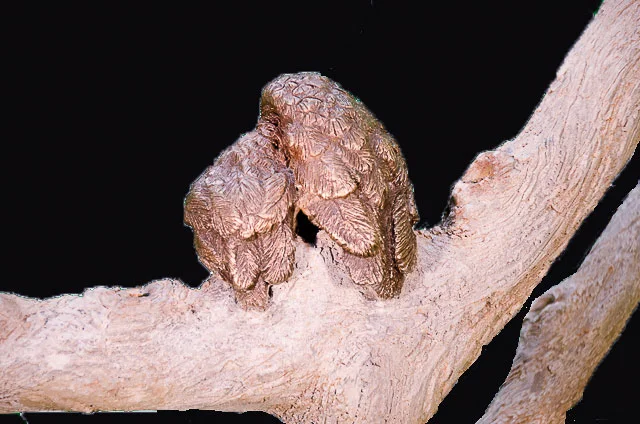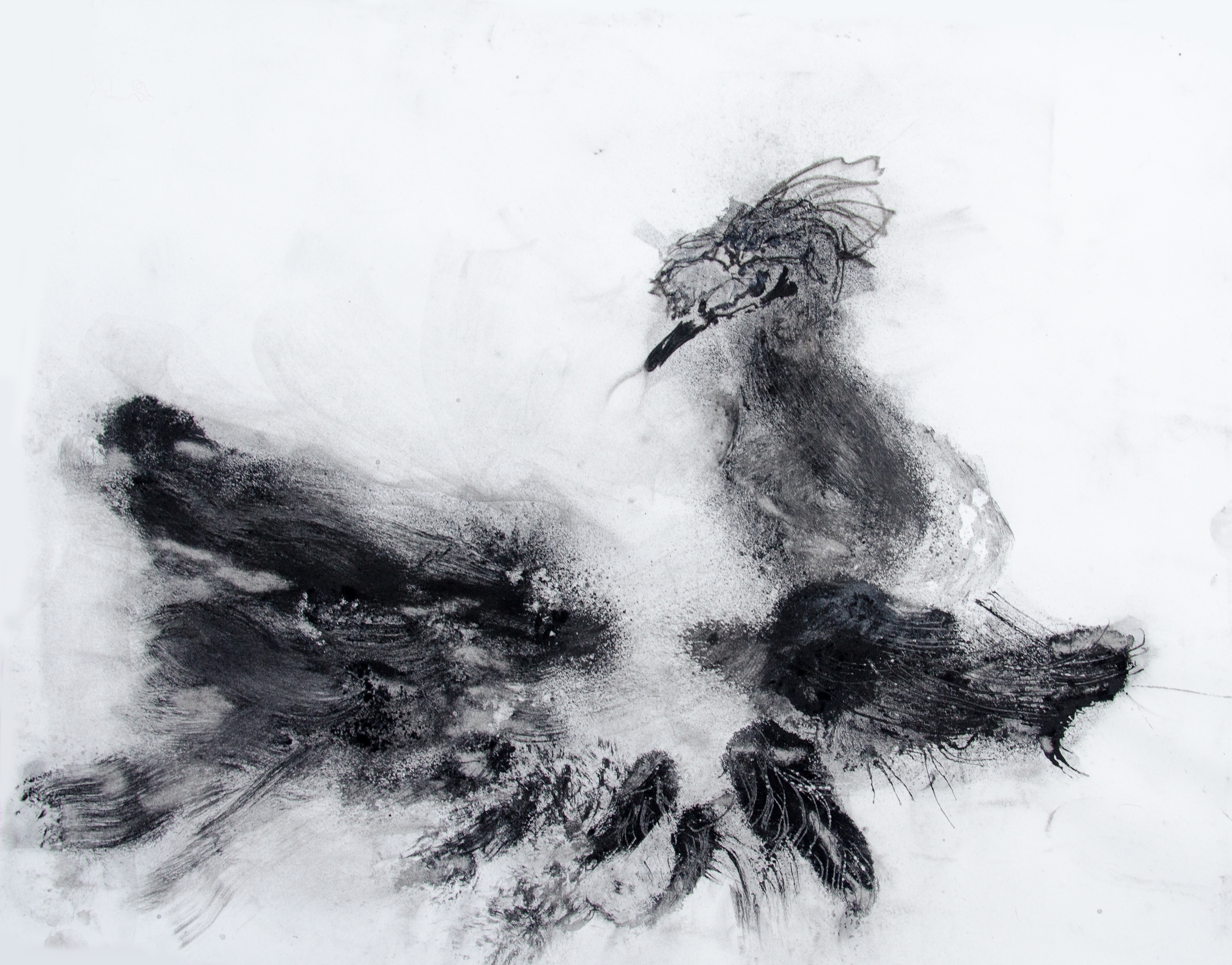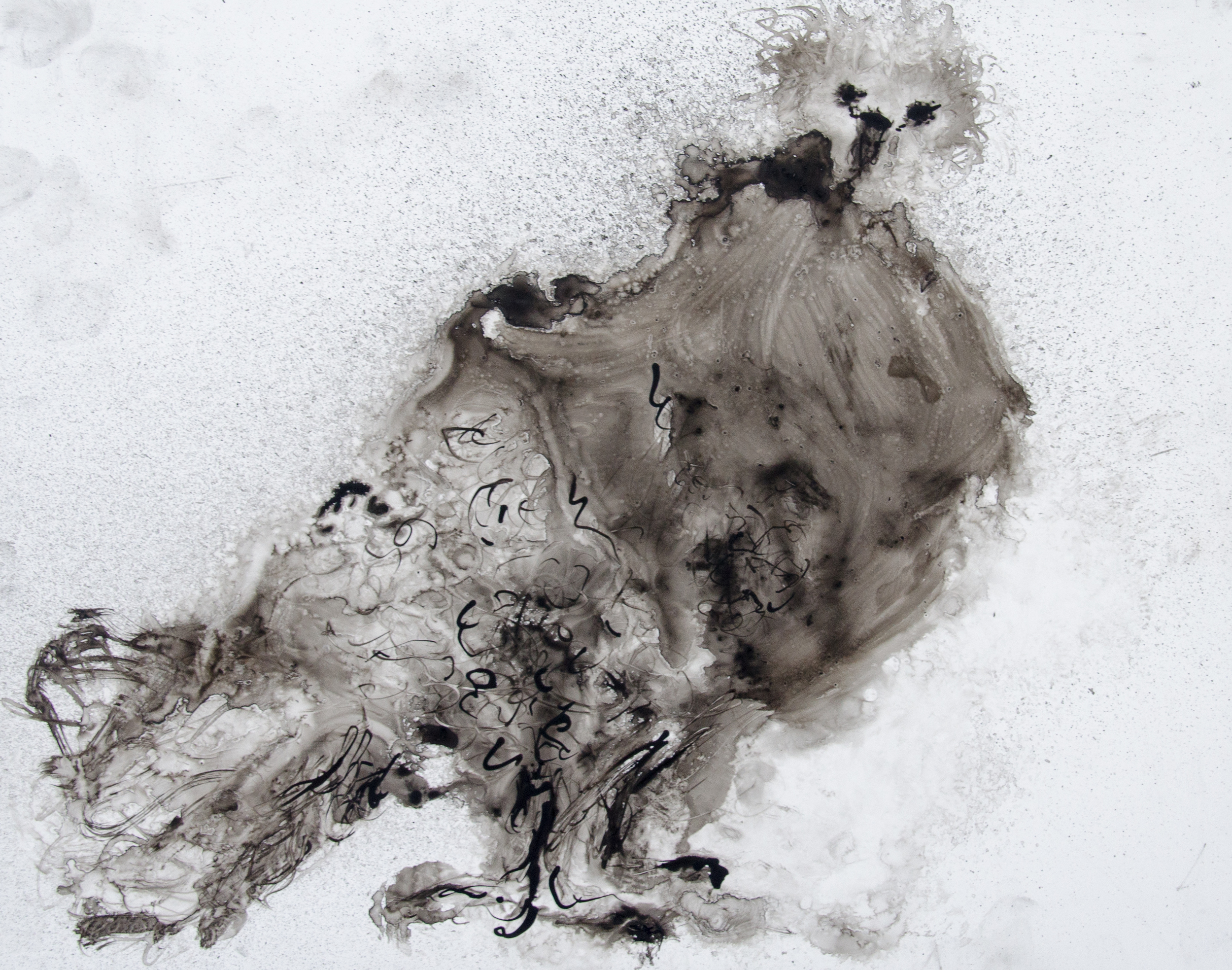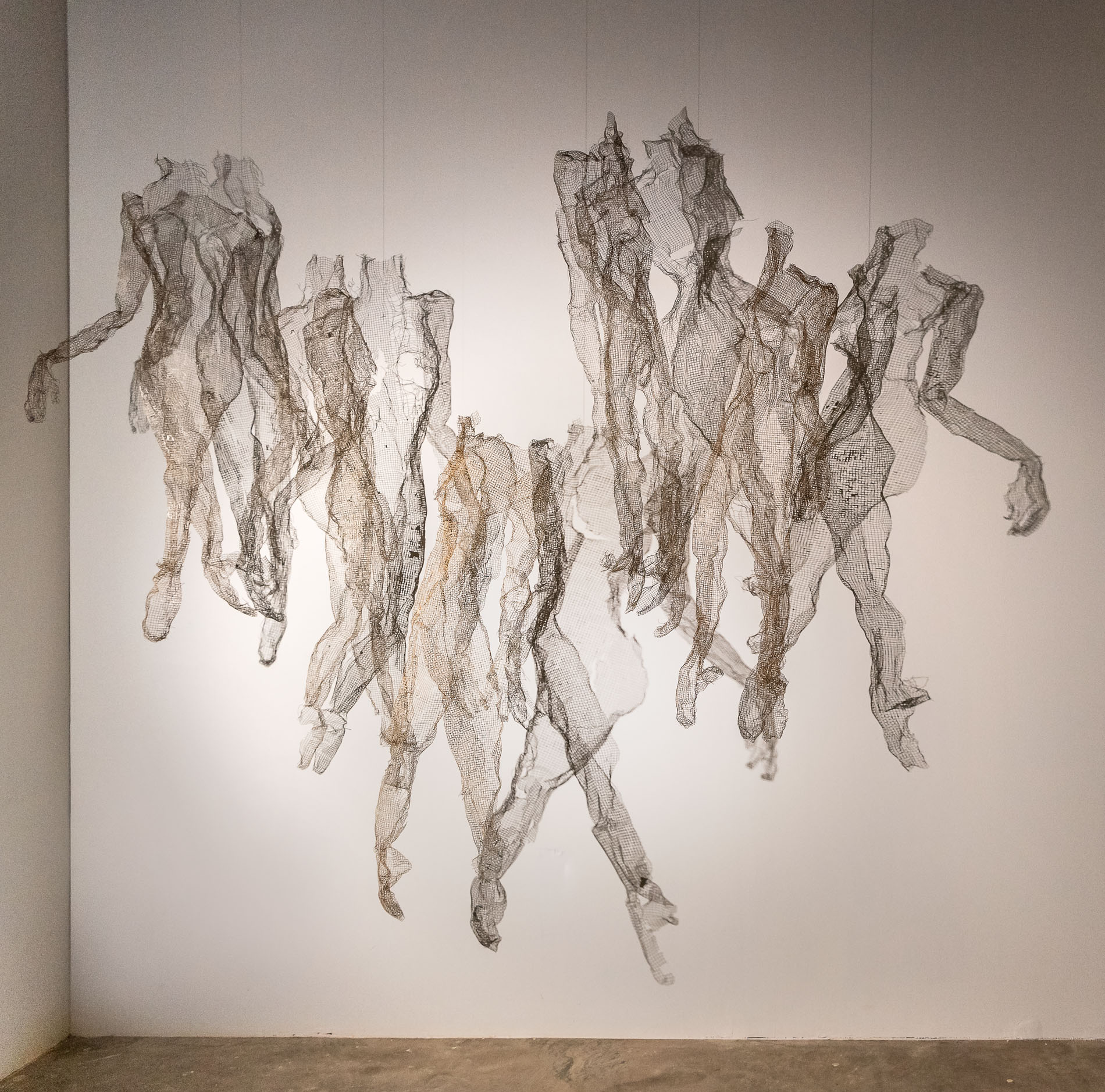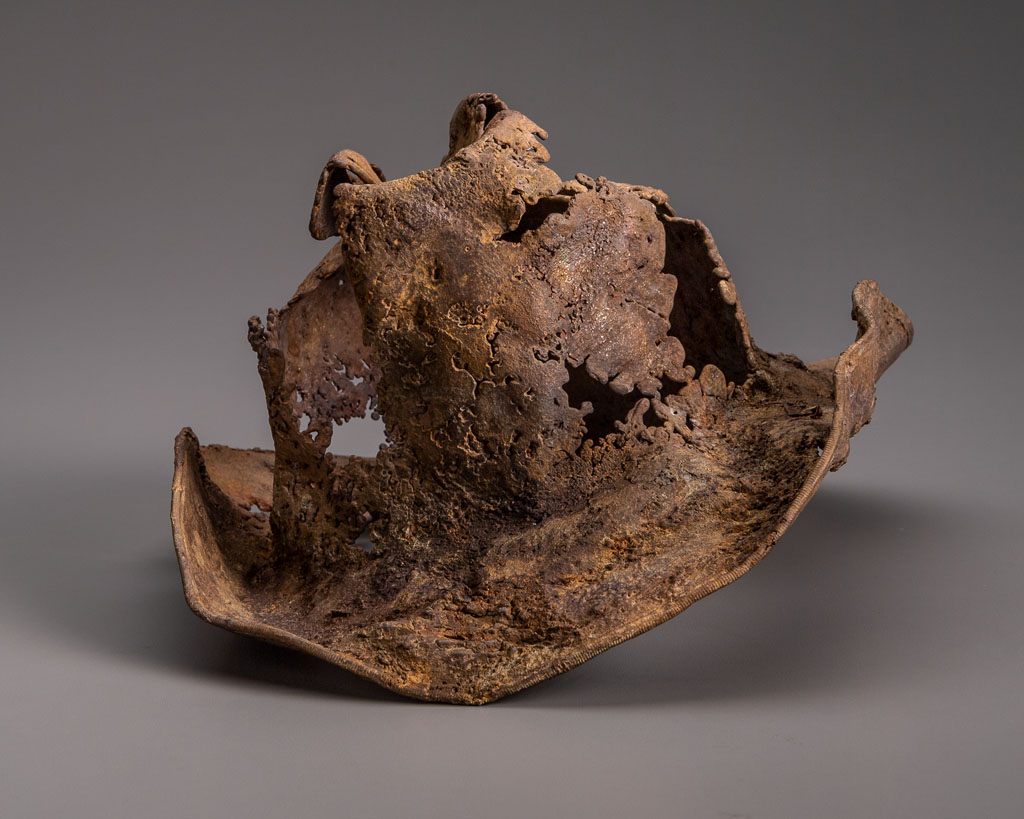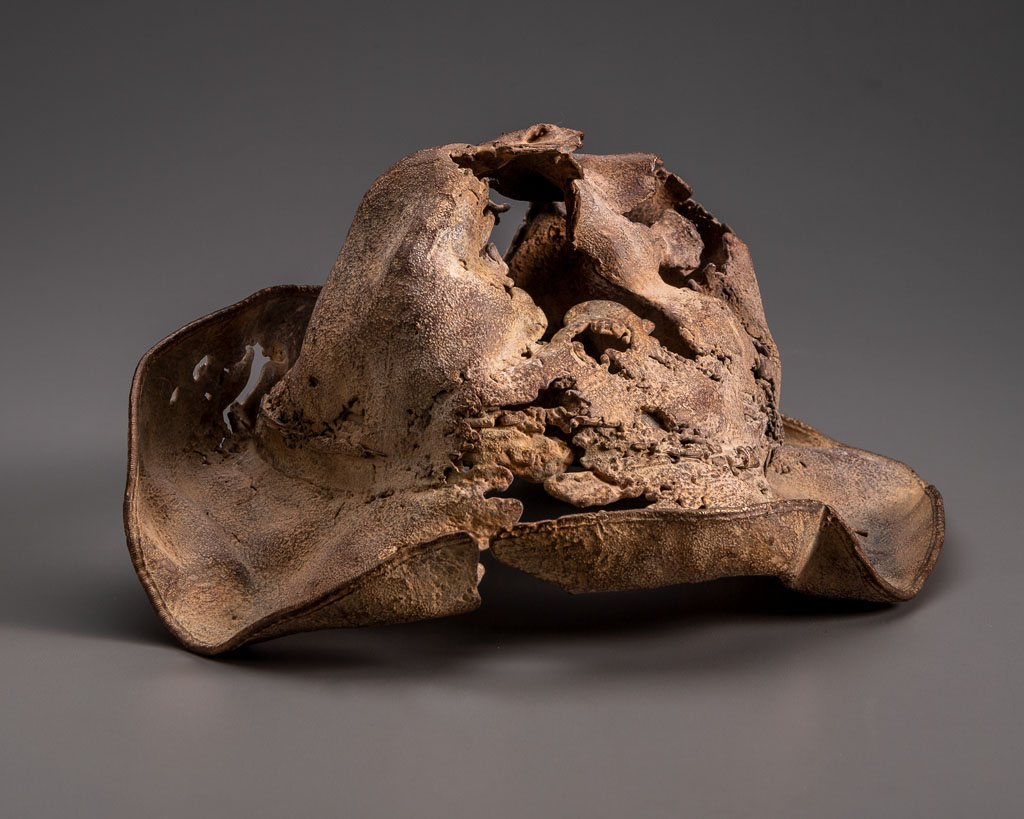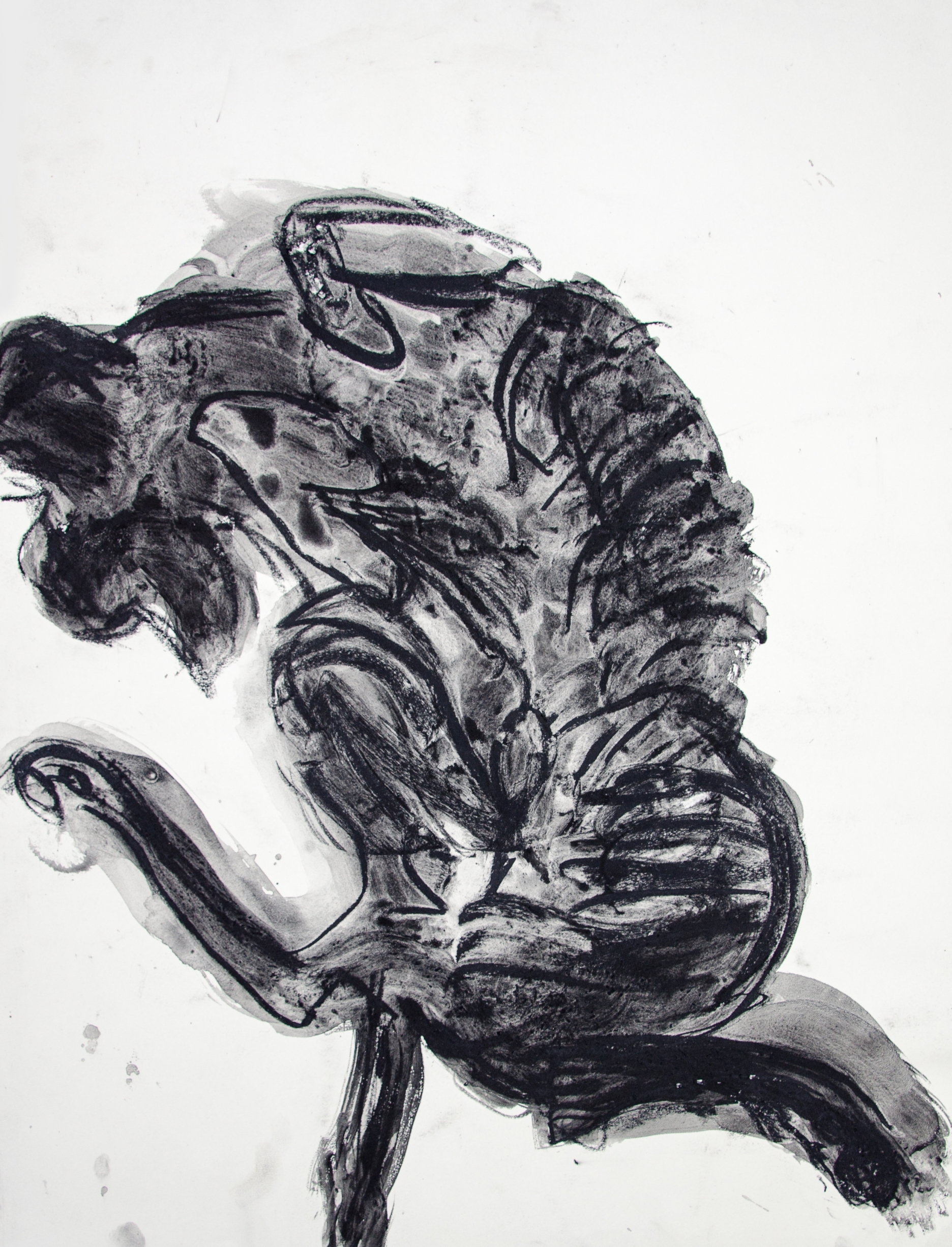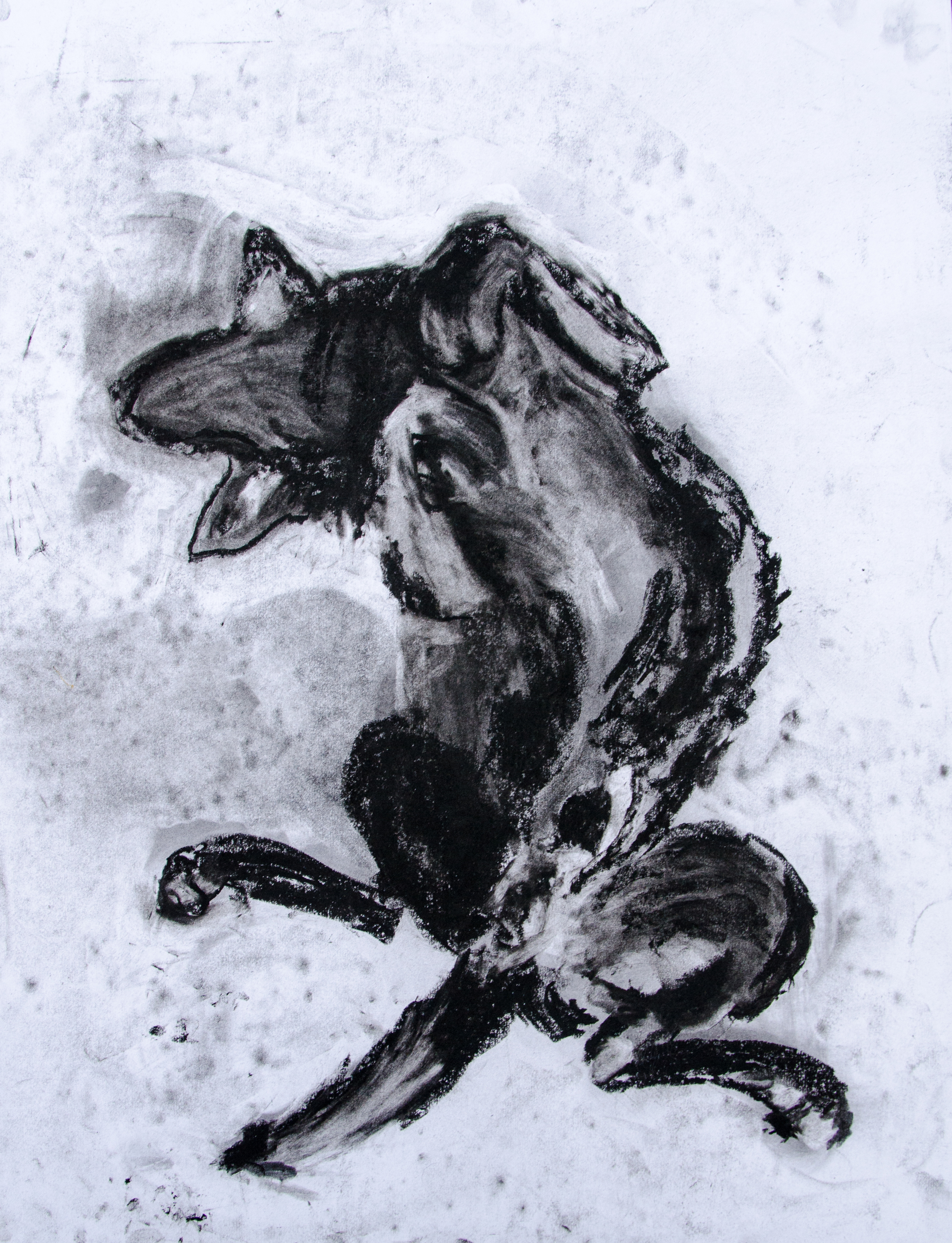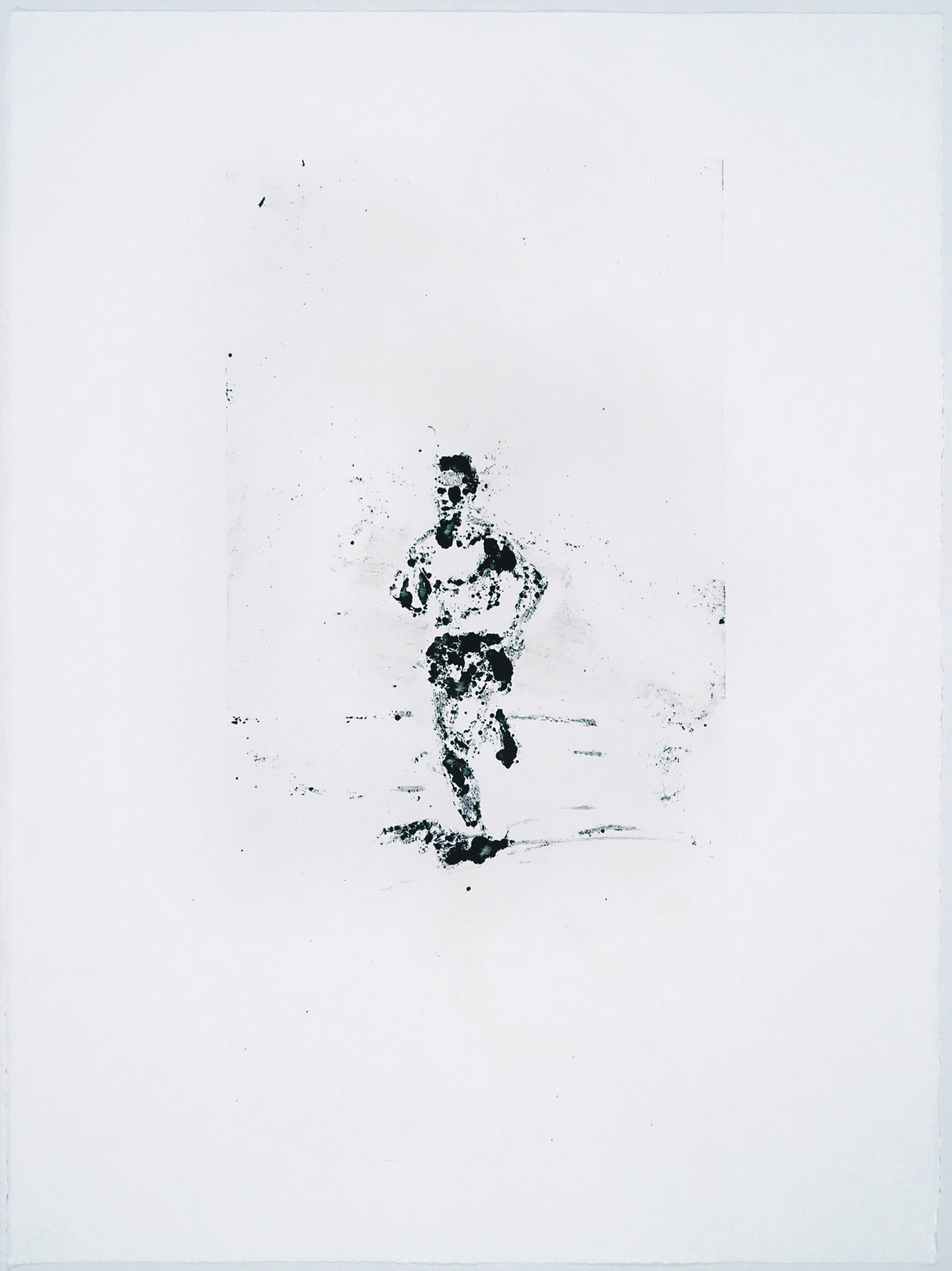14” X 6” X 6”
Found objects — a glass jar and cork lid, shale, charcoal, mesh, distilled water, Springtails, a Monarch carcass, living soil, Horseherb (Calyptocarpus vialis), Bigfoot Waterclover Marsilea macropoda, two chrysalides, two oyster shells, and a bird skeleton.
I documented the event by having the participants take a small step as a community to build a healthy functioning ecosystem collectively. Earth's water system is a closed water system. Although we can make soil, we cannot make more water.
As a symbolic gesture before the discussions began, each person added an element to provide the future with a water system to sustain life on Earth. The objects in the documentation are found objects — a glass jar and cork lid, shale, charcoal, mesh, distilled water, springtails to eat the fungus, and a Monarch carcass to envision the future. Sourced from Symbiosis, the piece includes living soil, Horseherb (Calyptocarpus vialis), Bigfoot Waterclover Marsilea macropoda, two chrysalides, two oyster shells, decaying plant matter and a bird skeleton.
After the event, I added elements present in earthly healthy ecosystems; the bird skeleton I found in Symbiosis last spring, two chrysalides vacated by butterflies and left on Lawndale's fence, a dried lemon bee balm bloom, and lastly, a past Monarch butterfly. Monarchs were not witnessed in Symbiosis' first year. I found this Monarch on the sidewalk of my neighborhood. To recover endangered species, we envision them in our terrain, provide habitat and plants that give them nectar. I placed the terrarium on two broken concrete pavers. As an urban community, we successfully built an ecosystem where our actions support natural systems that temper weather and provide clean water and air.
In 2021 I proposed to Lawndale a social Sculpture that addresses the three ways humans intersect soil in Houston. The way we treat our soil impacts two ingredients necessary to sustain life on Earth, water and air.
Public policy, Design industry, and Art activism.
Water + Air + Citizens is a discussion that looks at three ways Houstonians (humanity) impact these natural systems through urban landscapes.
Medians, yards, gardens, lots, parks, blocks are all surfaces of Earth. But, by any name, the skin of our planet purifies its water and regulates its atmosphere.
As the event grew close, I began to see a bigger picture, another layer to the work. In my sculpture practice, this is a common occurrence. In this case, I became aware that the title I chose for the sculpture is three of the most potent elements in weather. First, with water, we have floods and hurricanes. We are hit with hurricanes, tornadoes, and dust bowls in the air. Finally, citizens' power of public opinion is a tremendous force and often overcomes the common sense of individuals and leaders.

